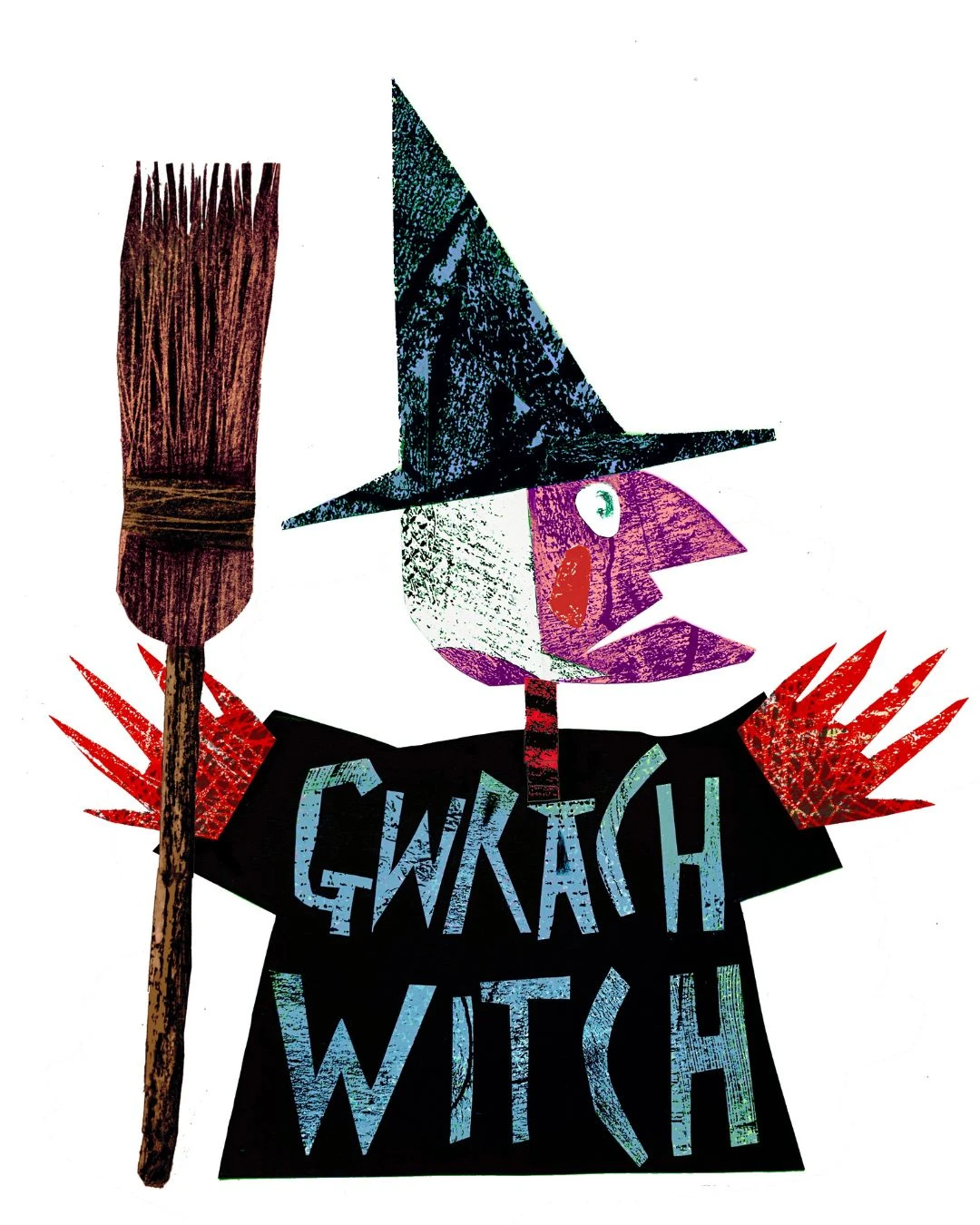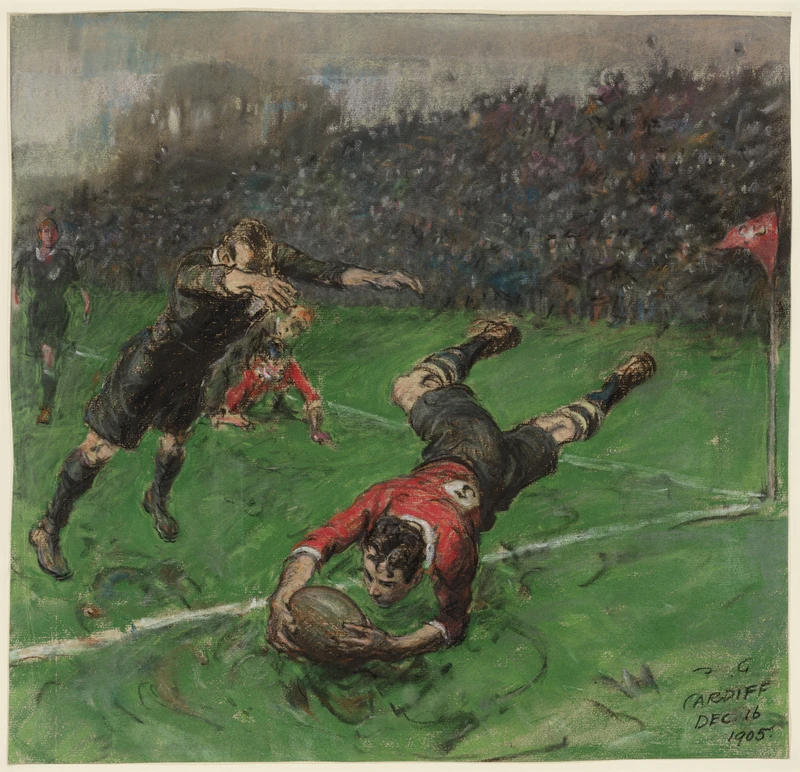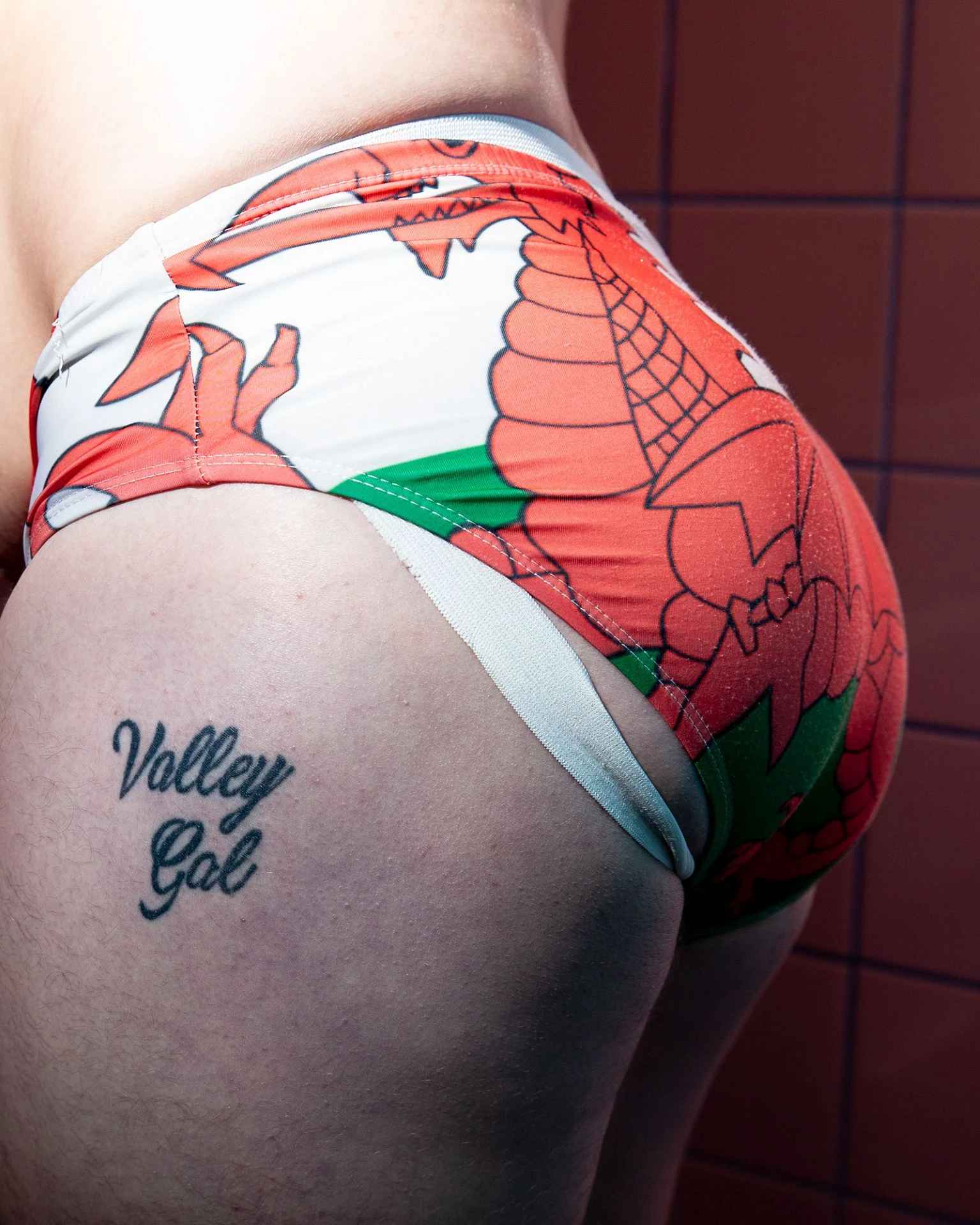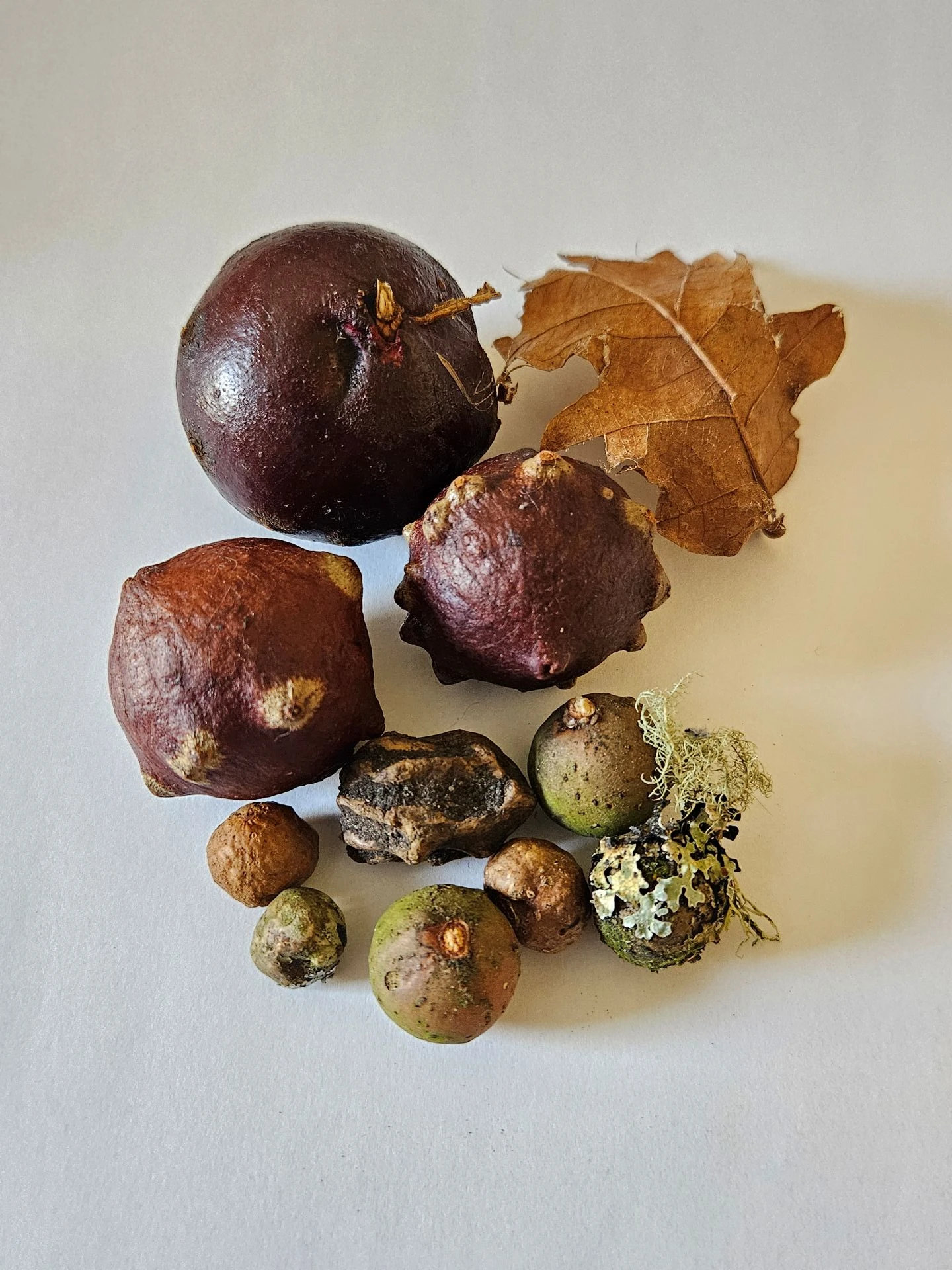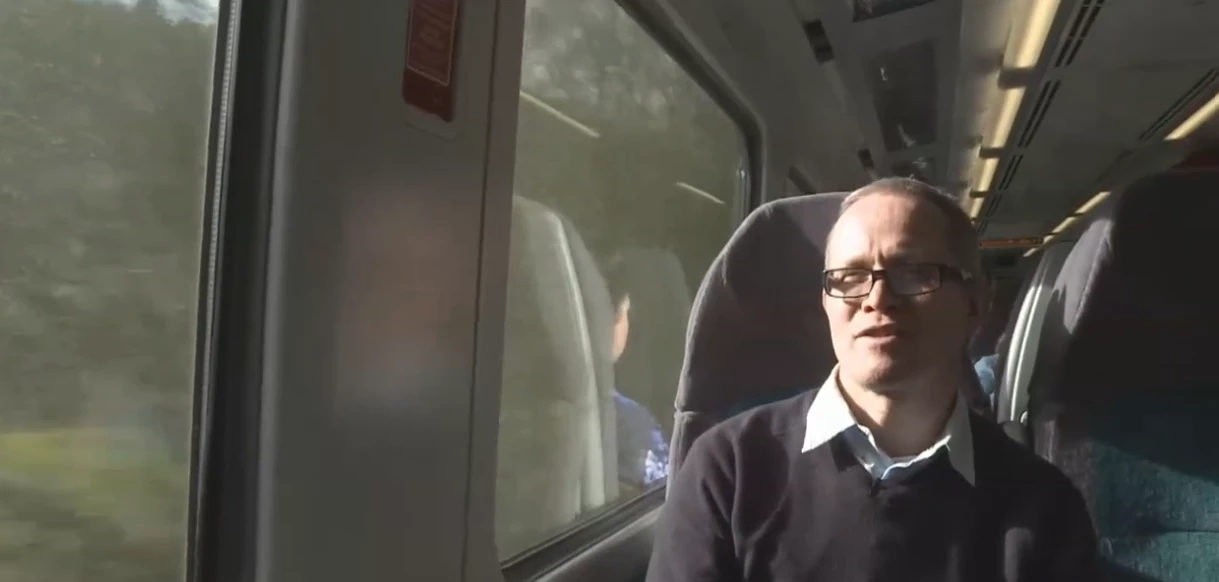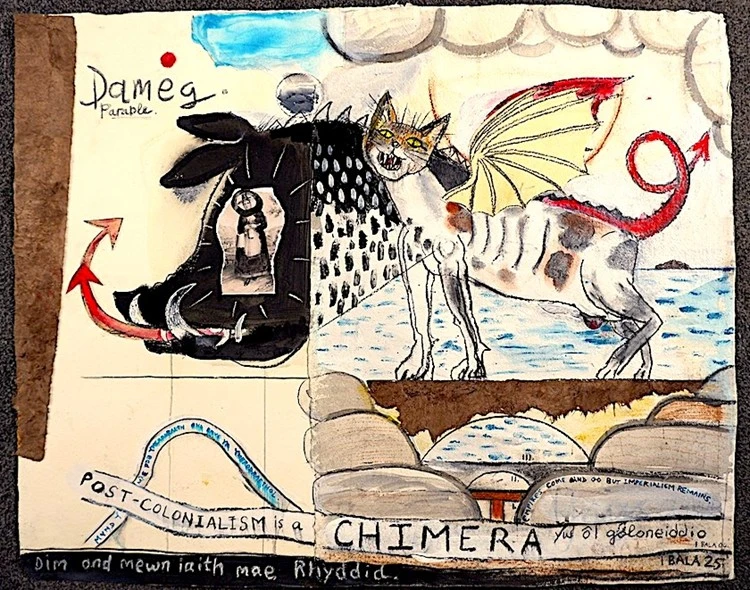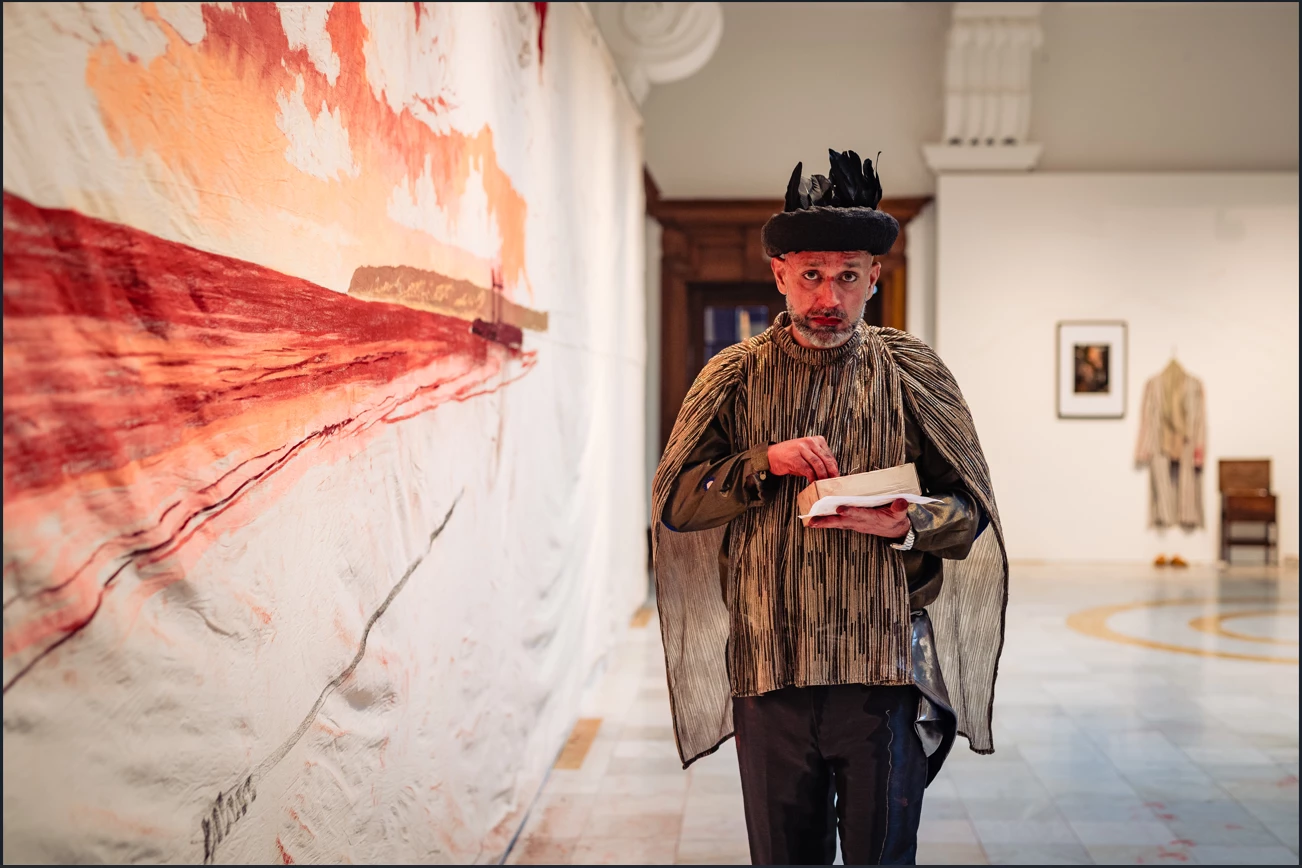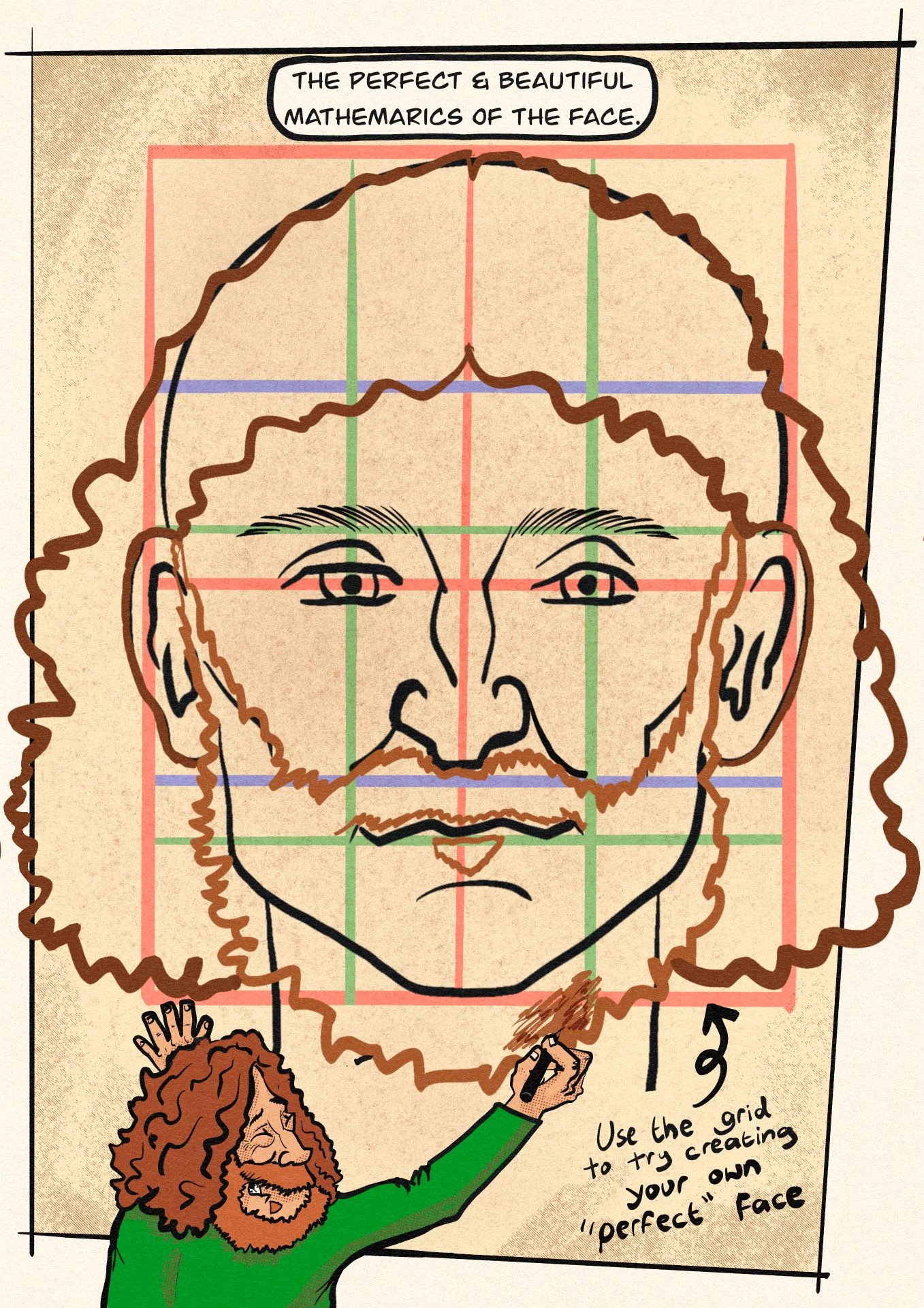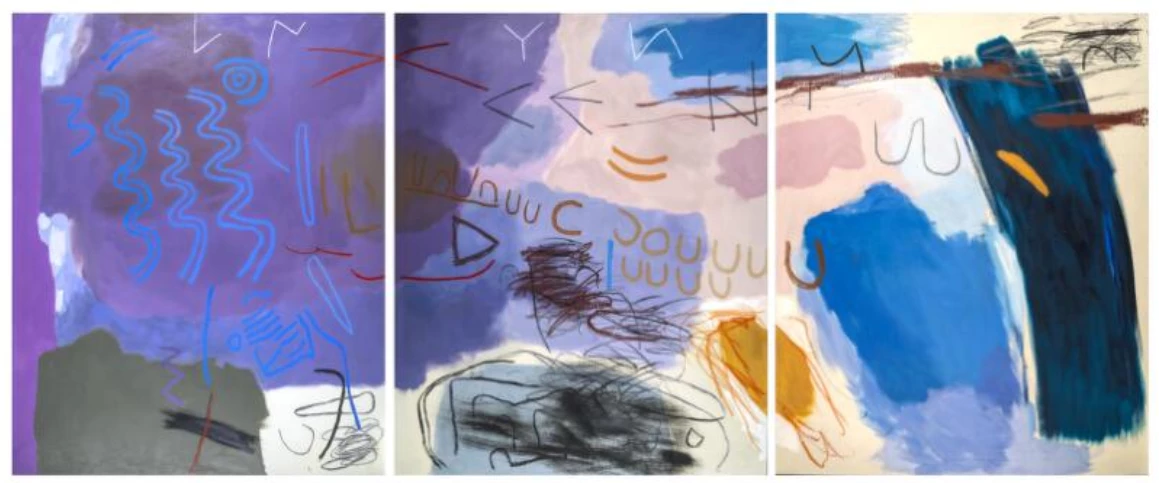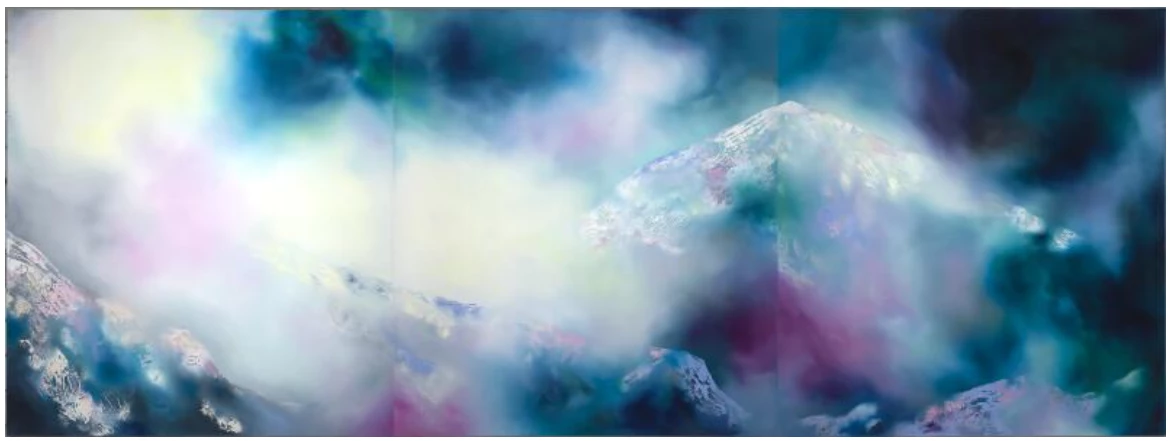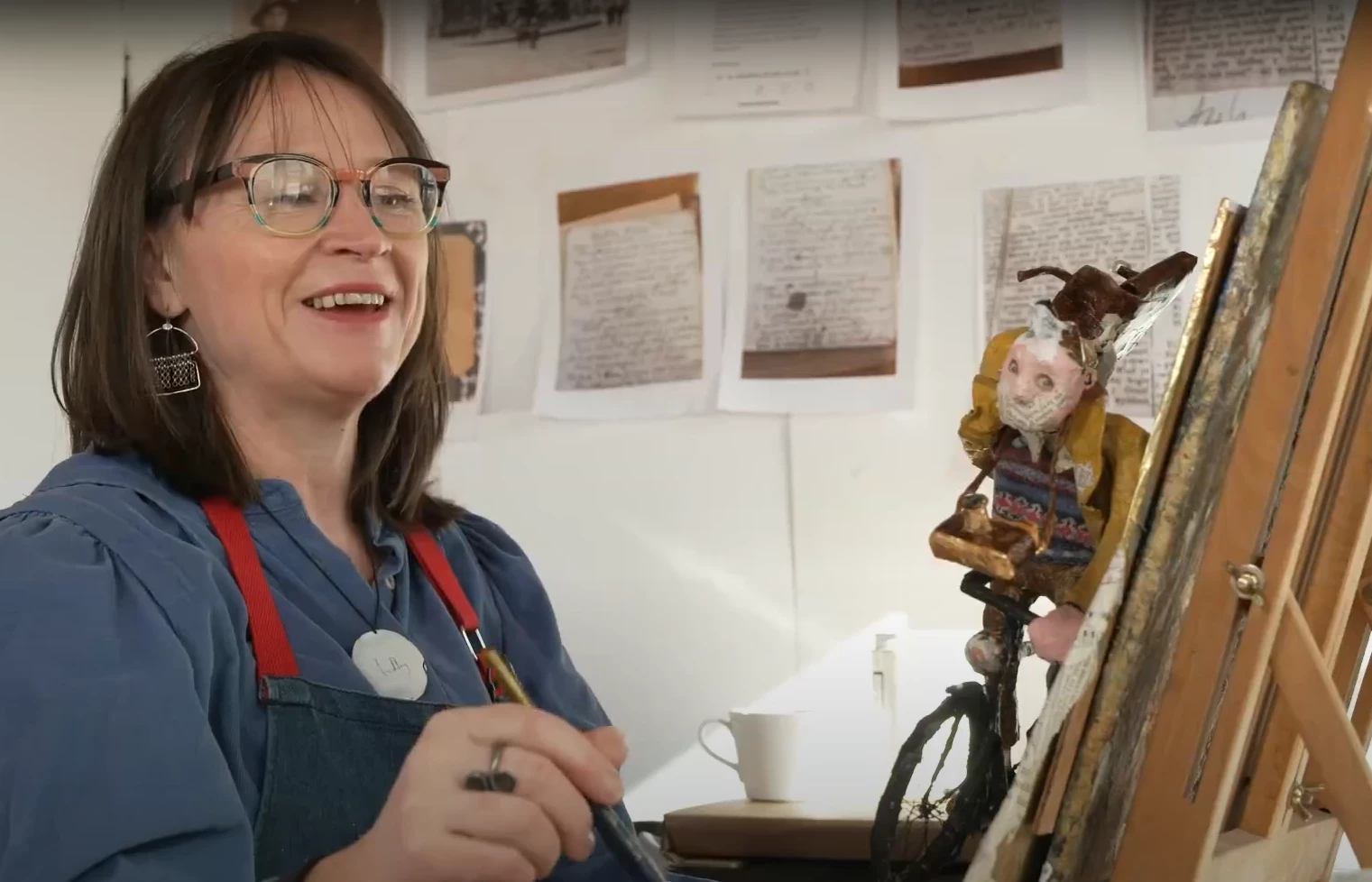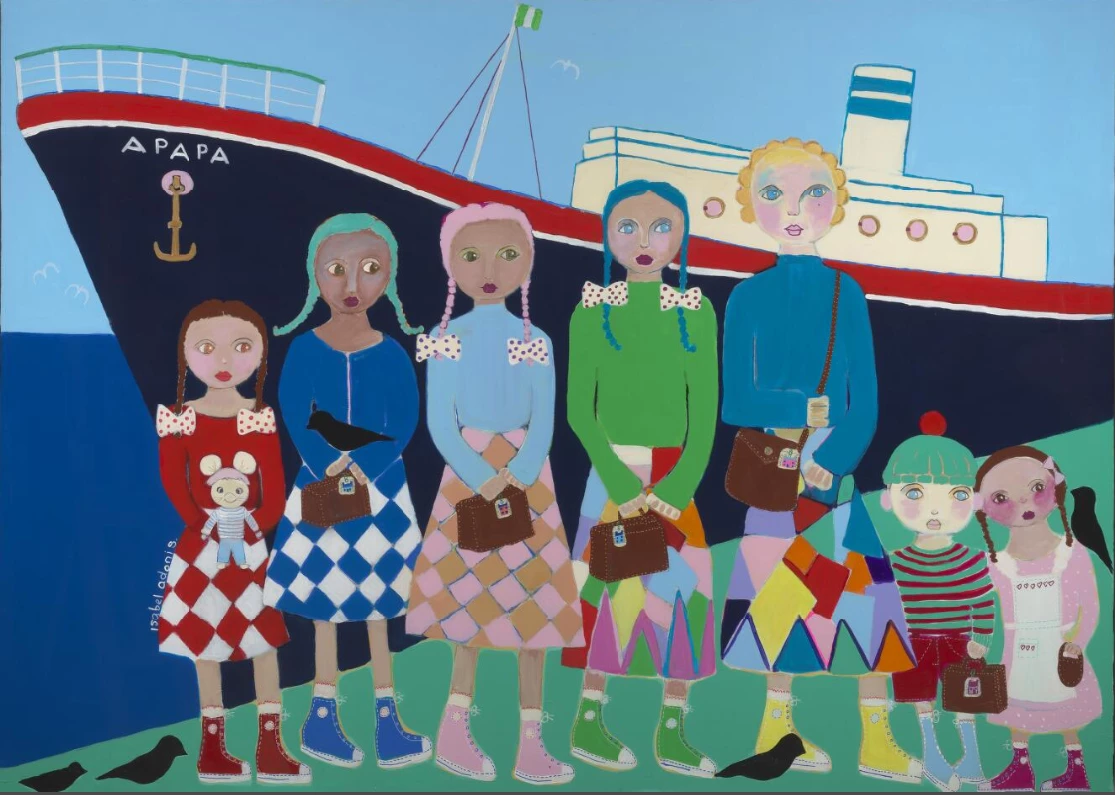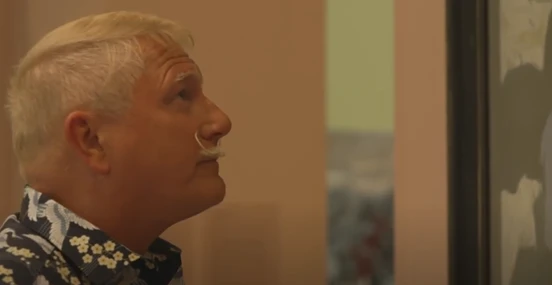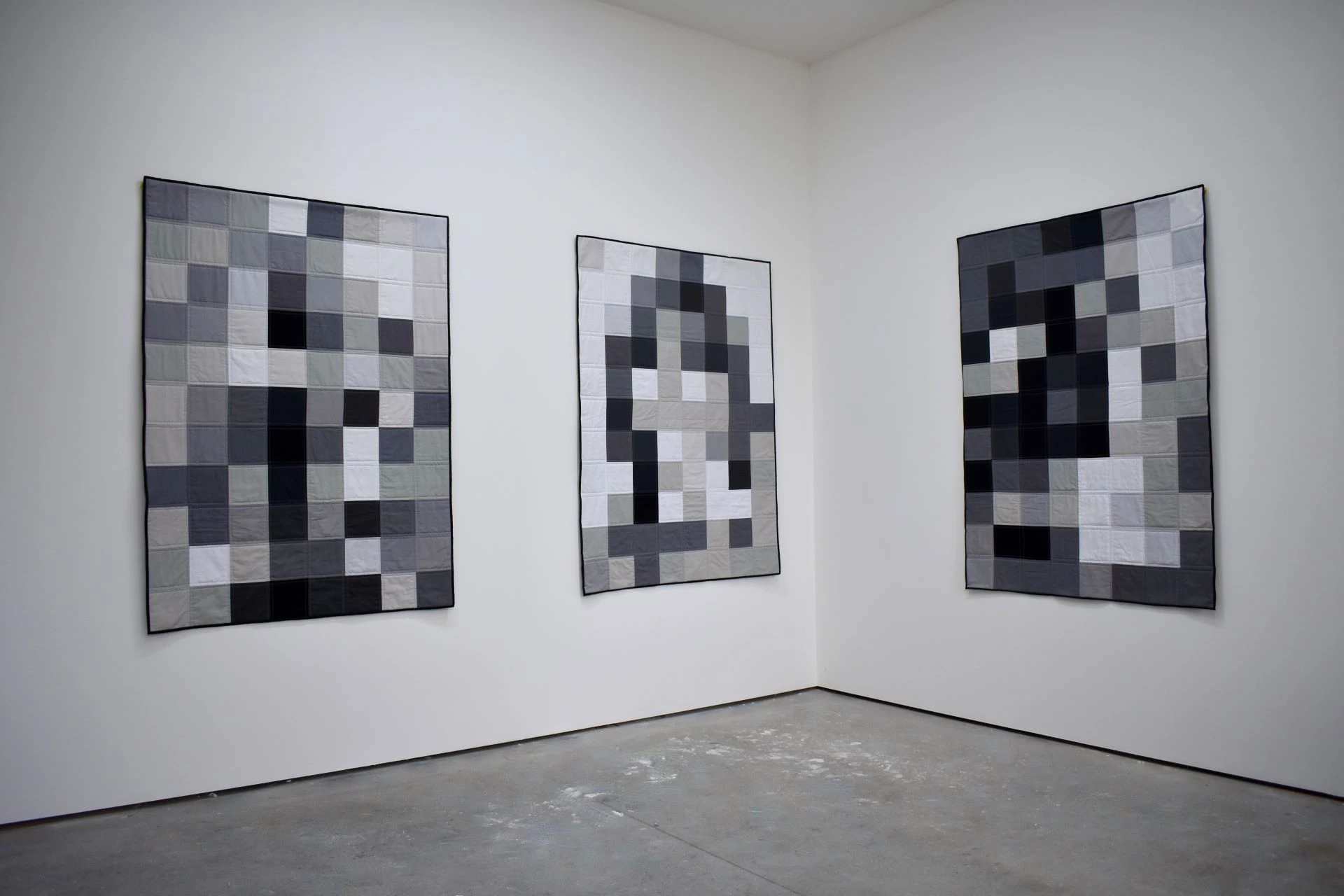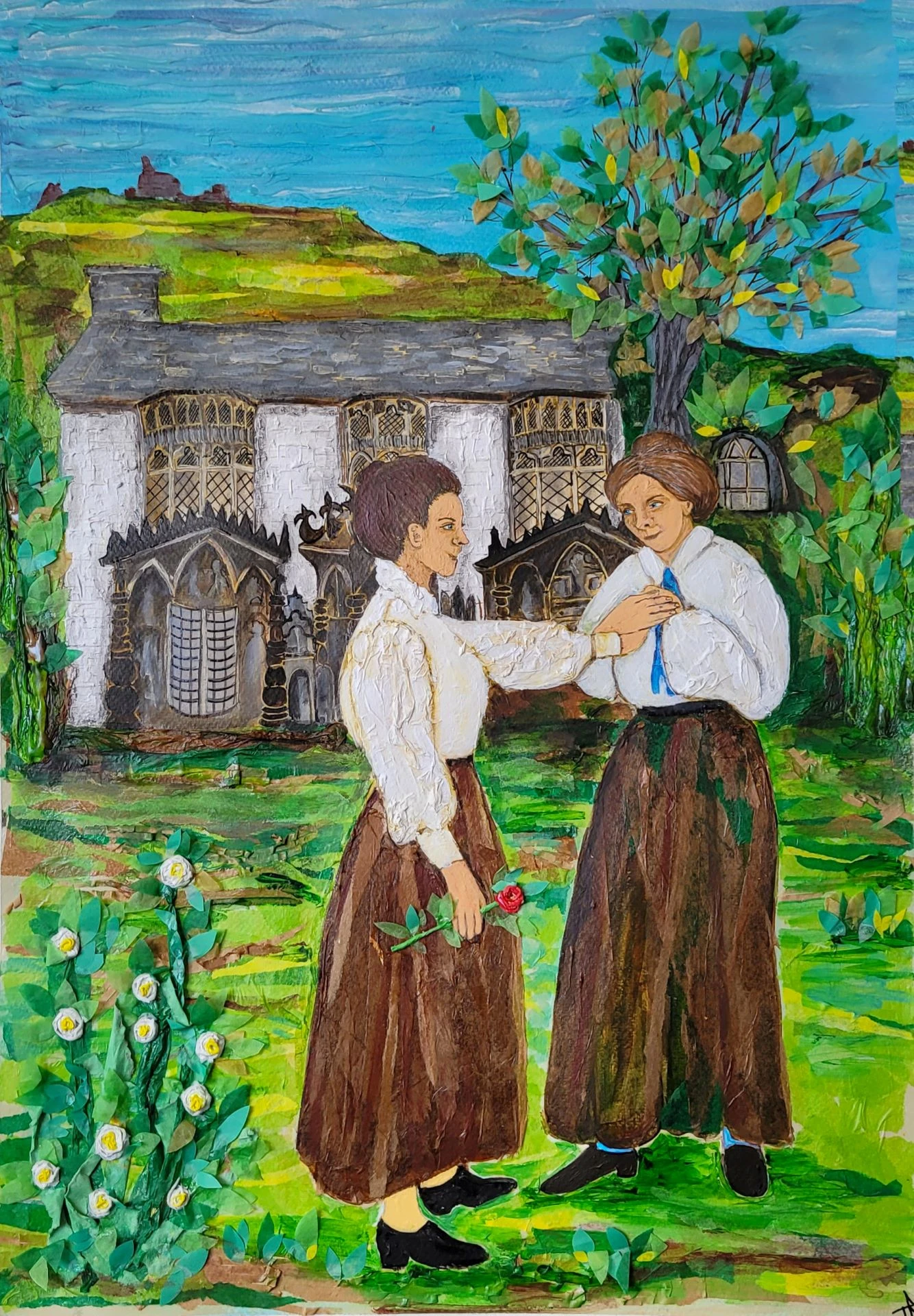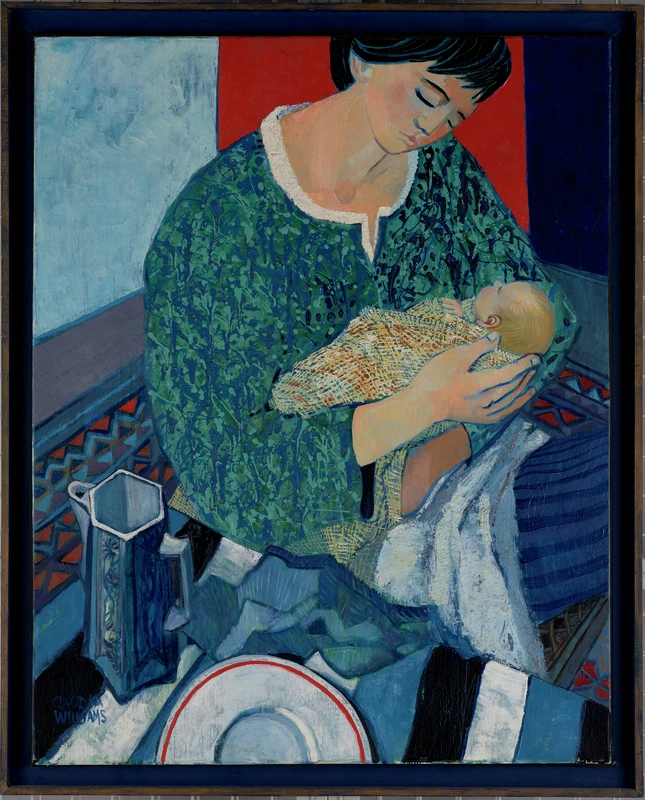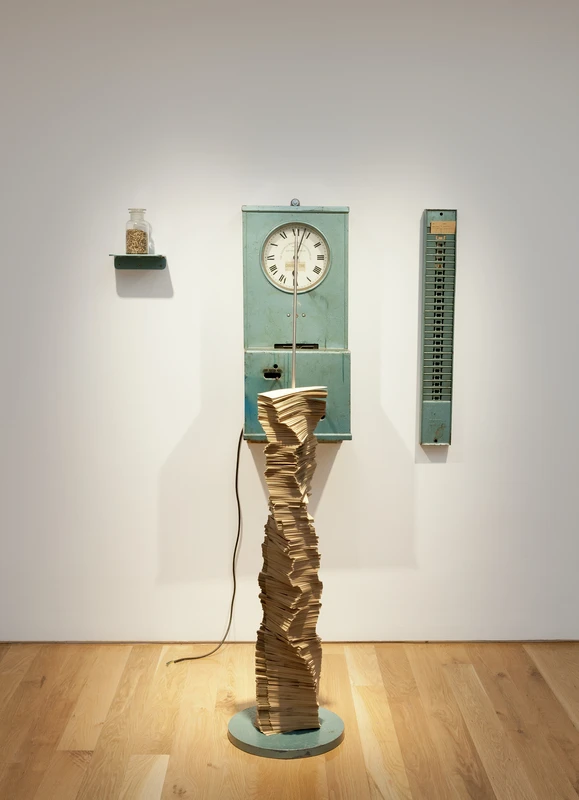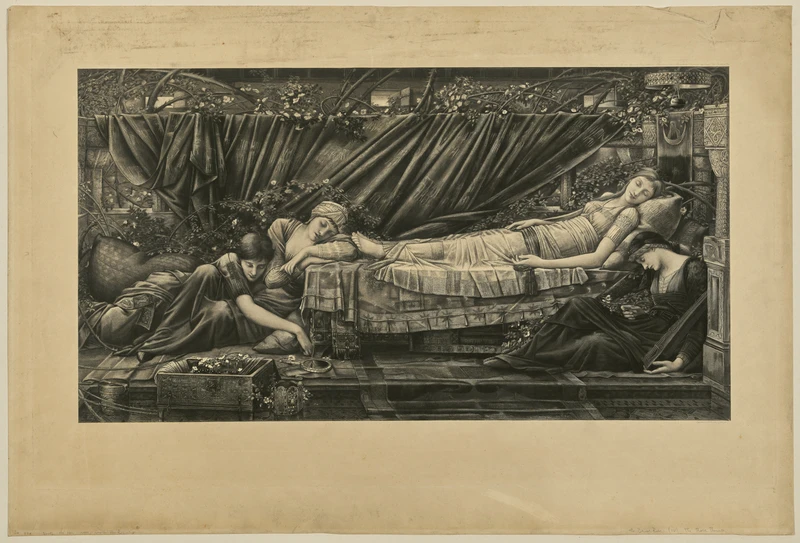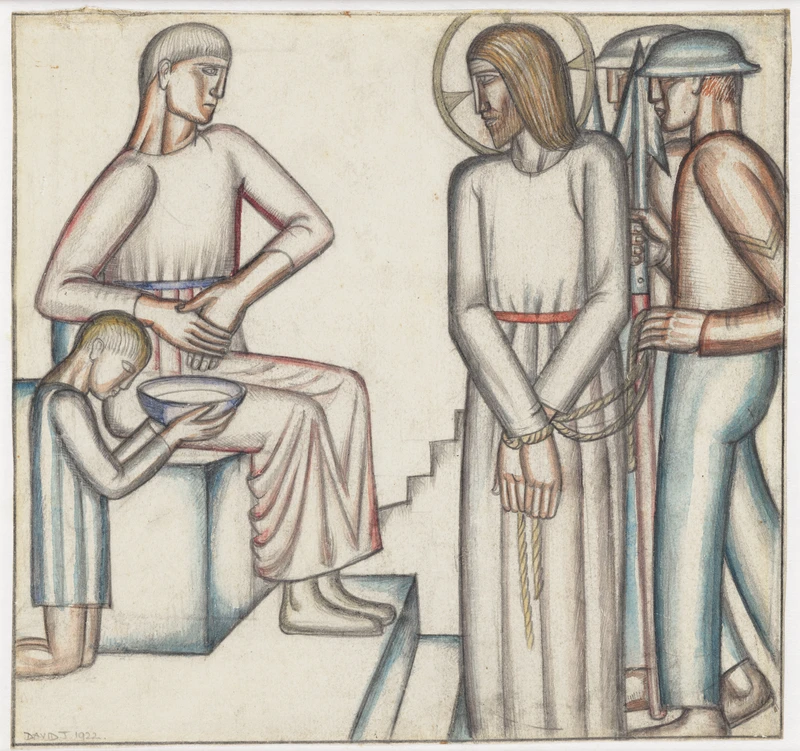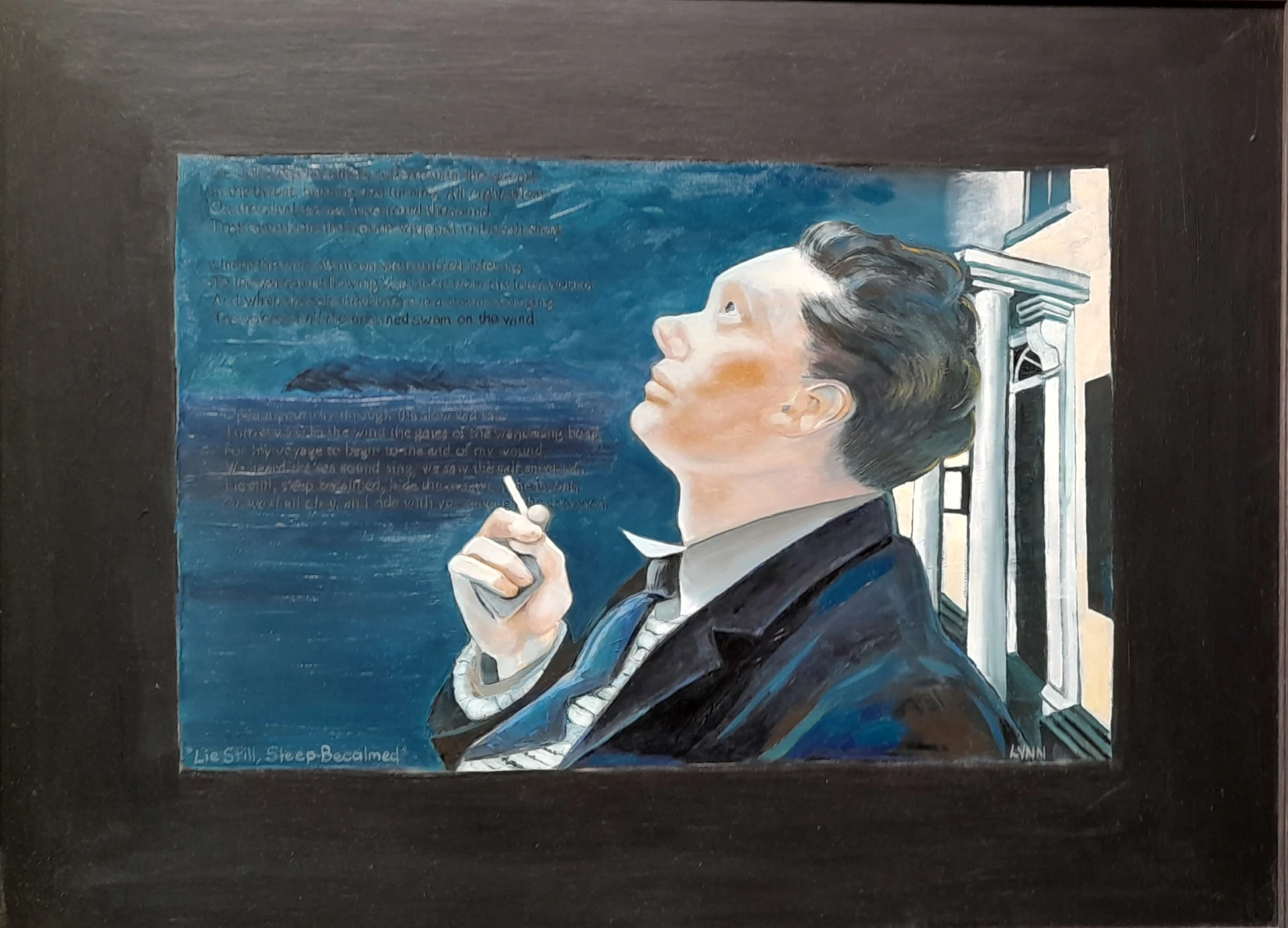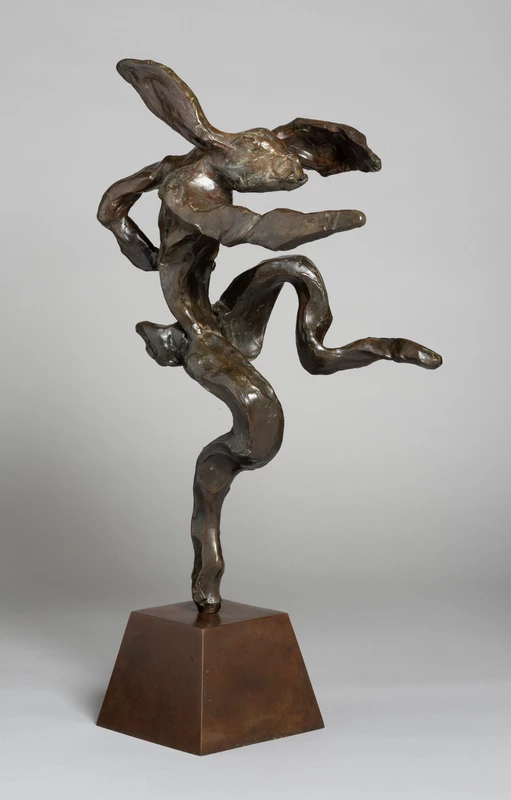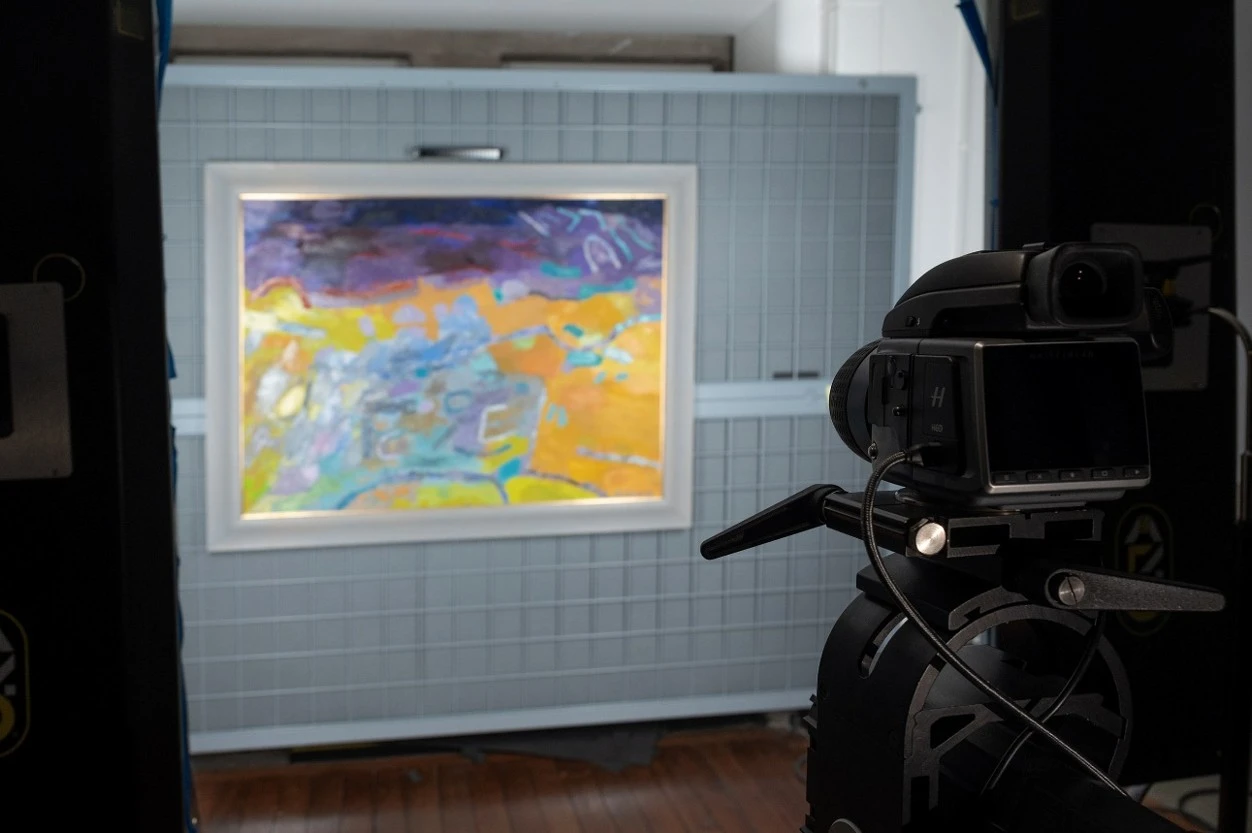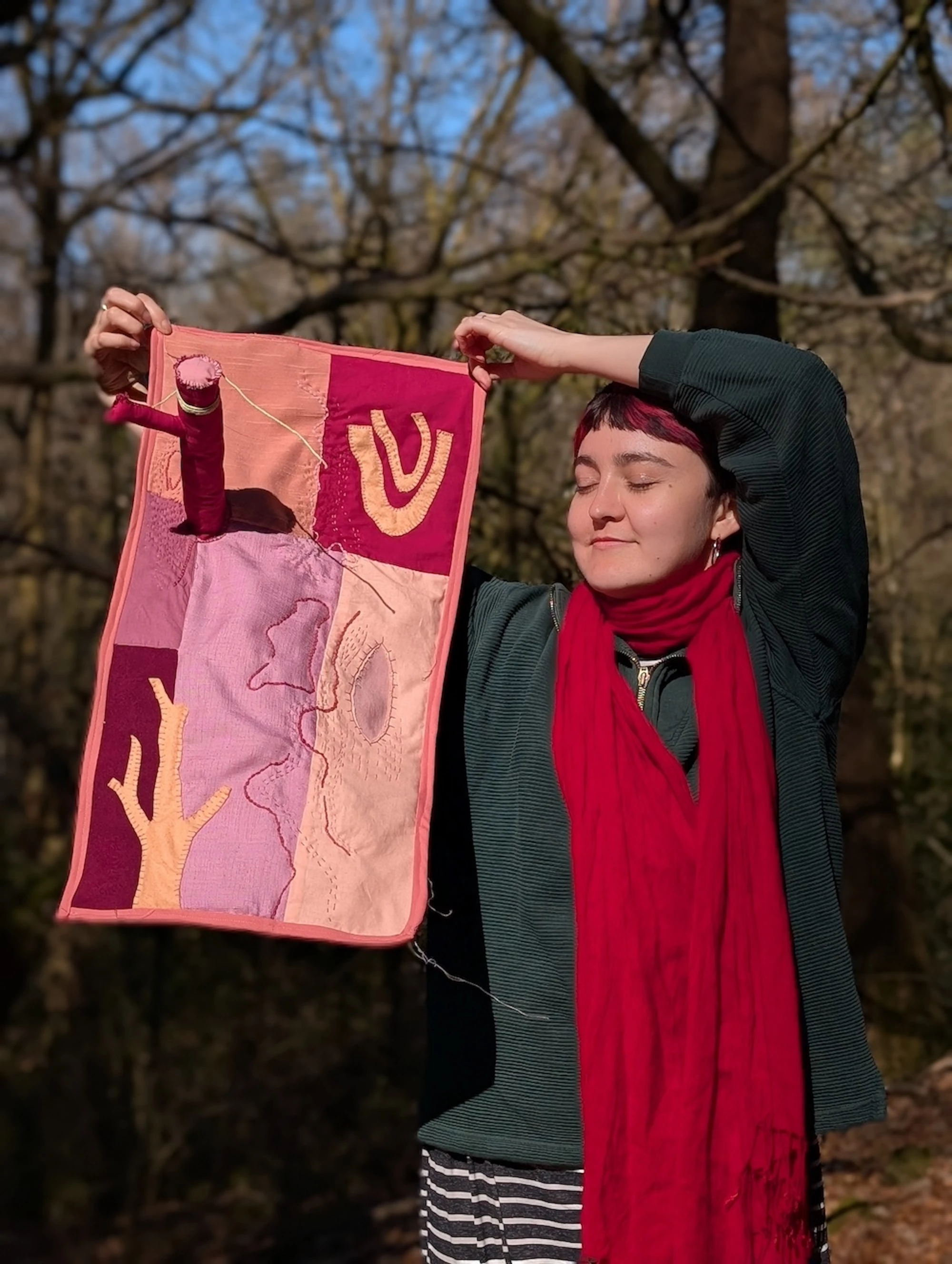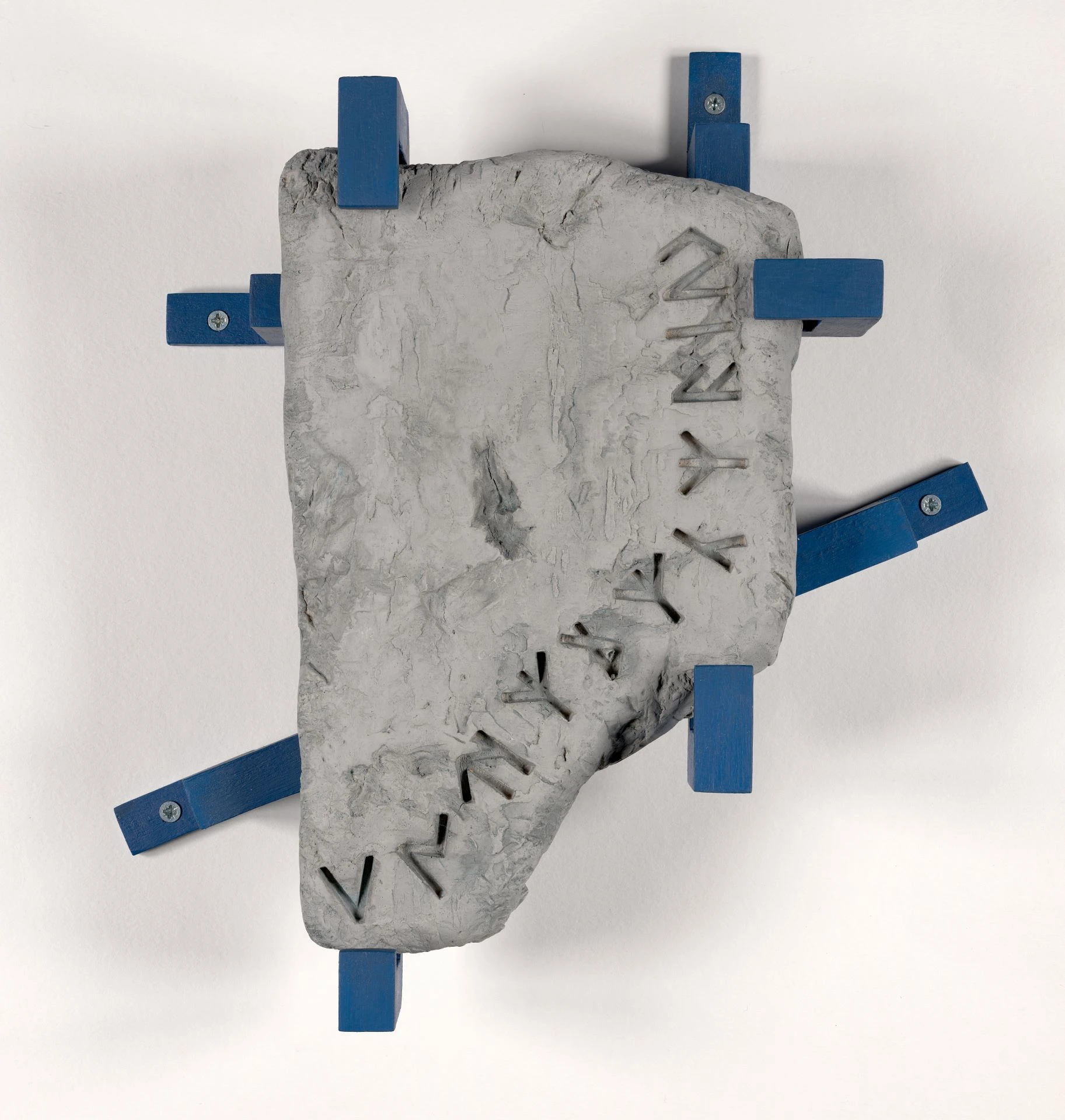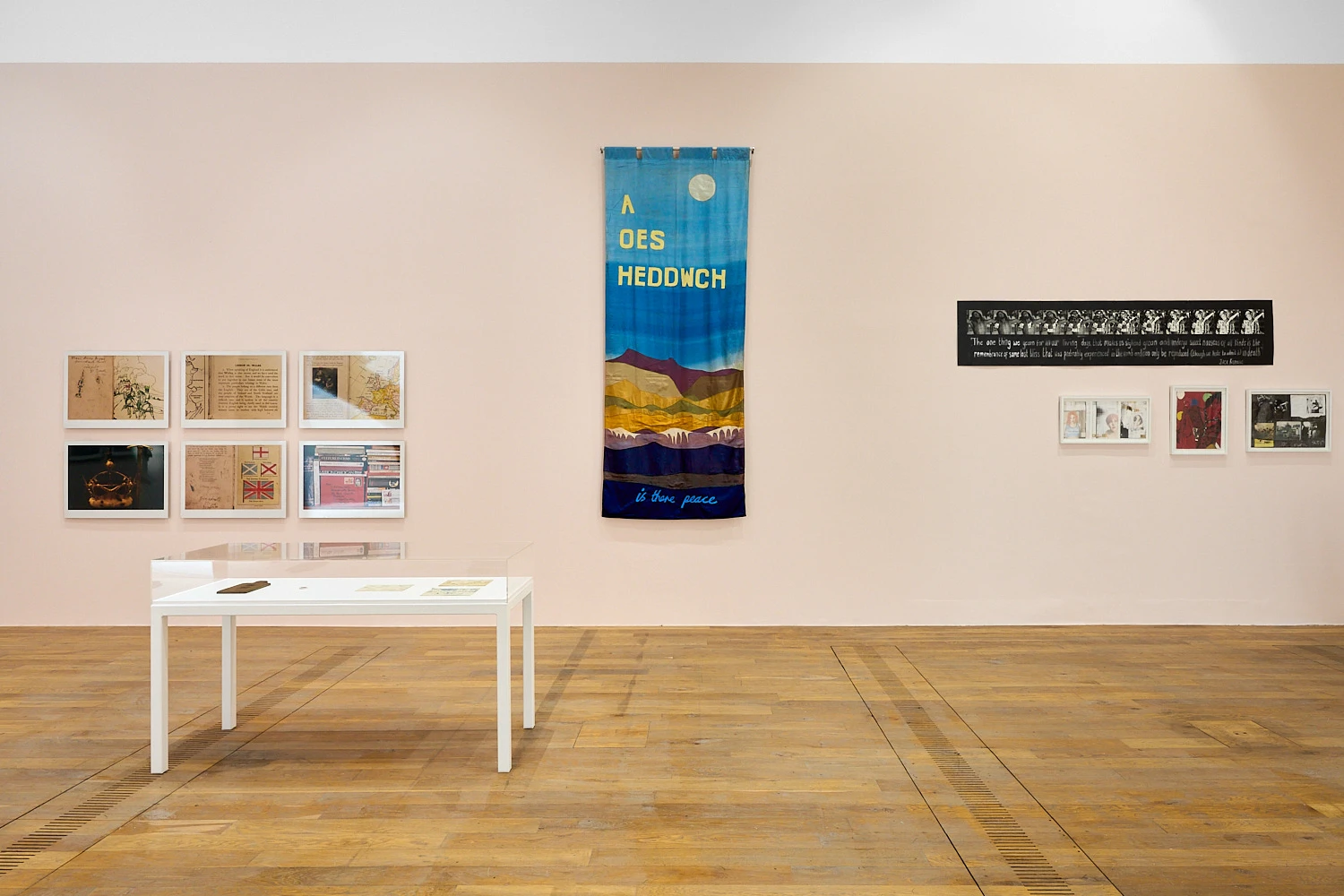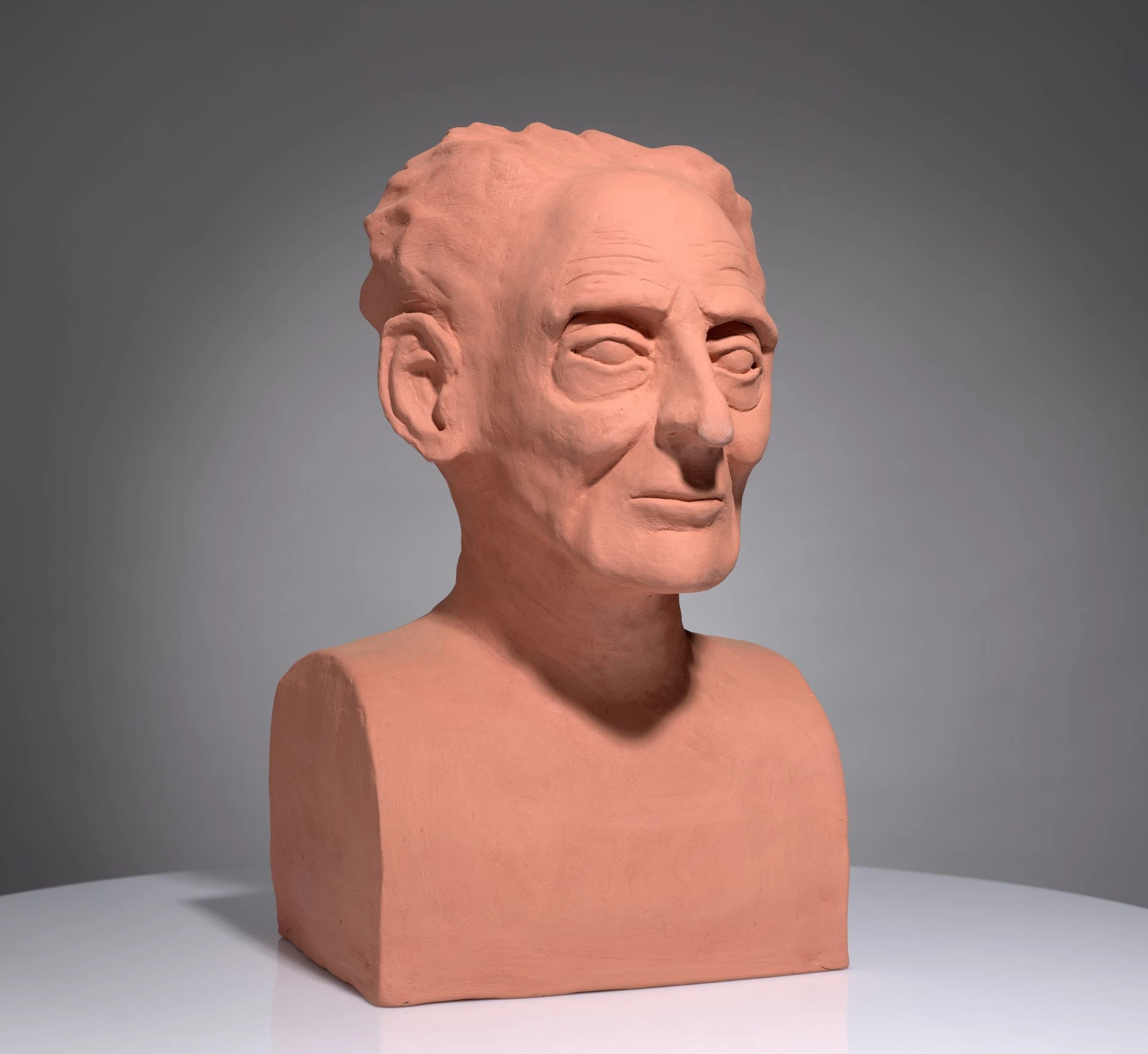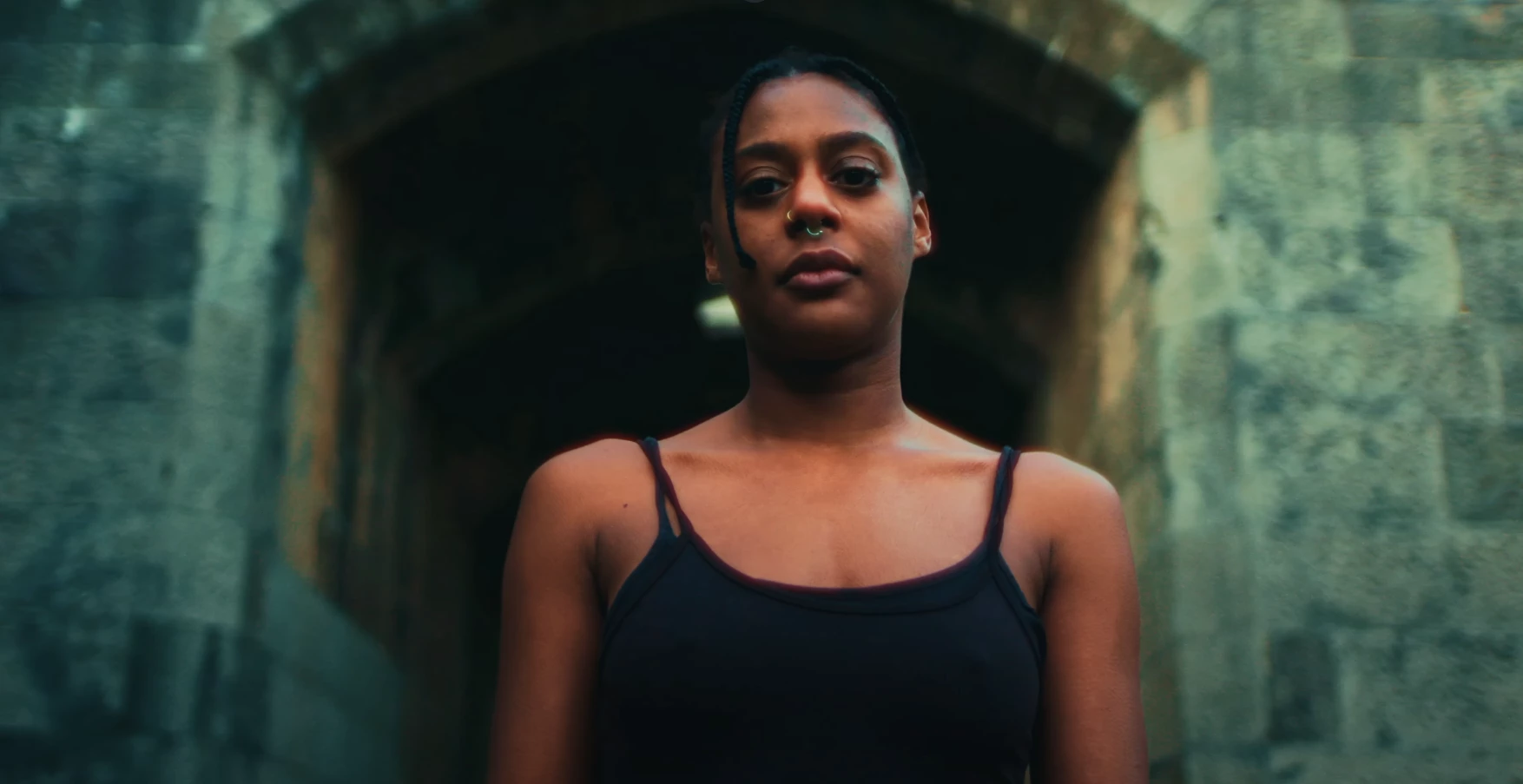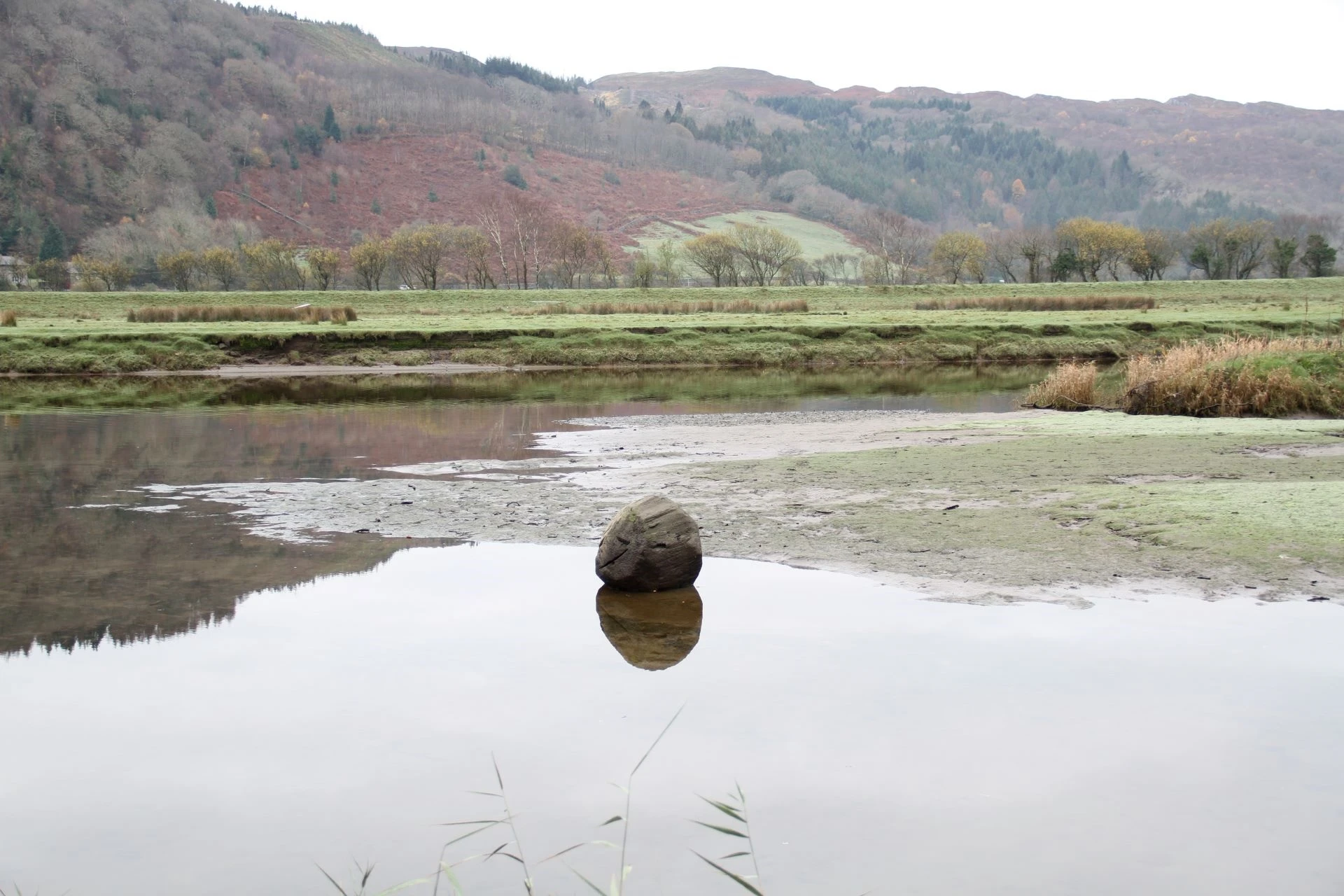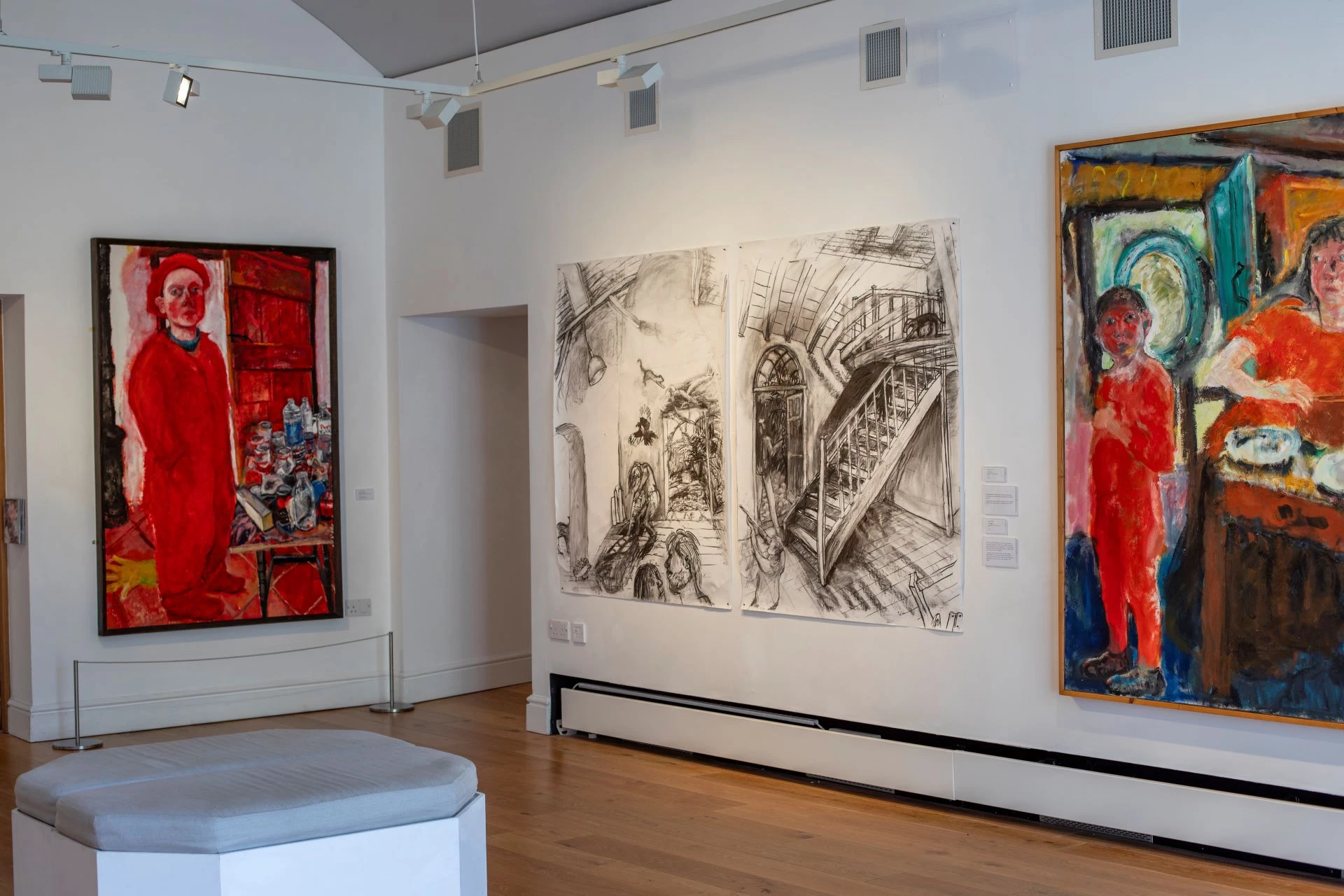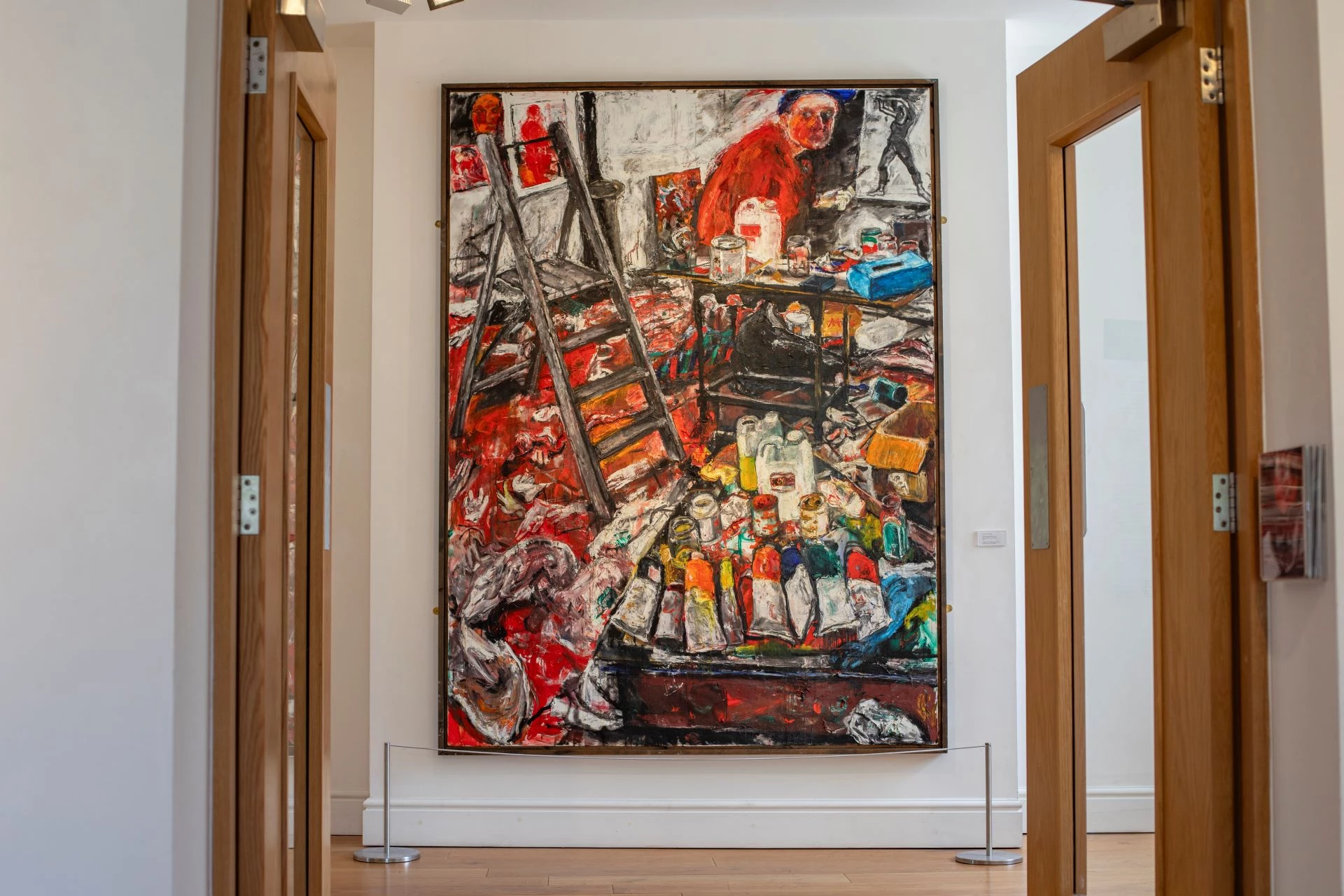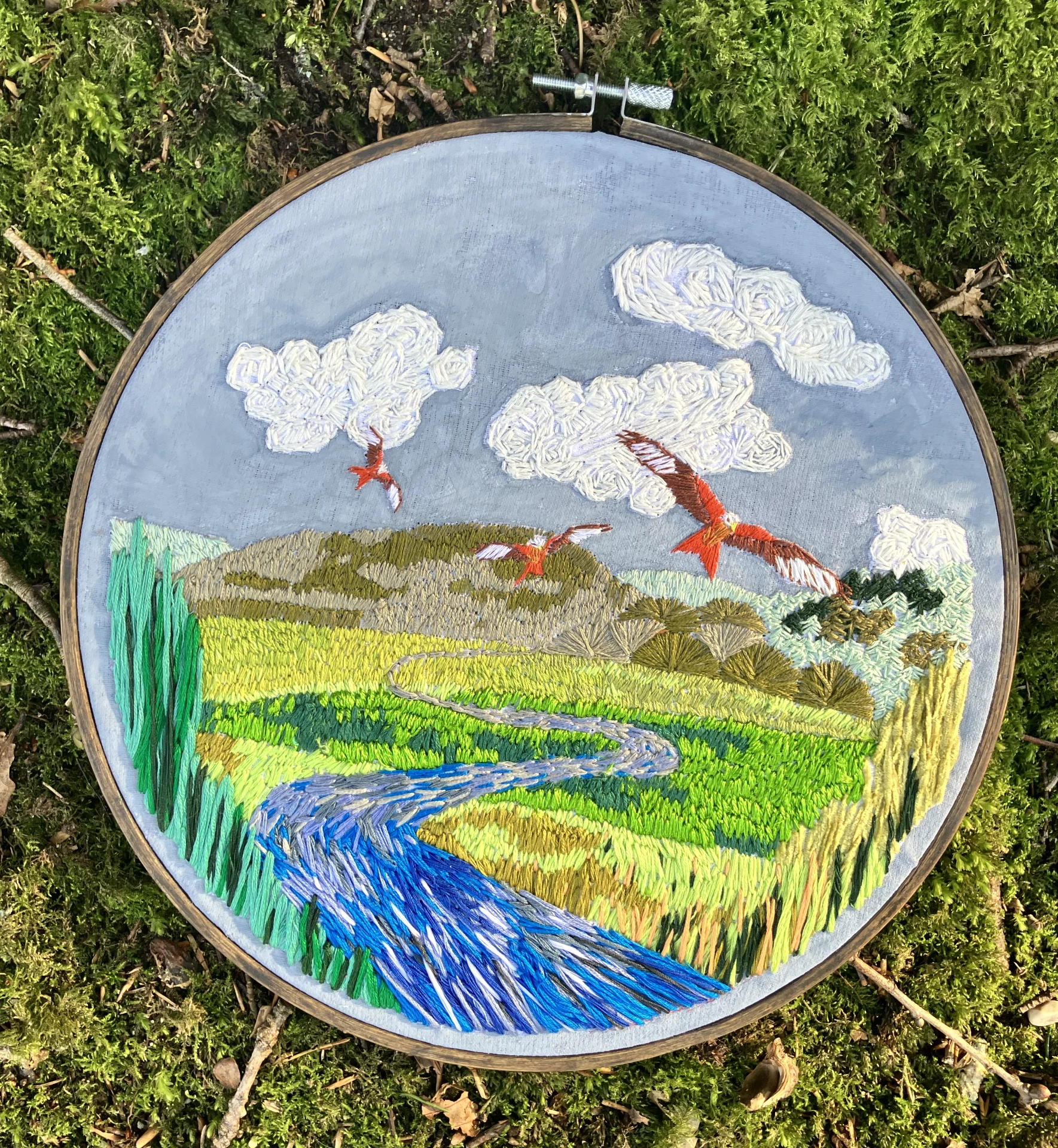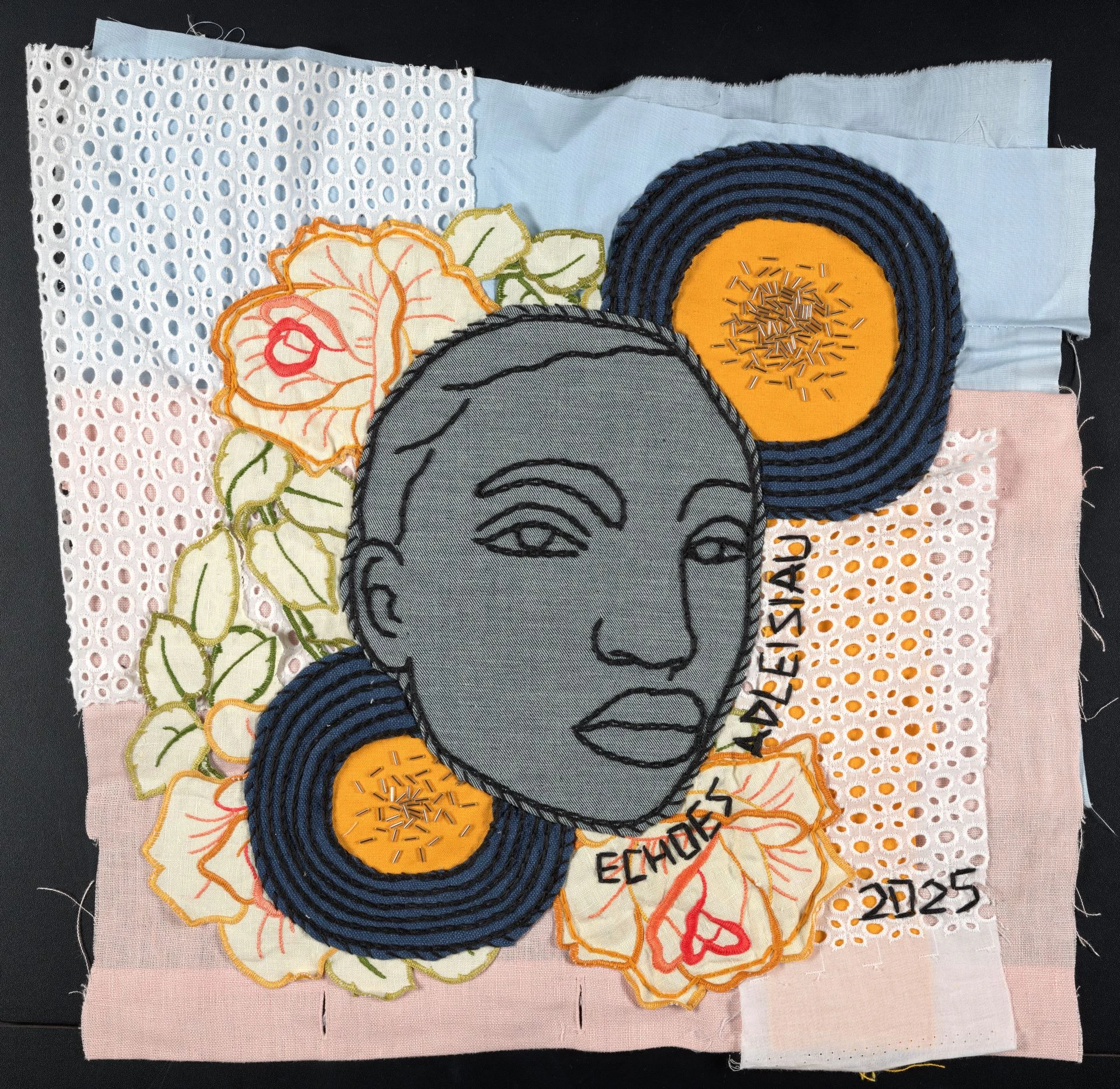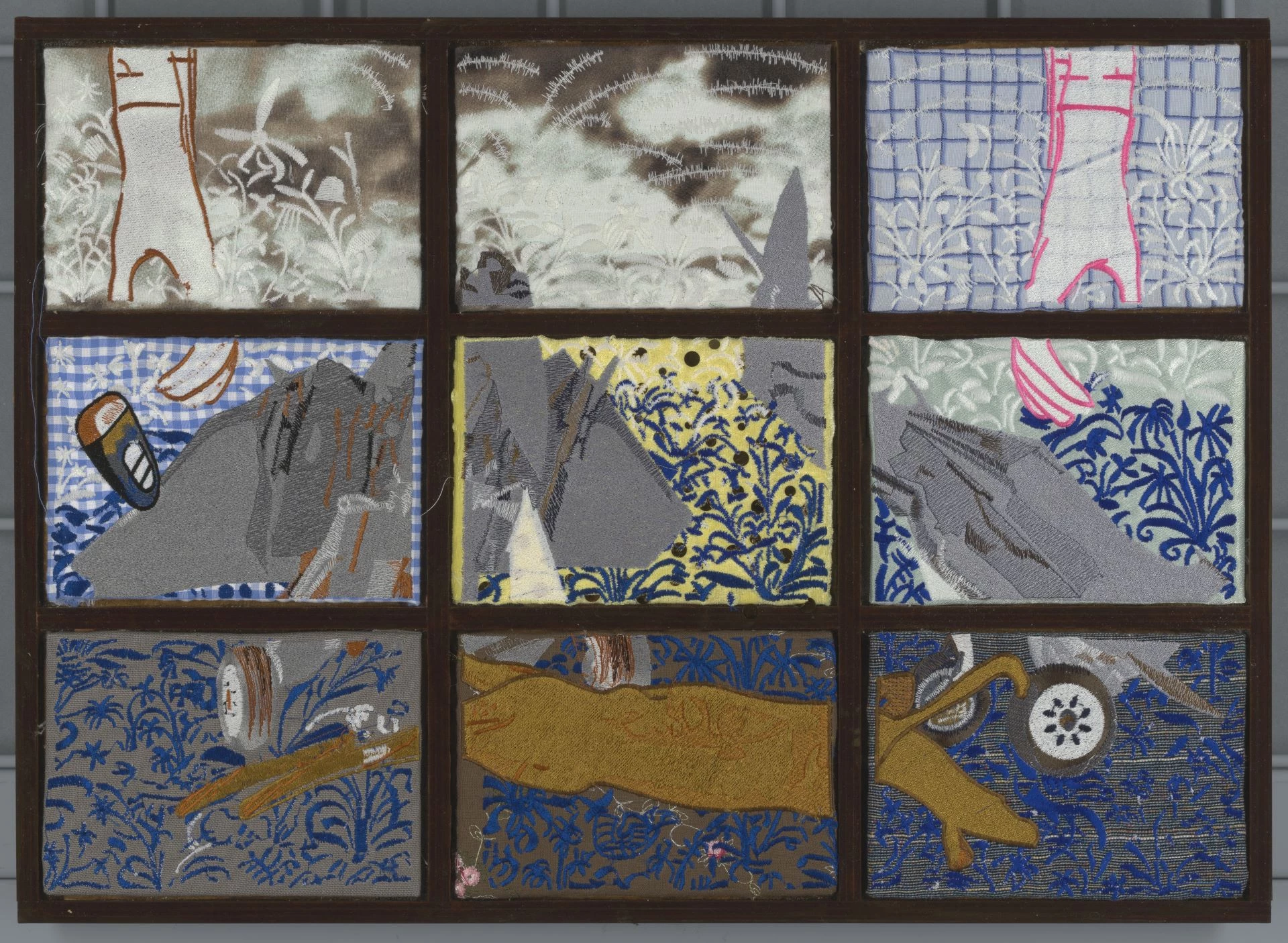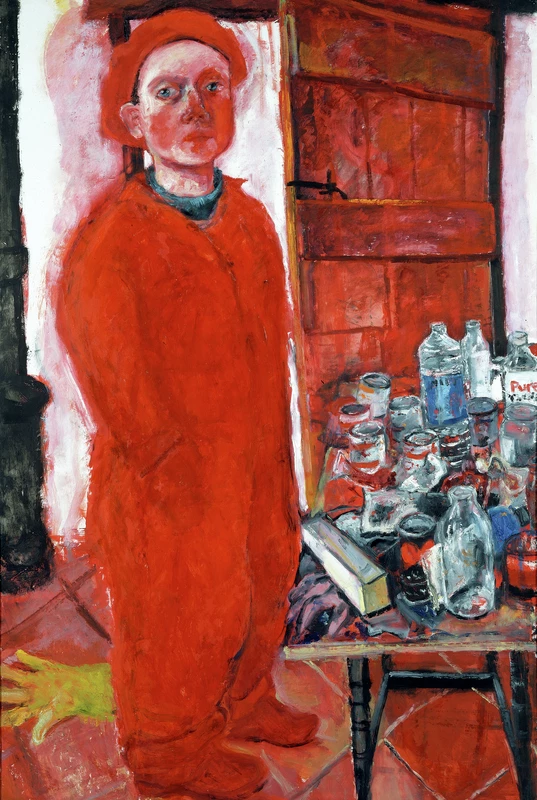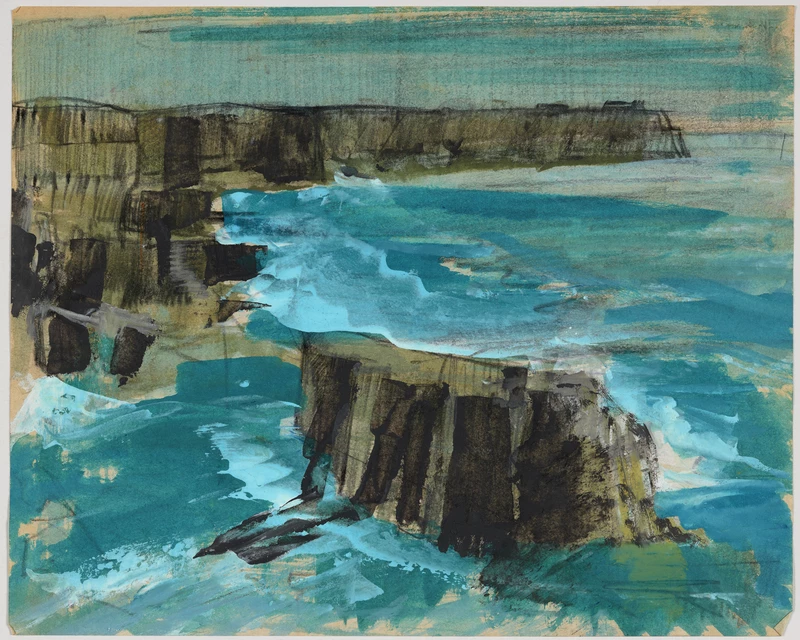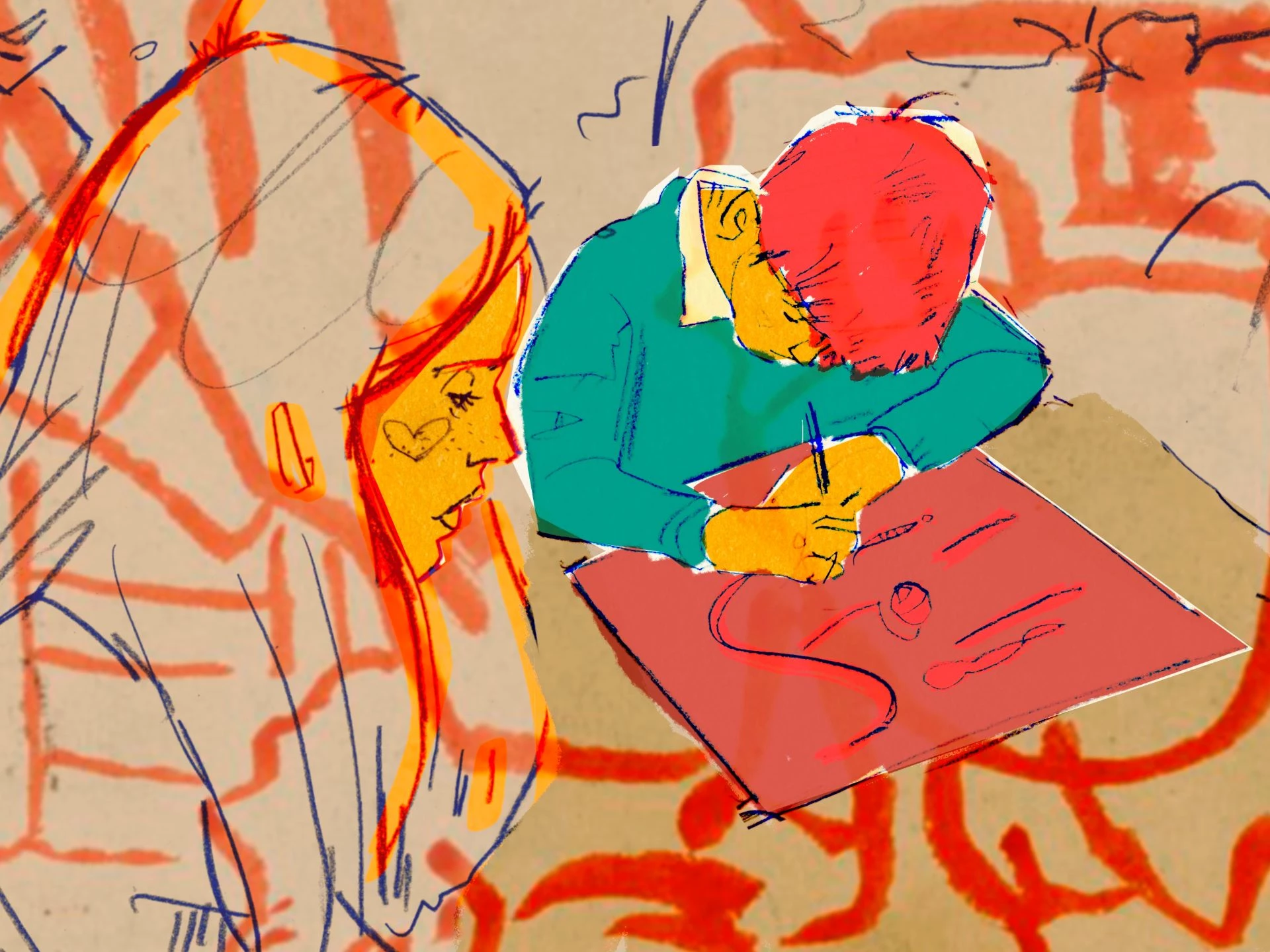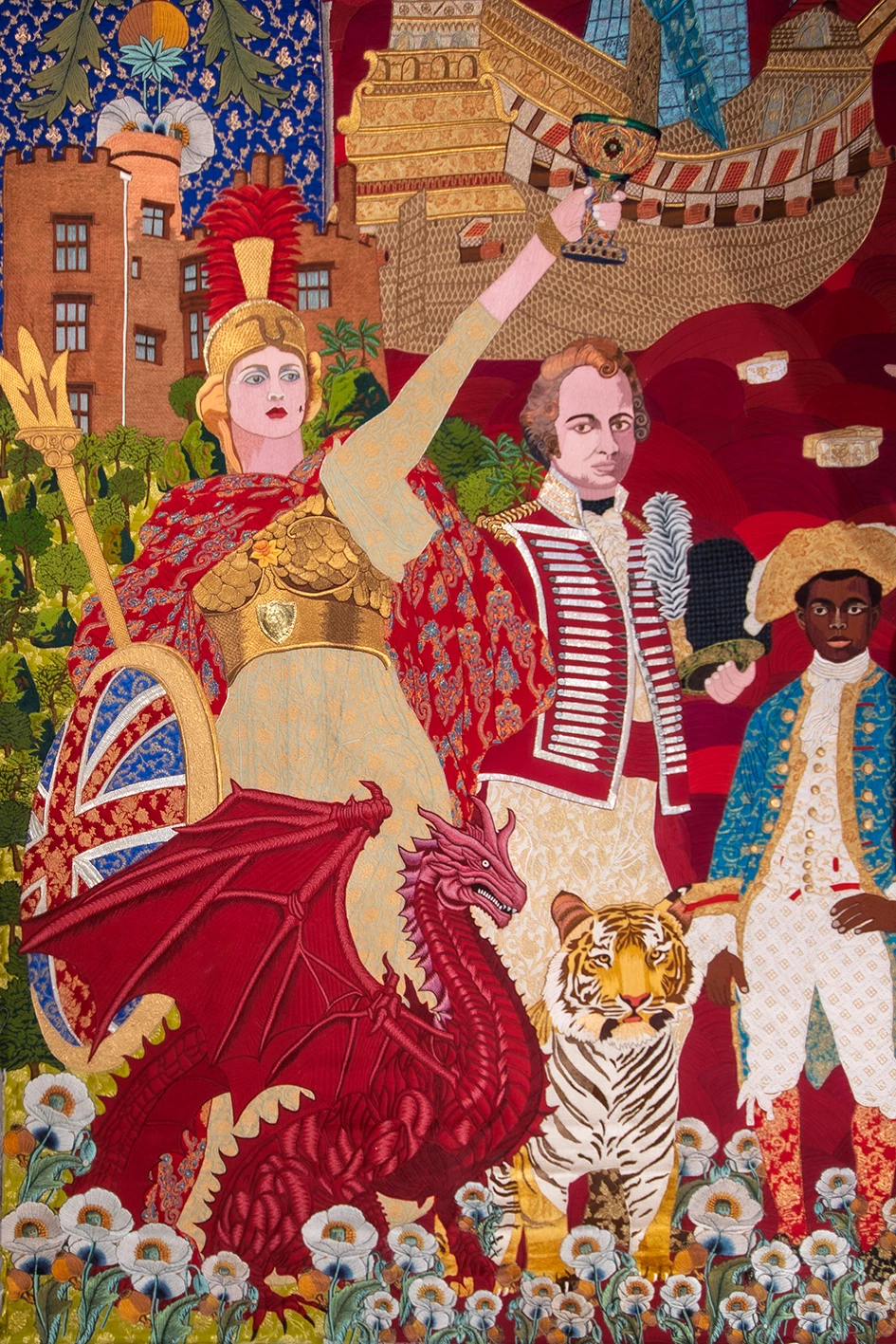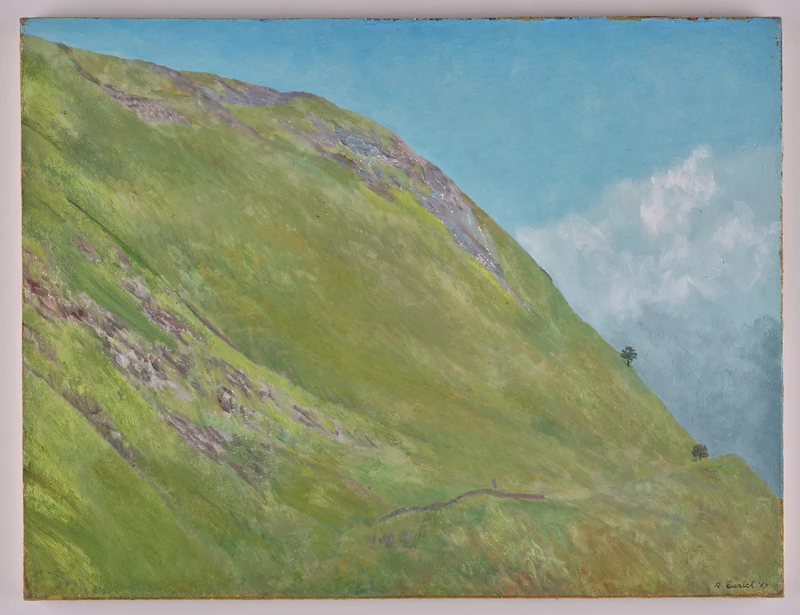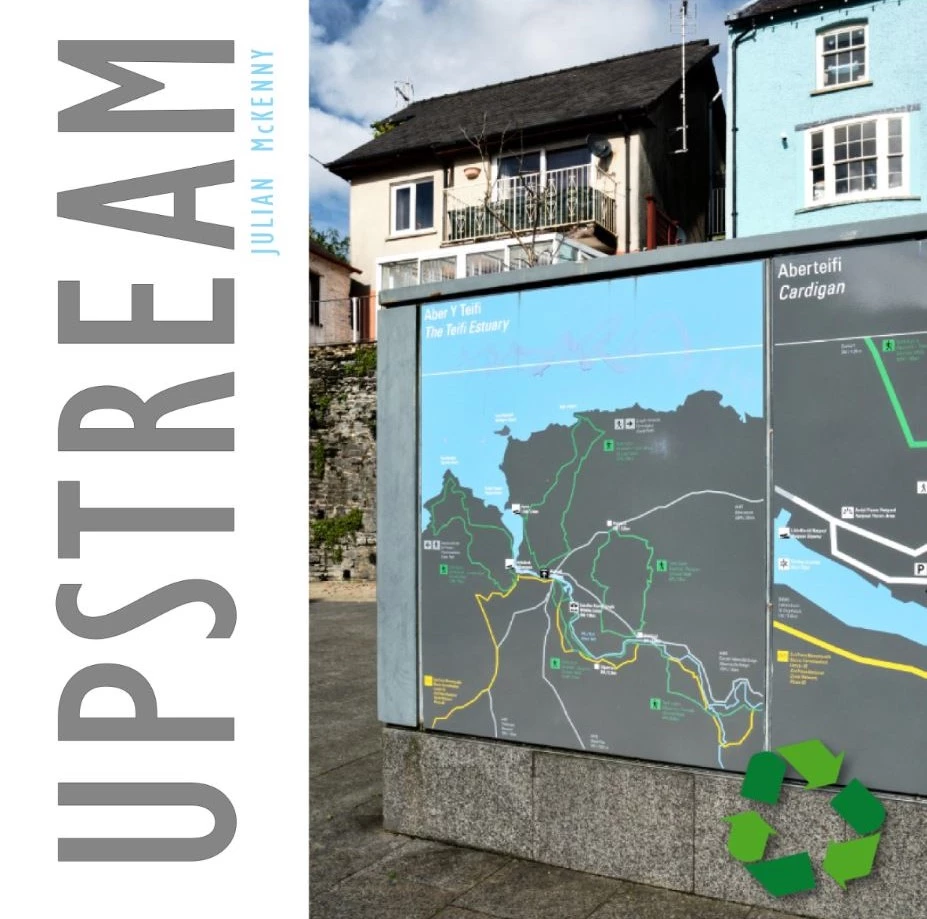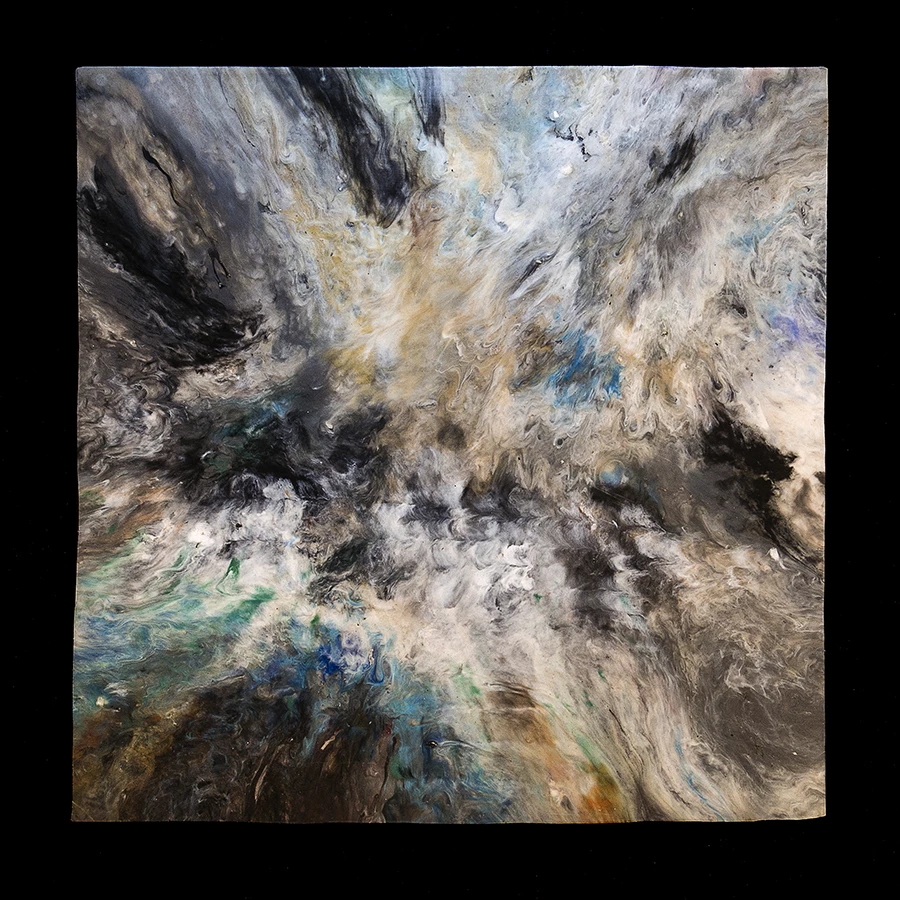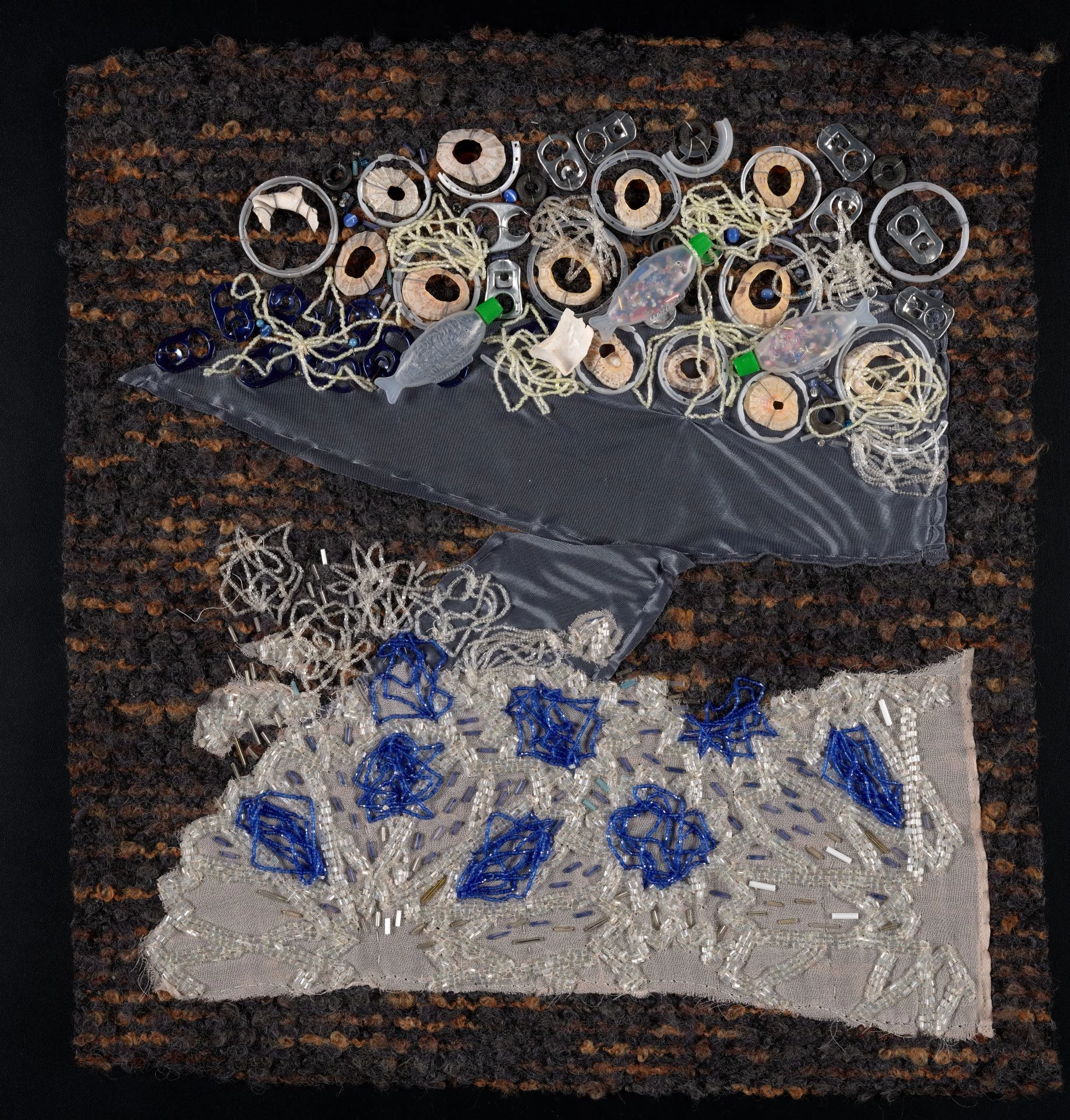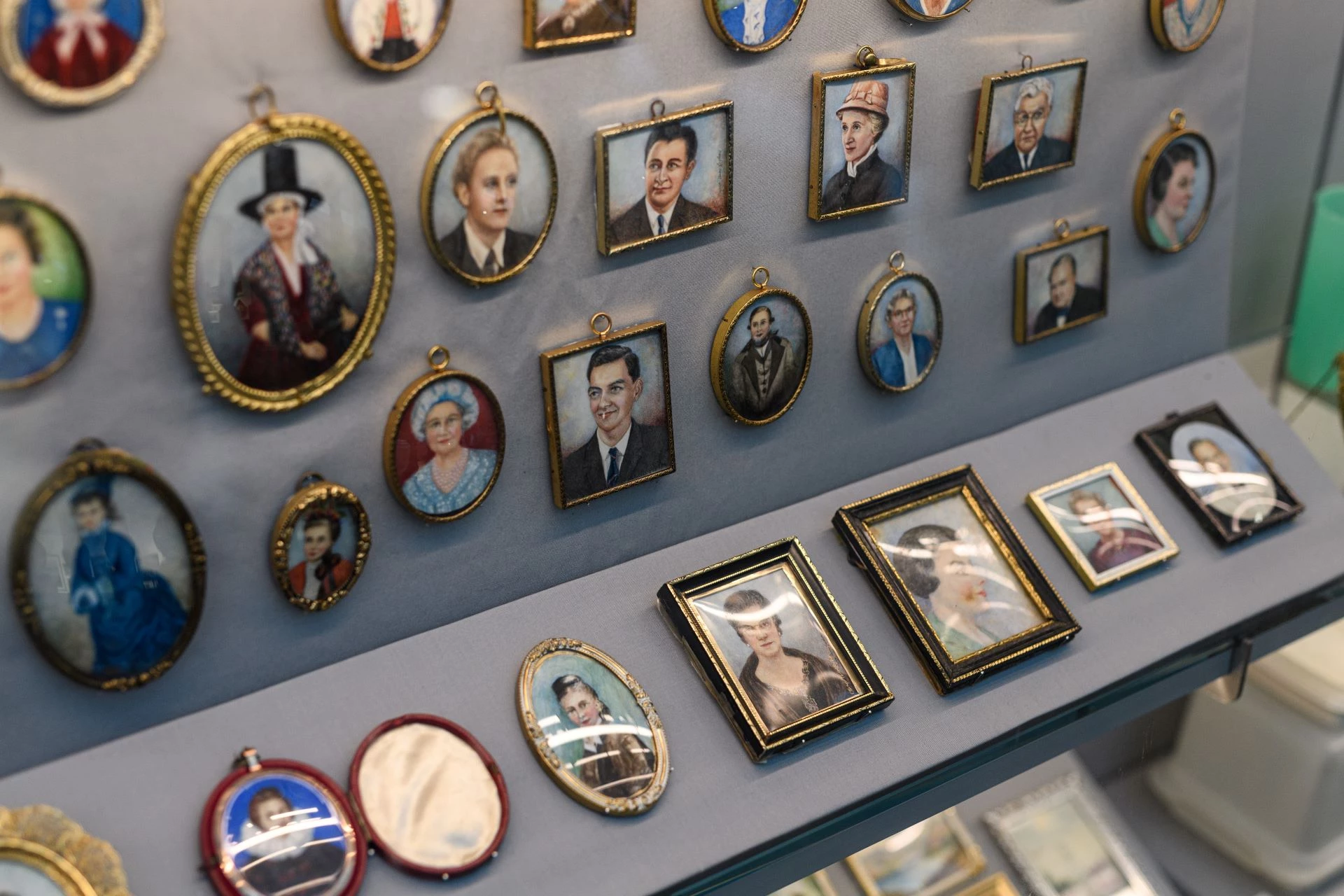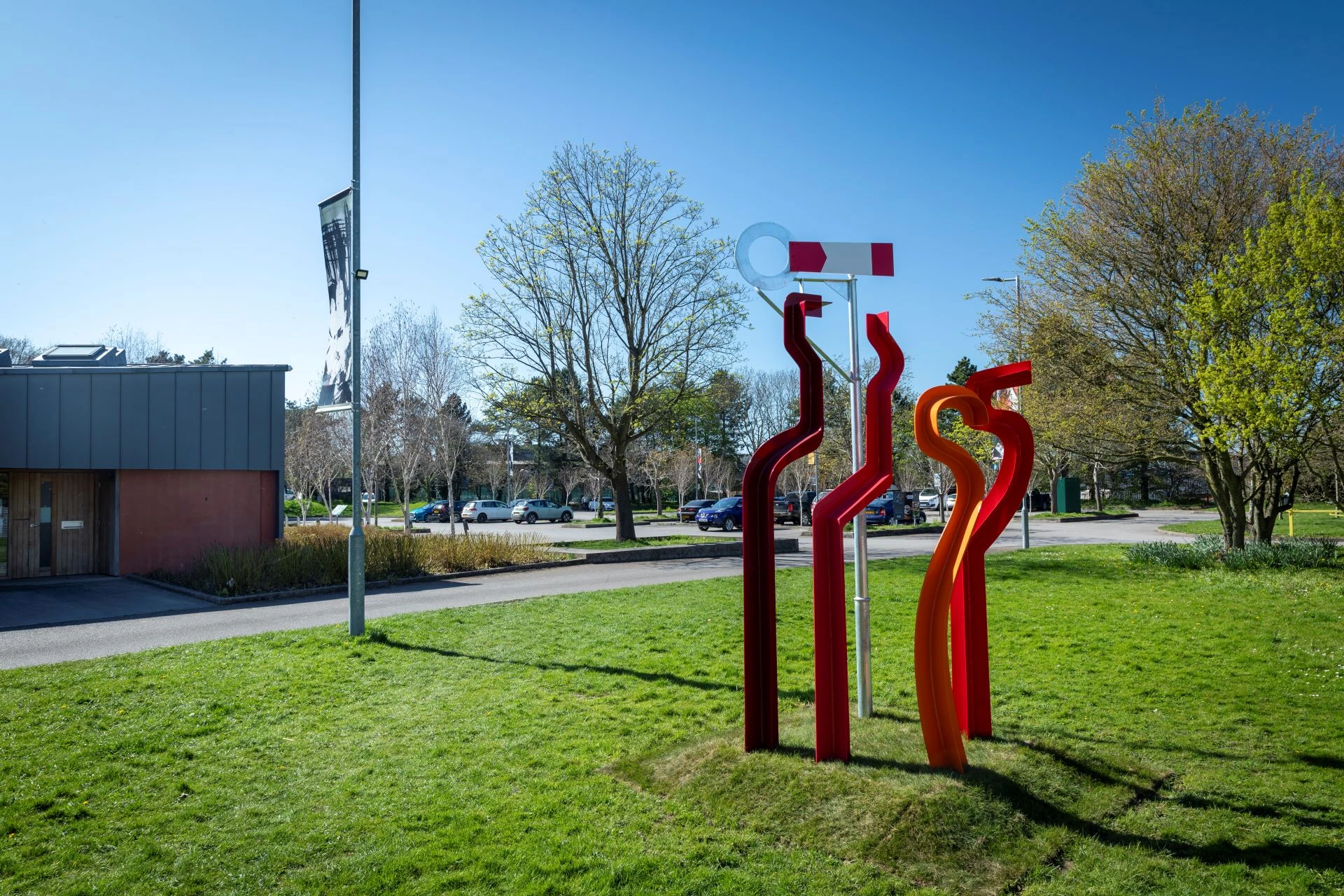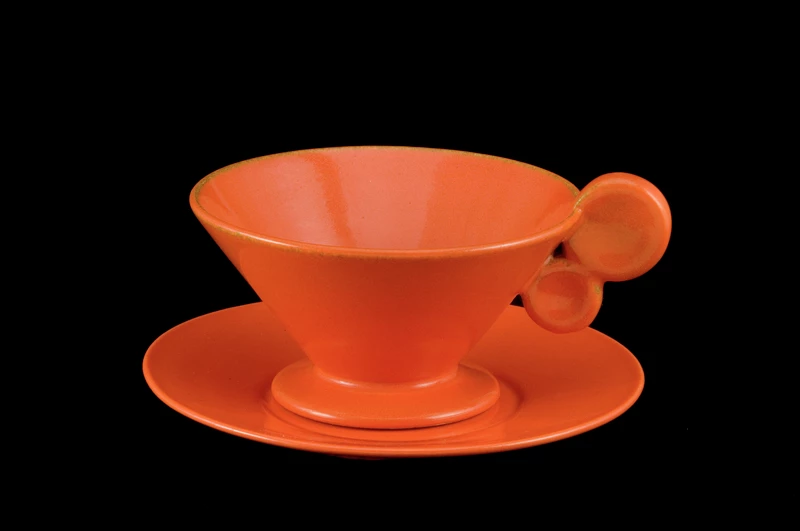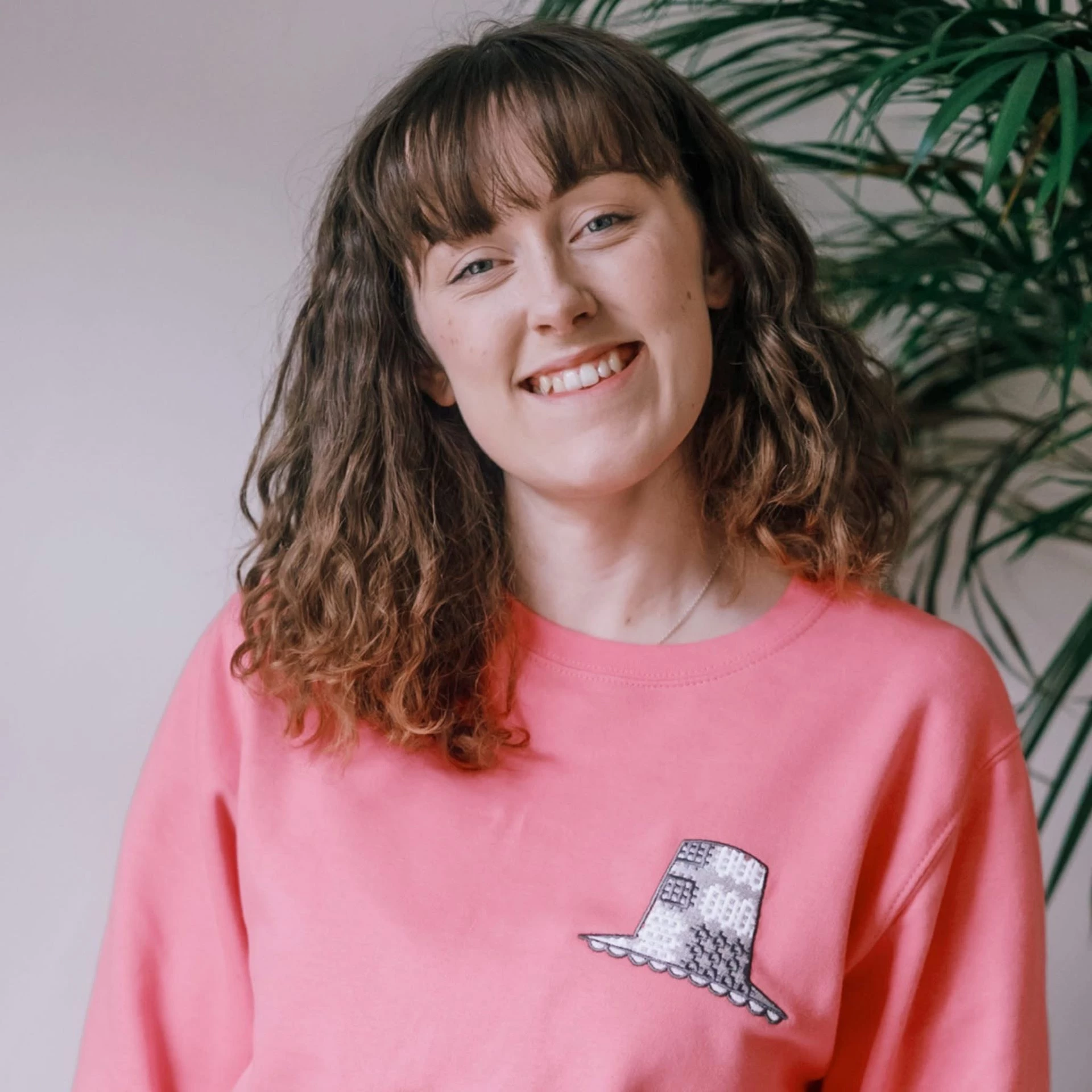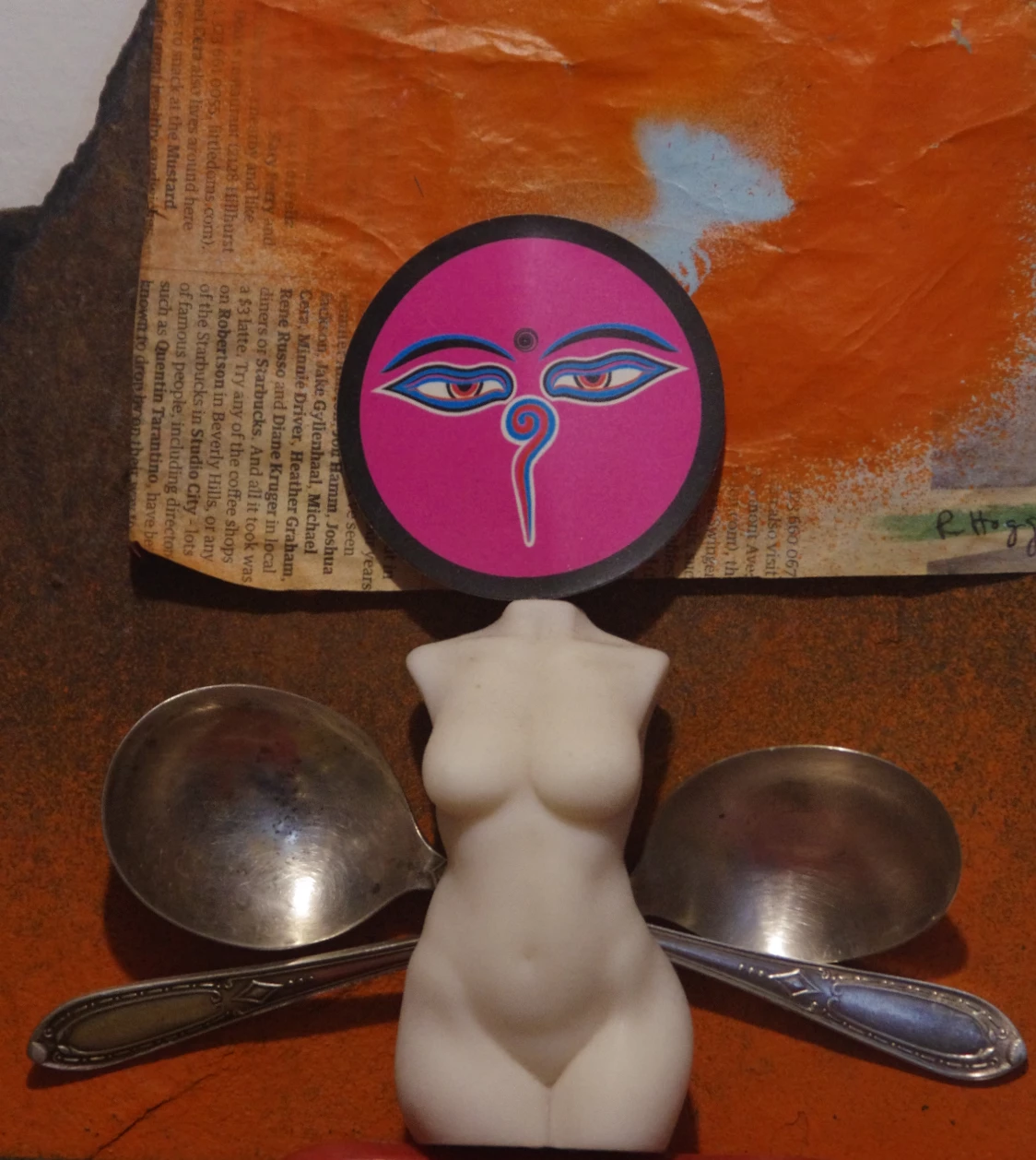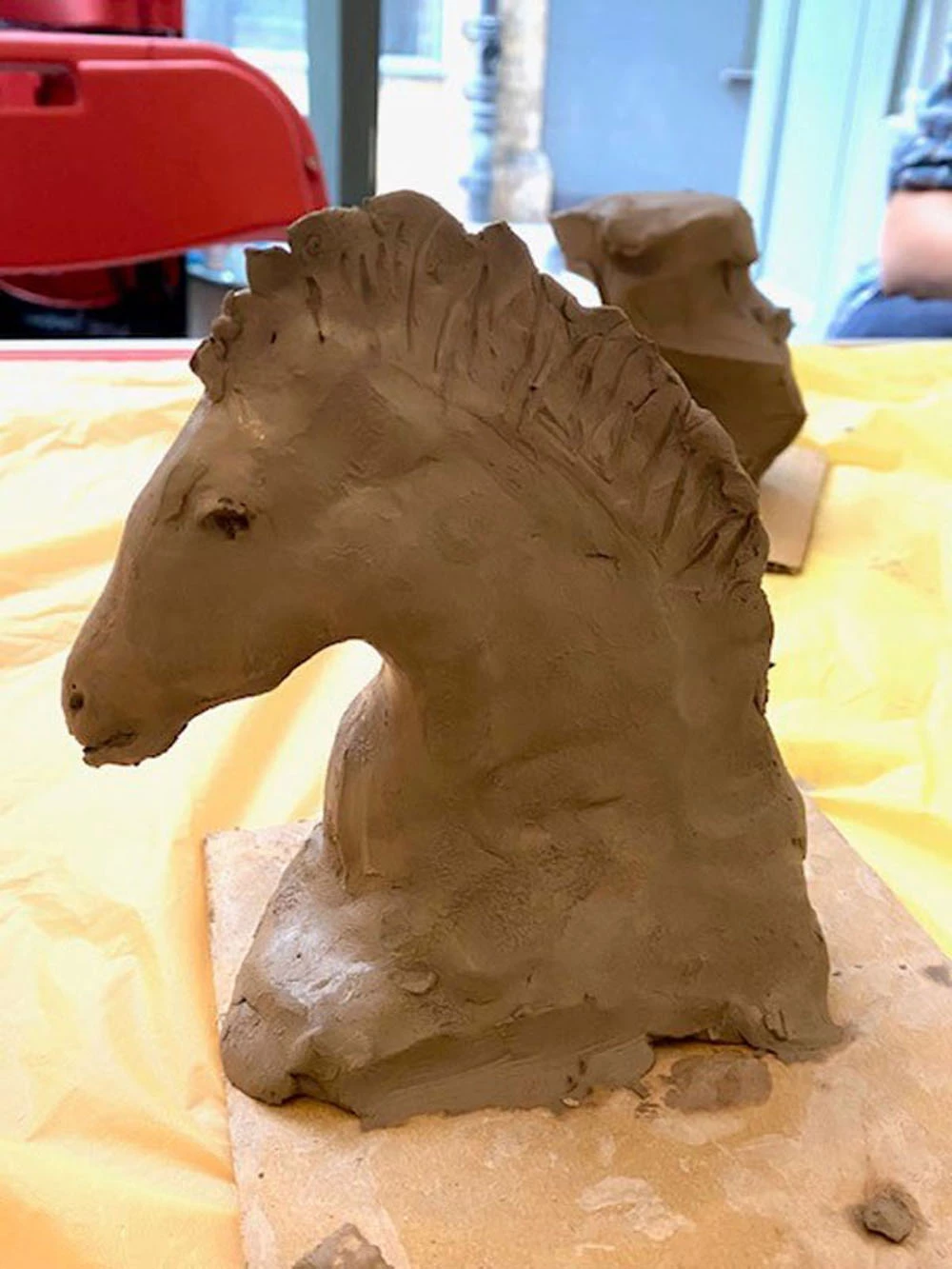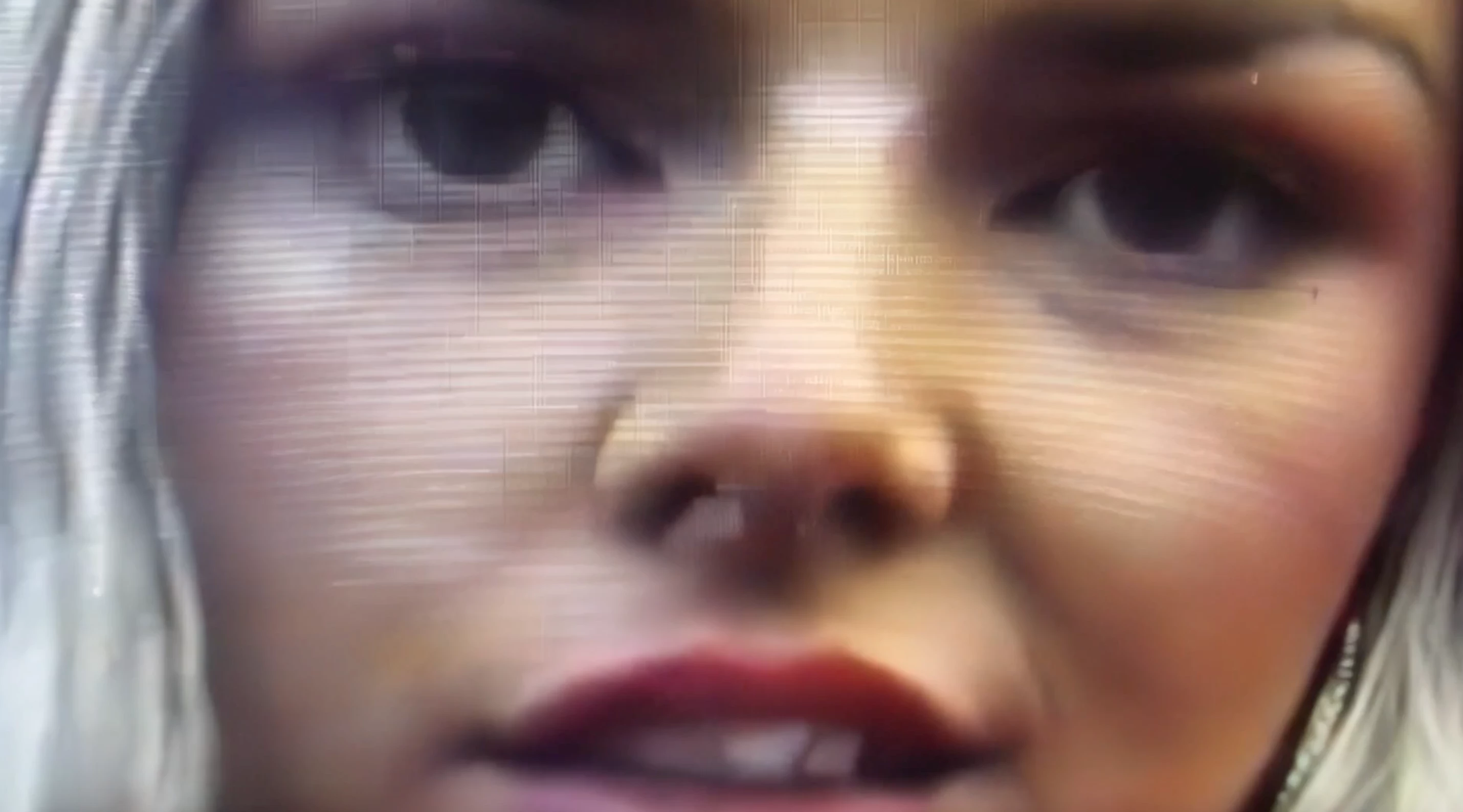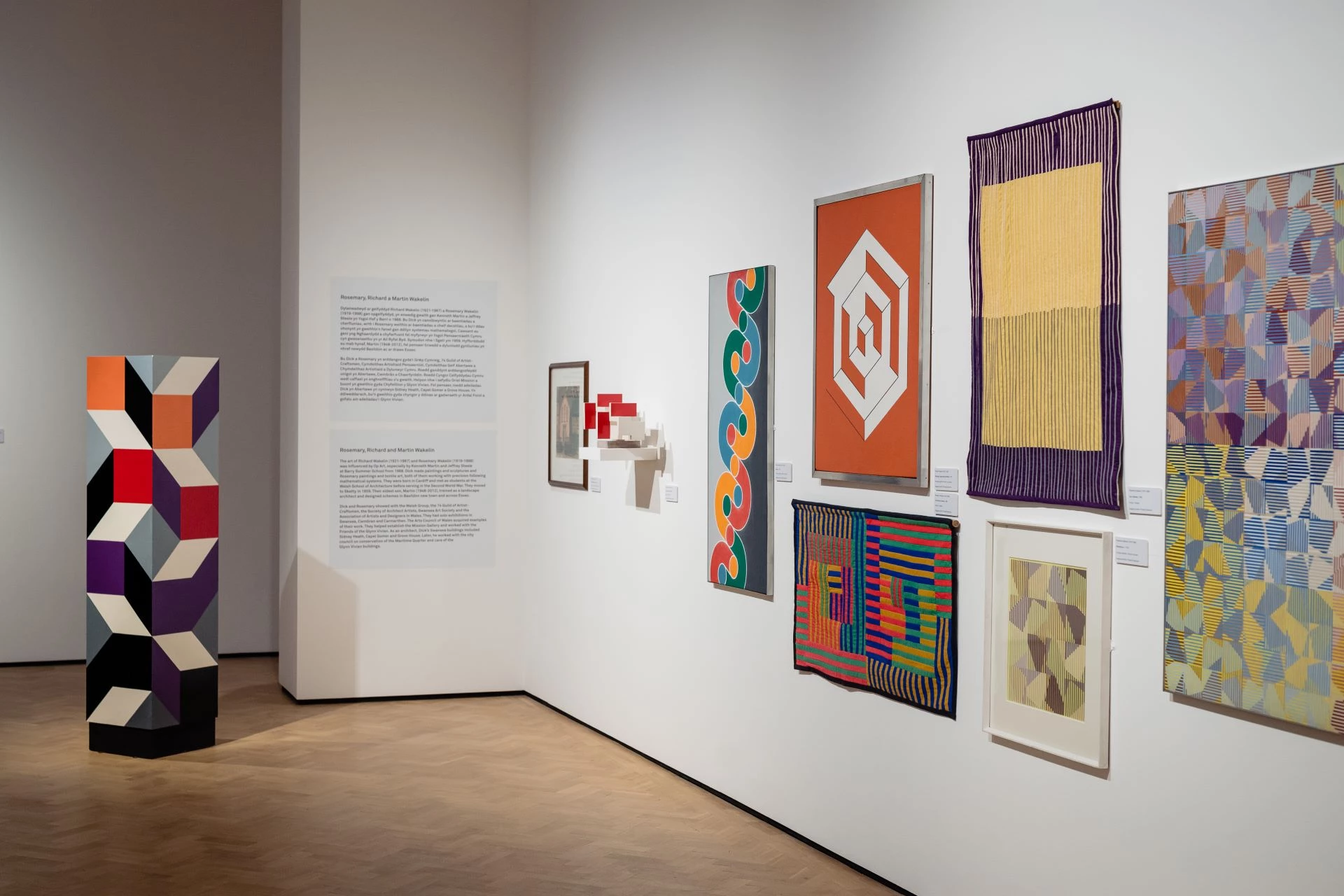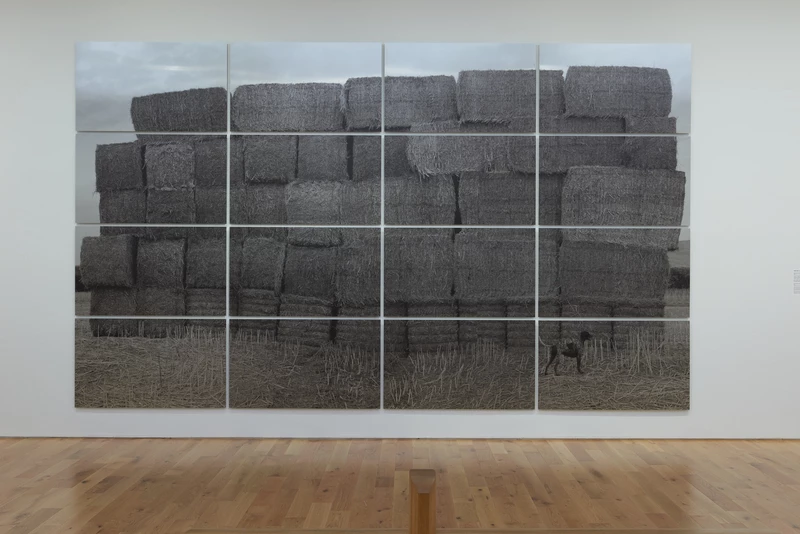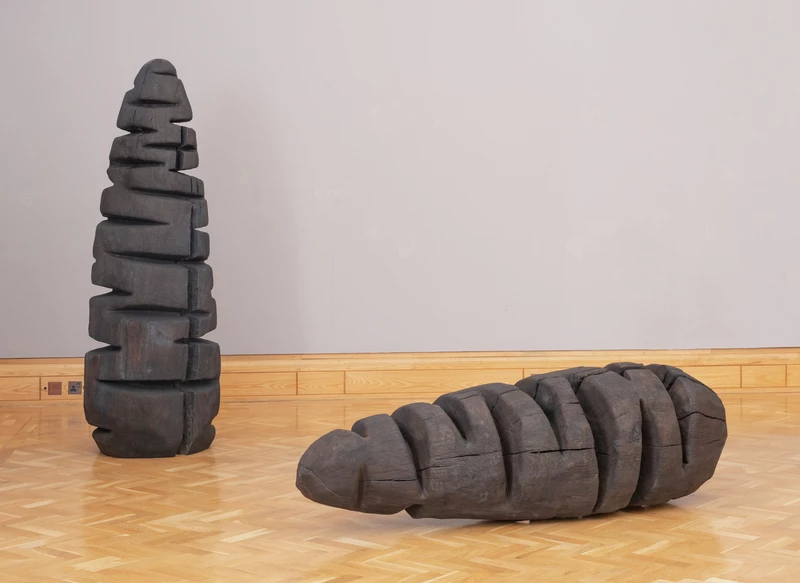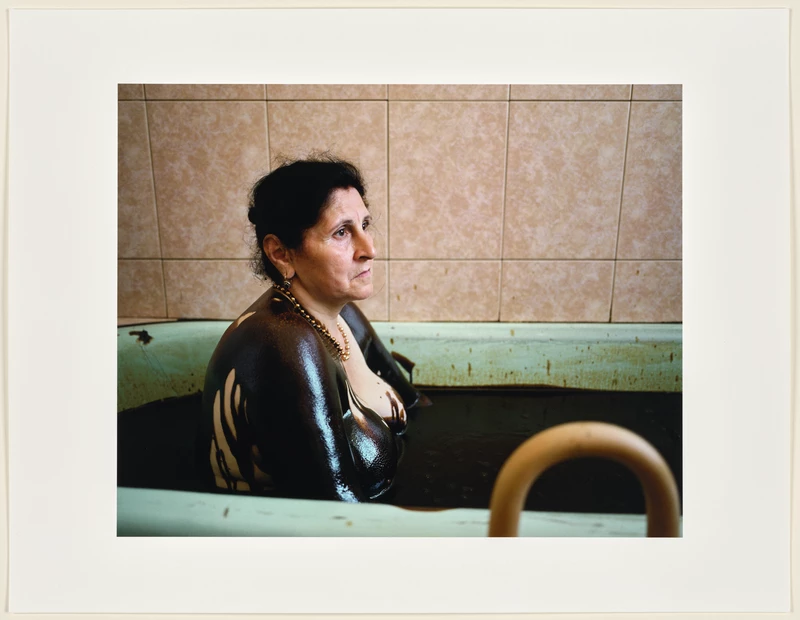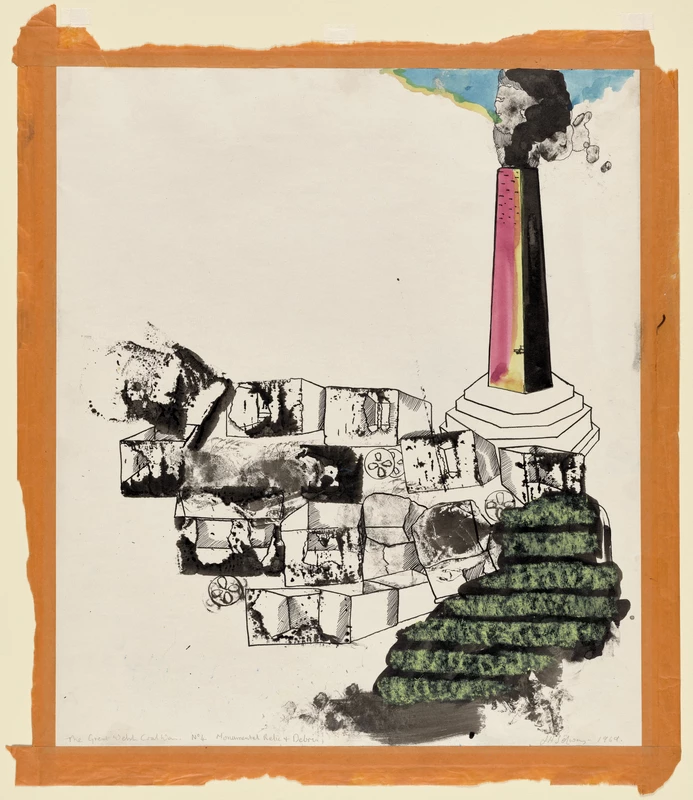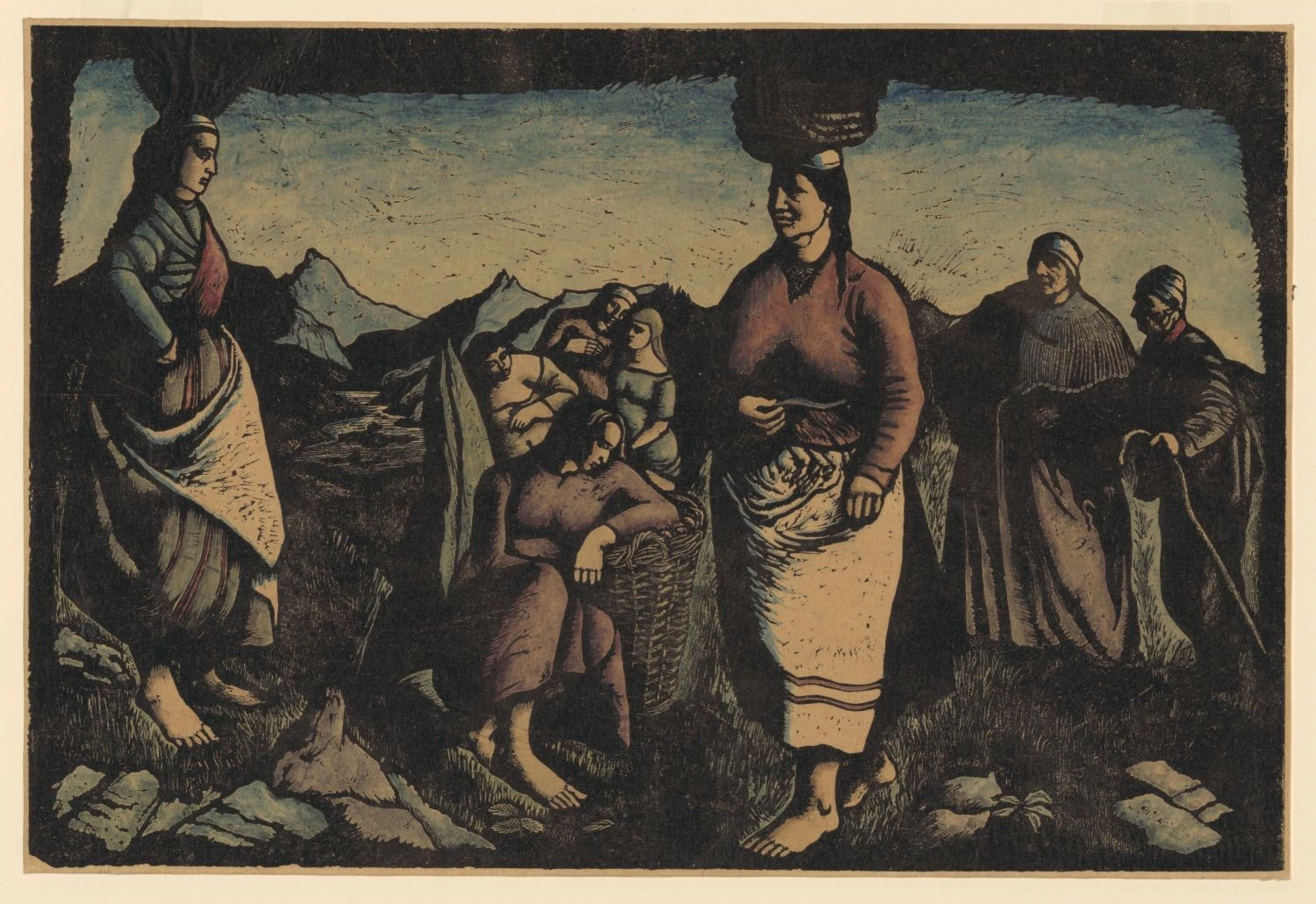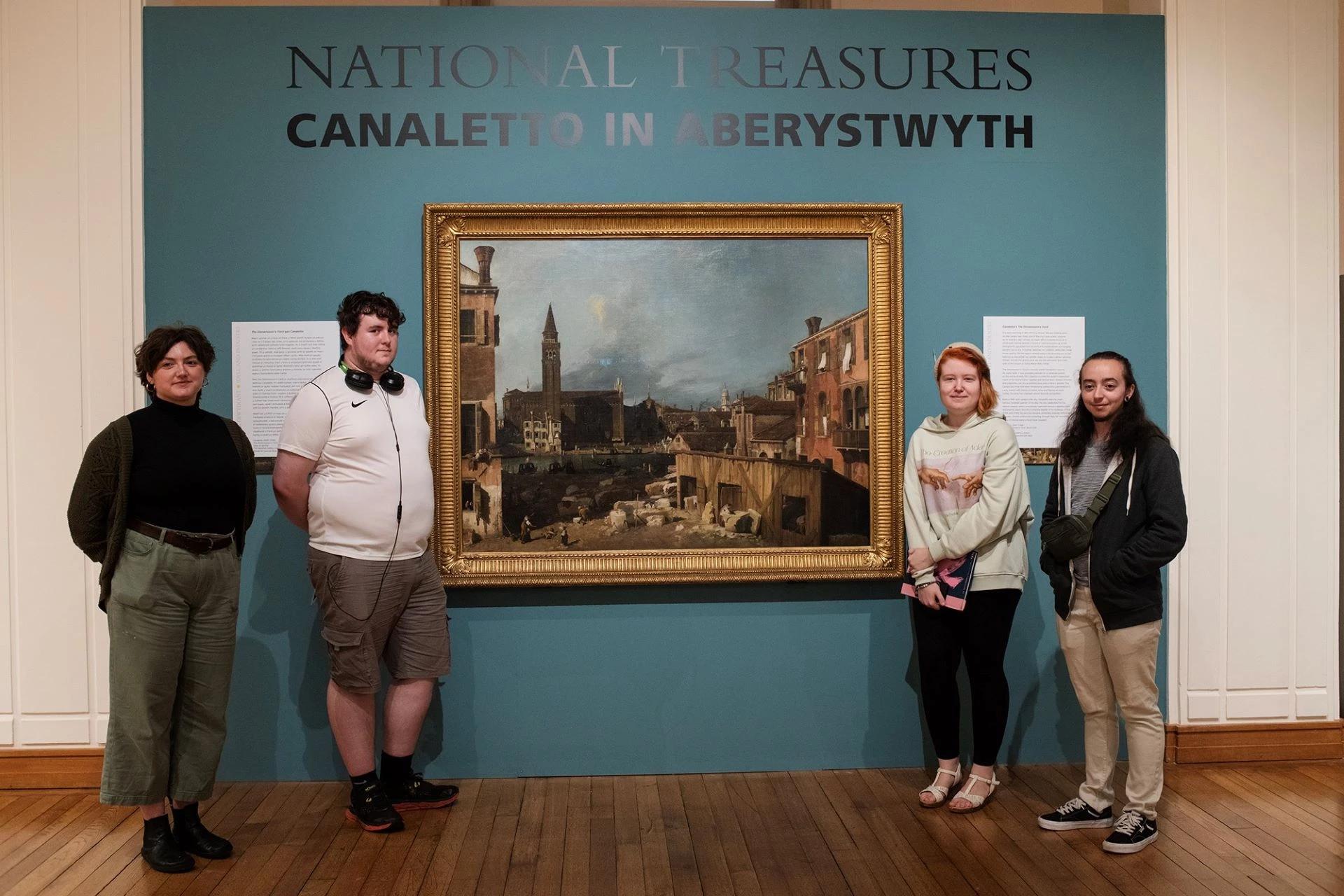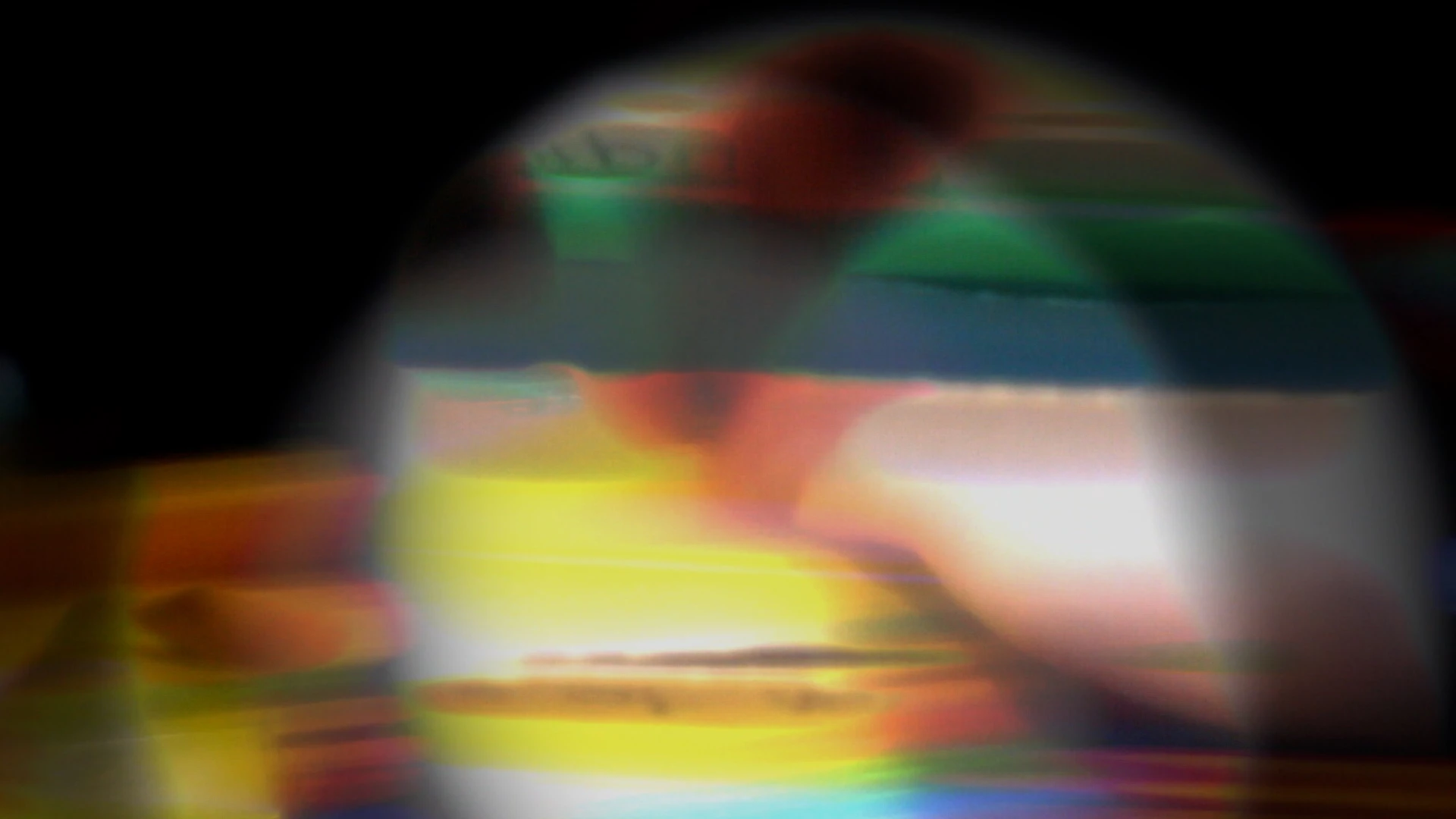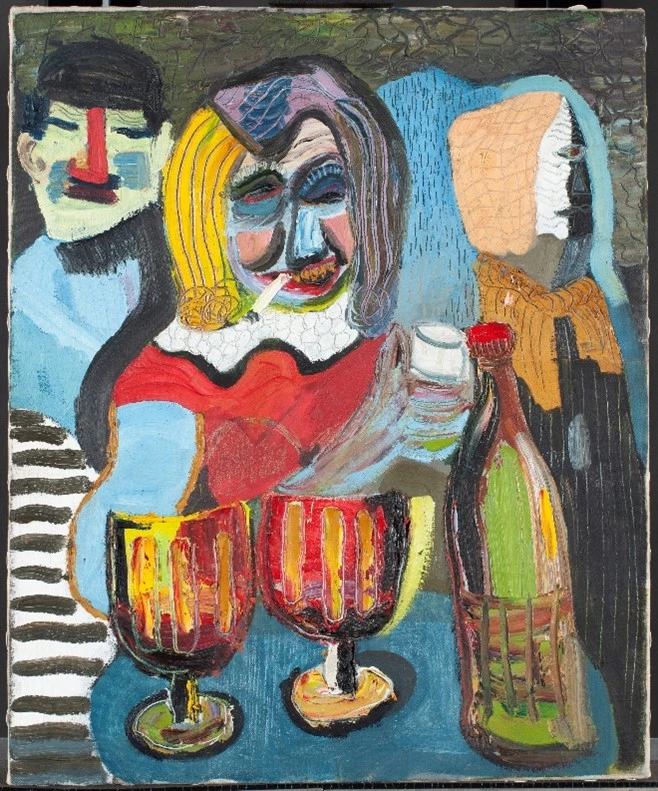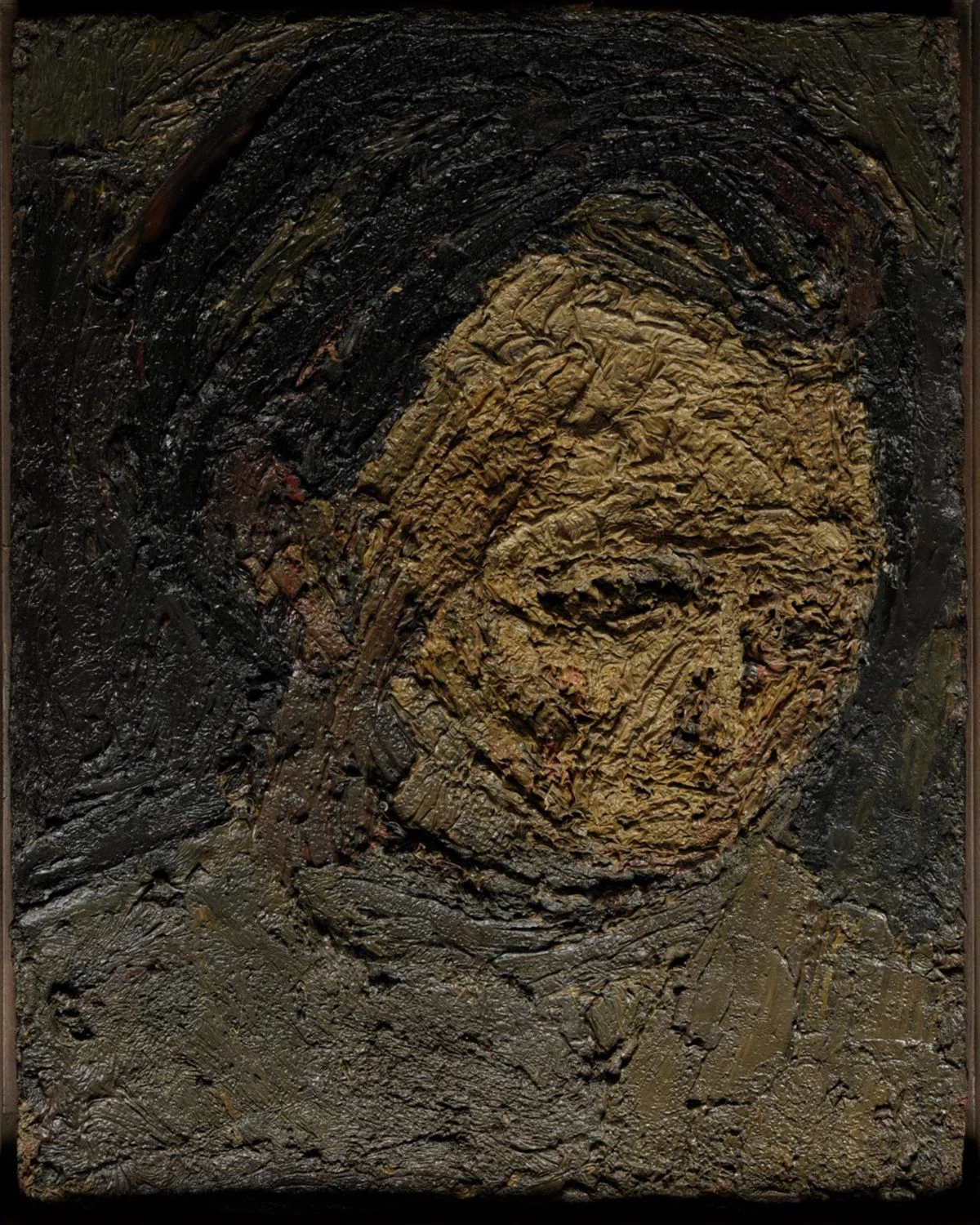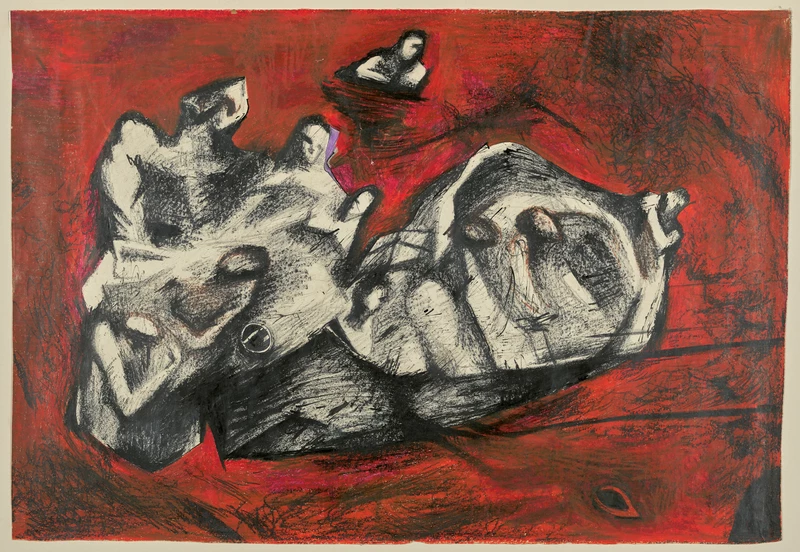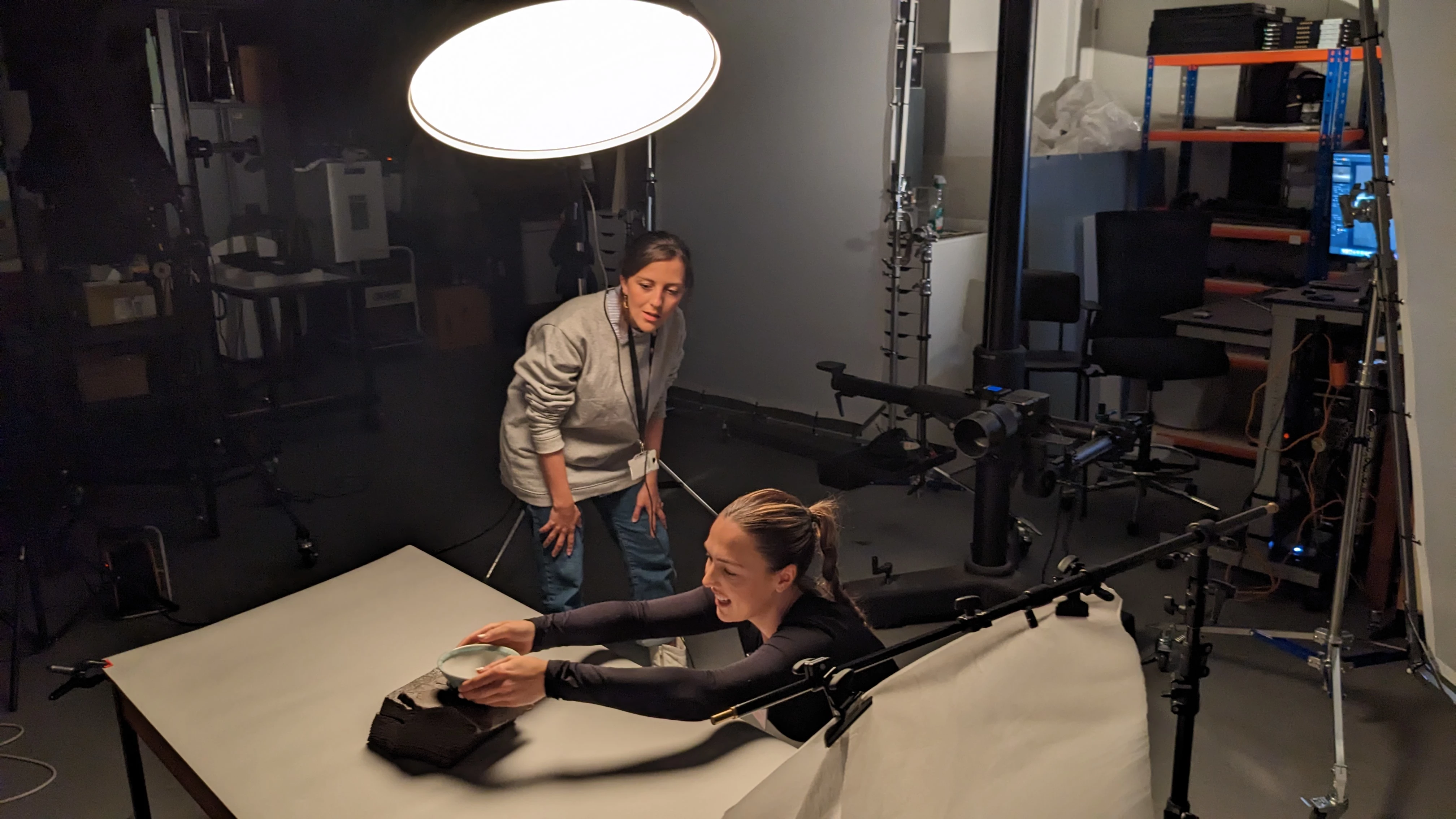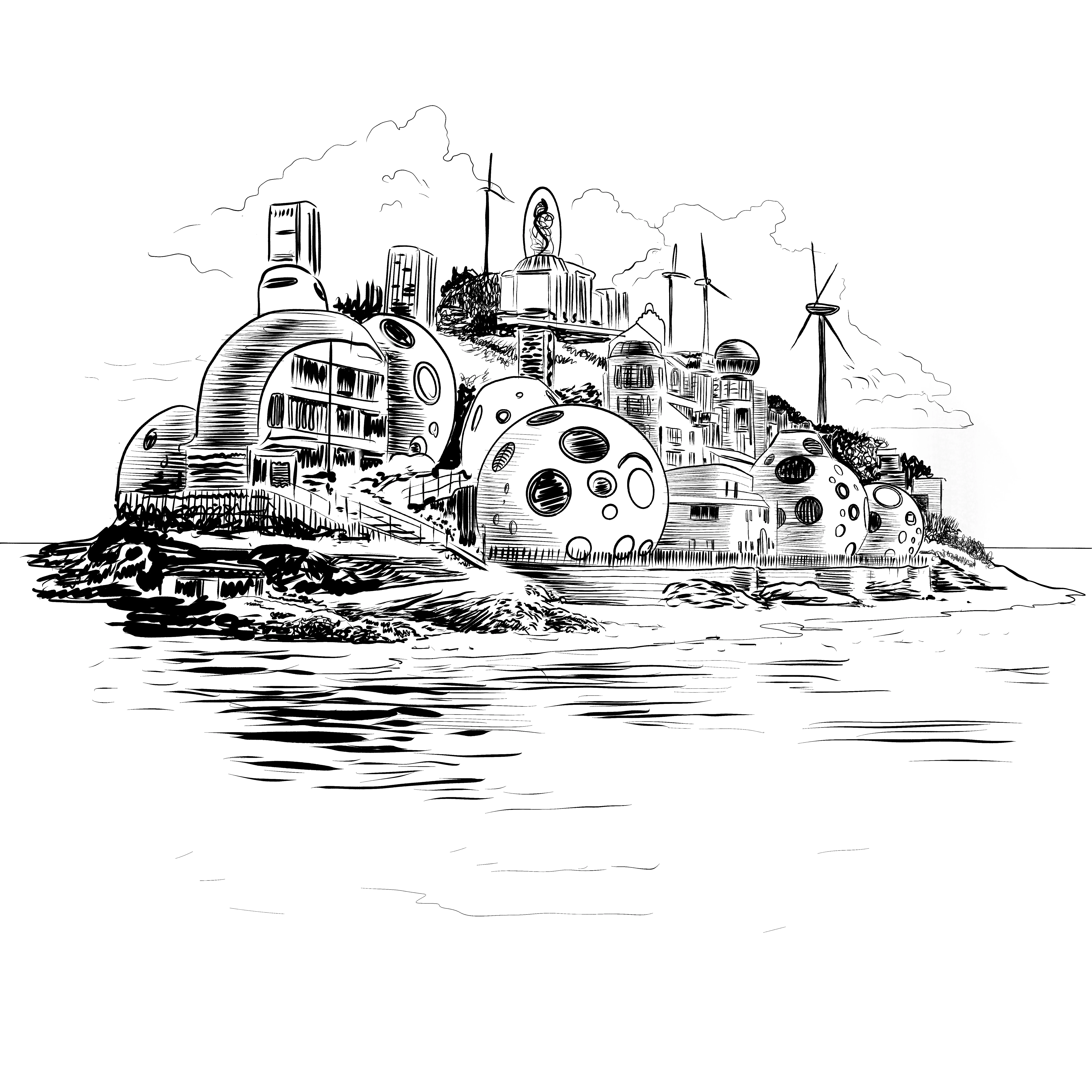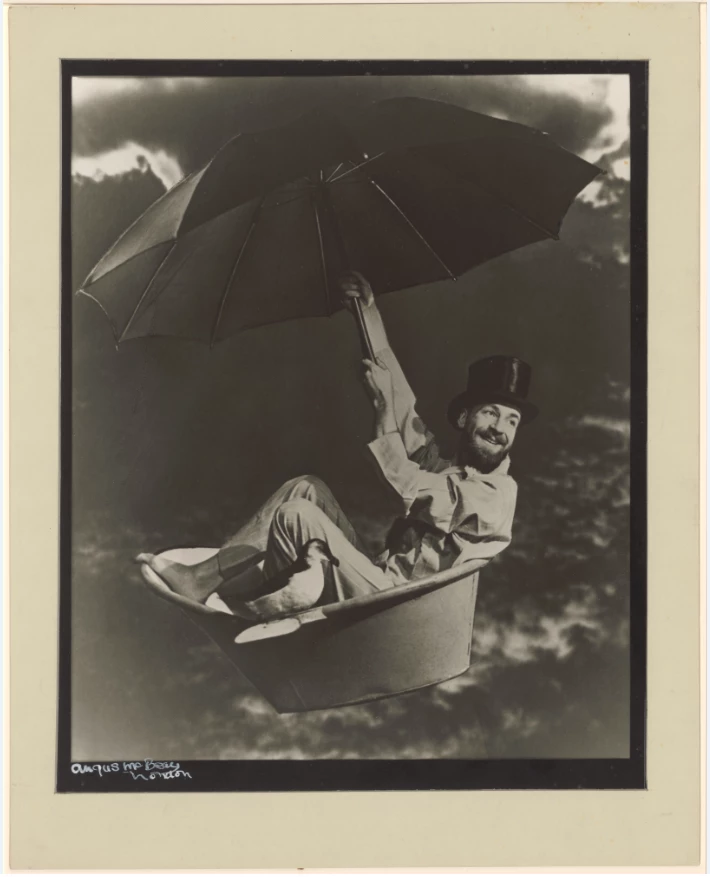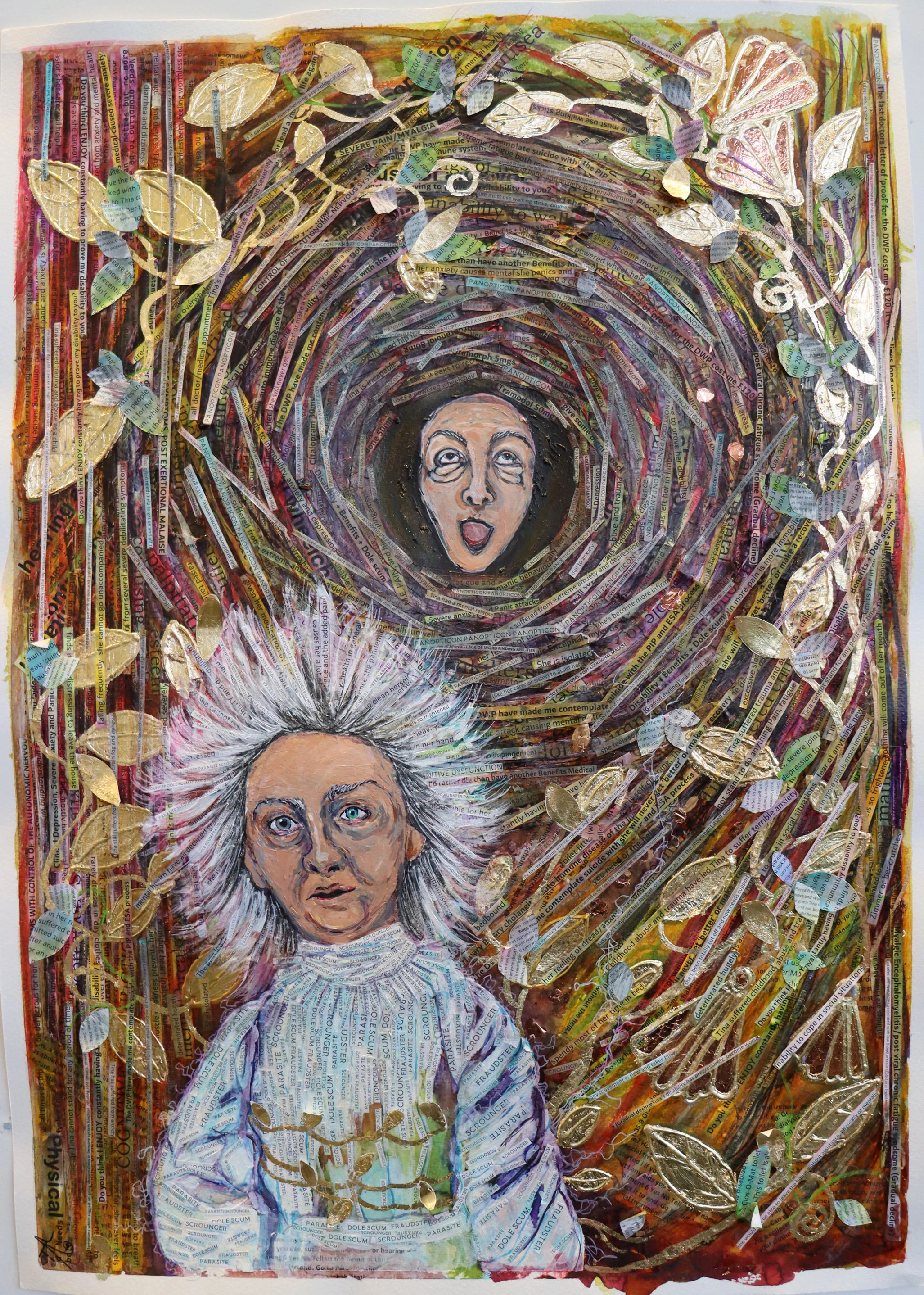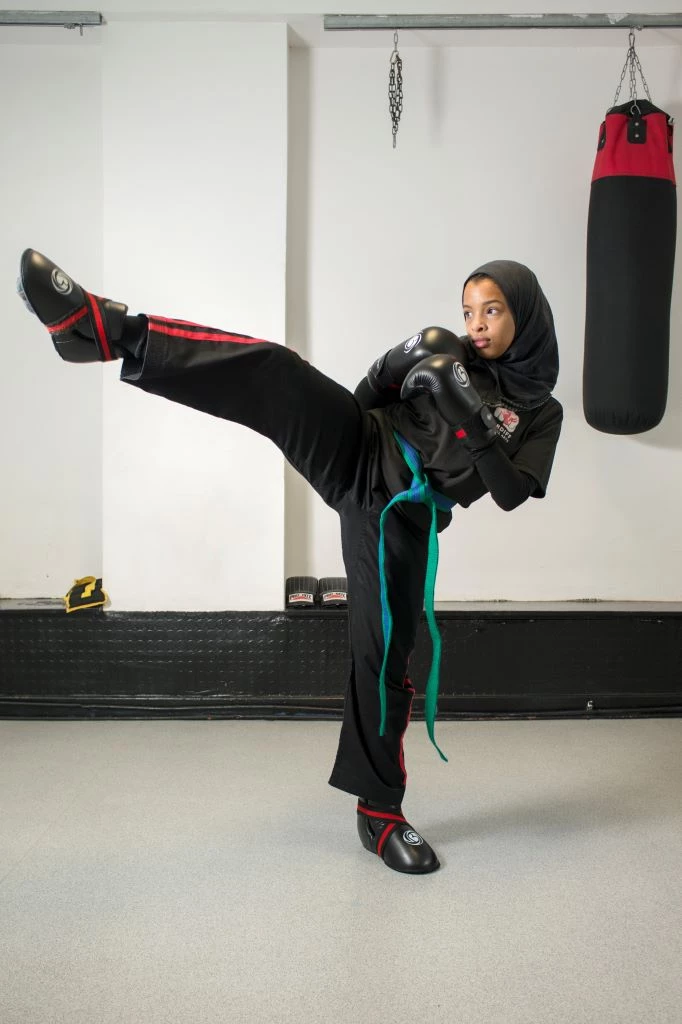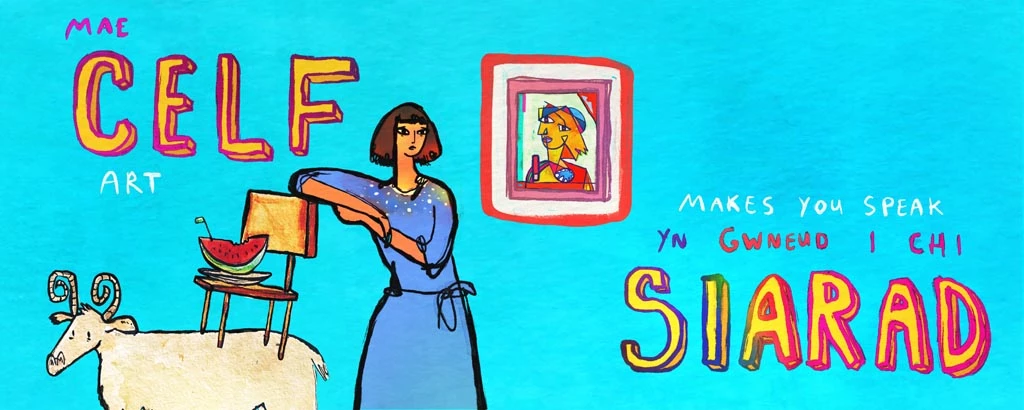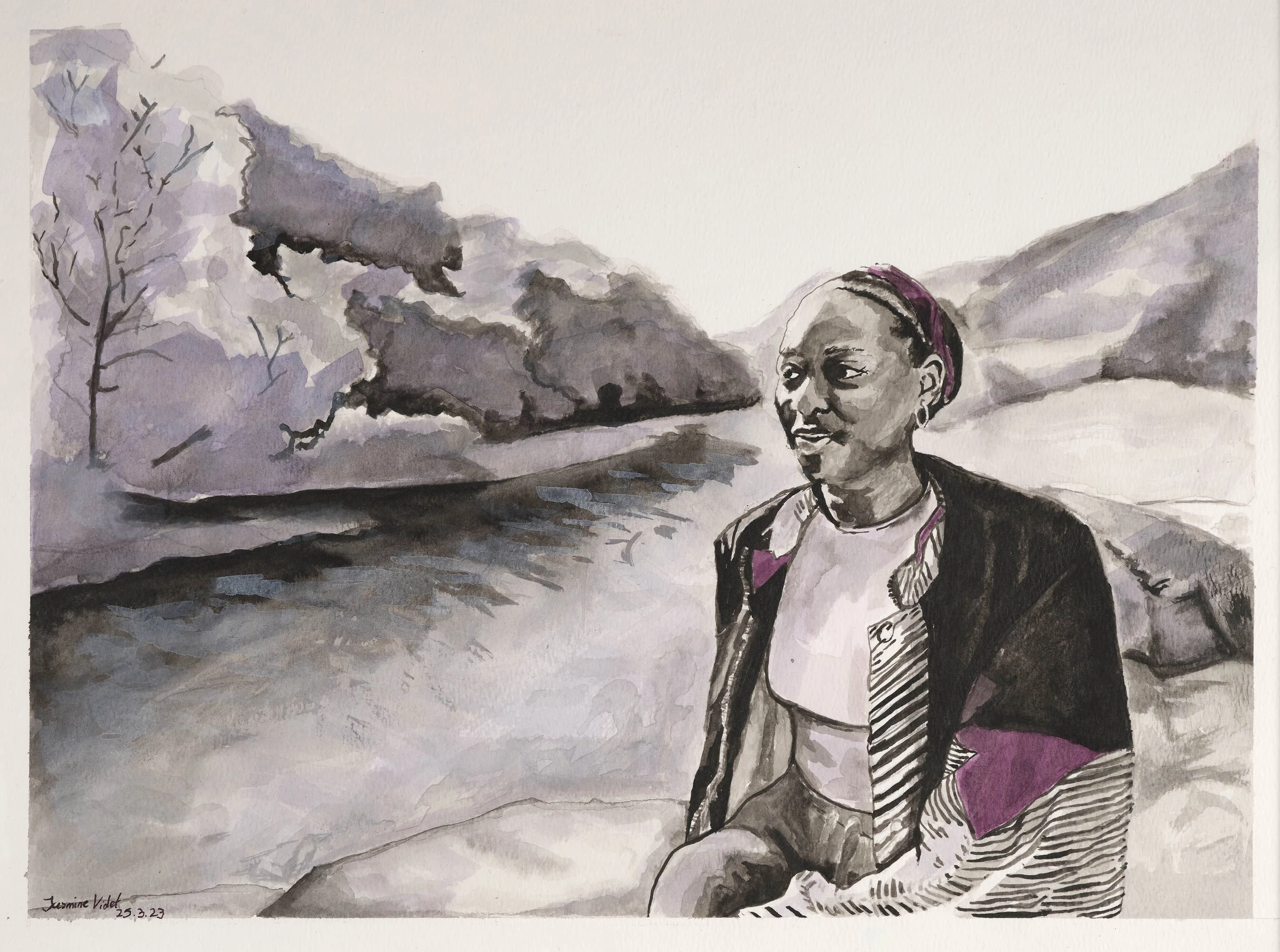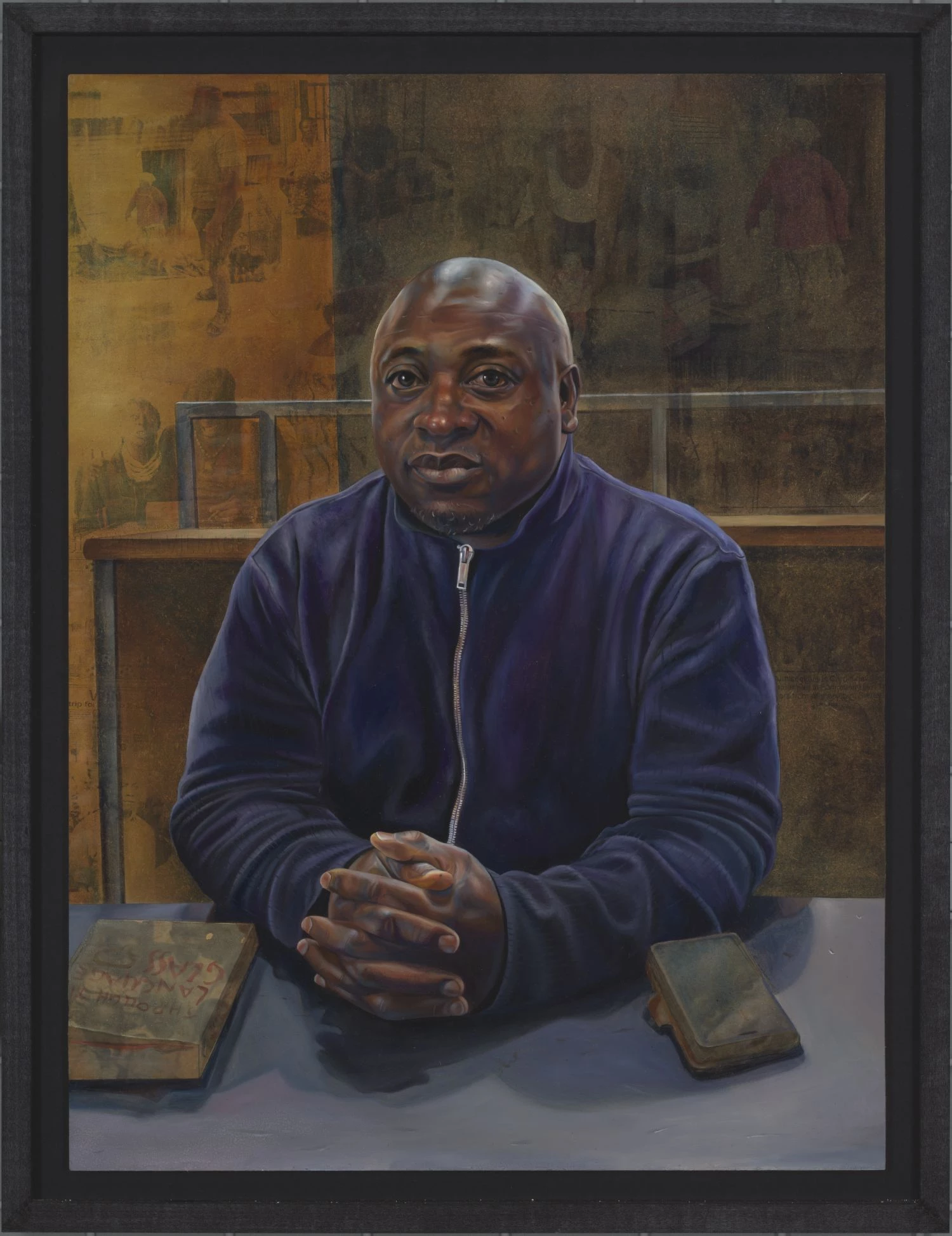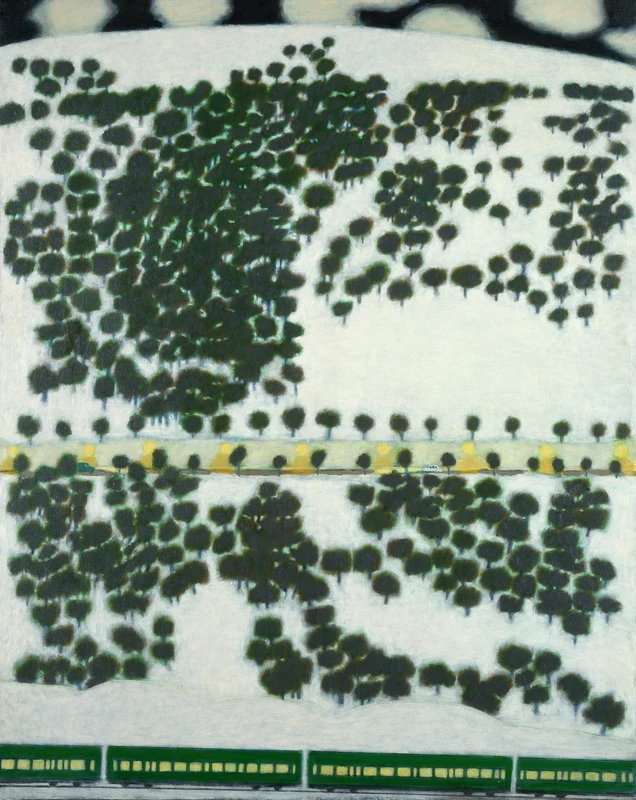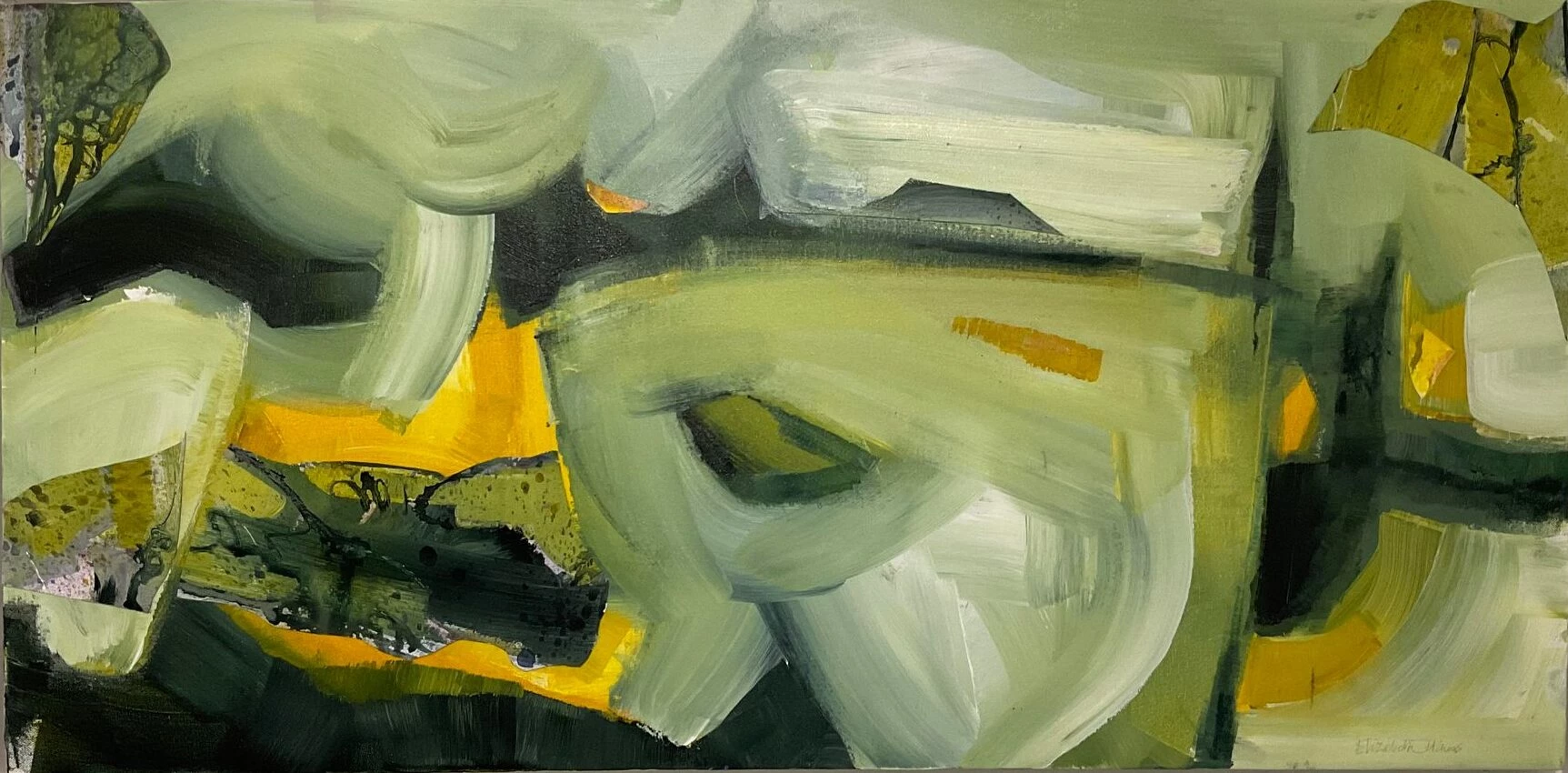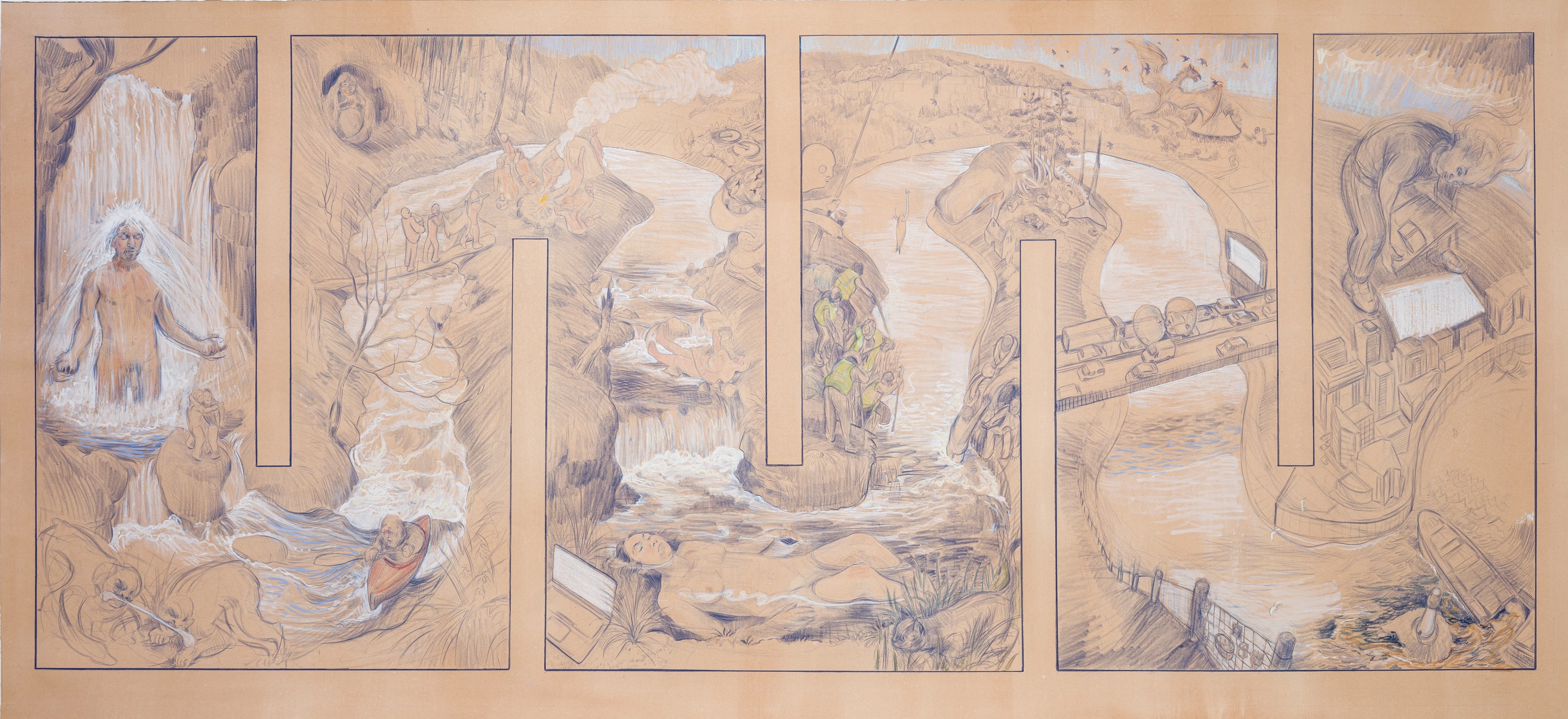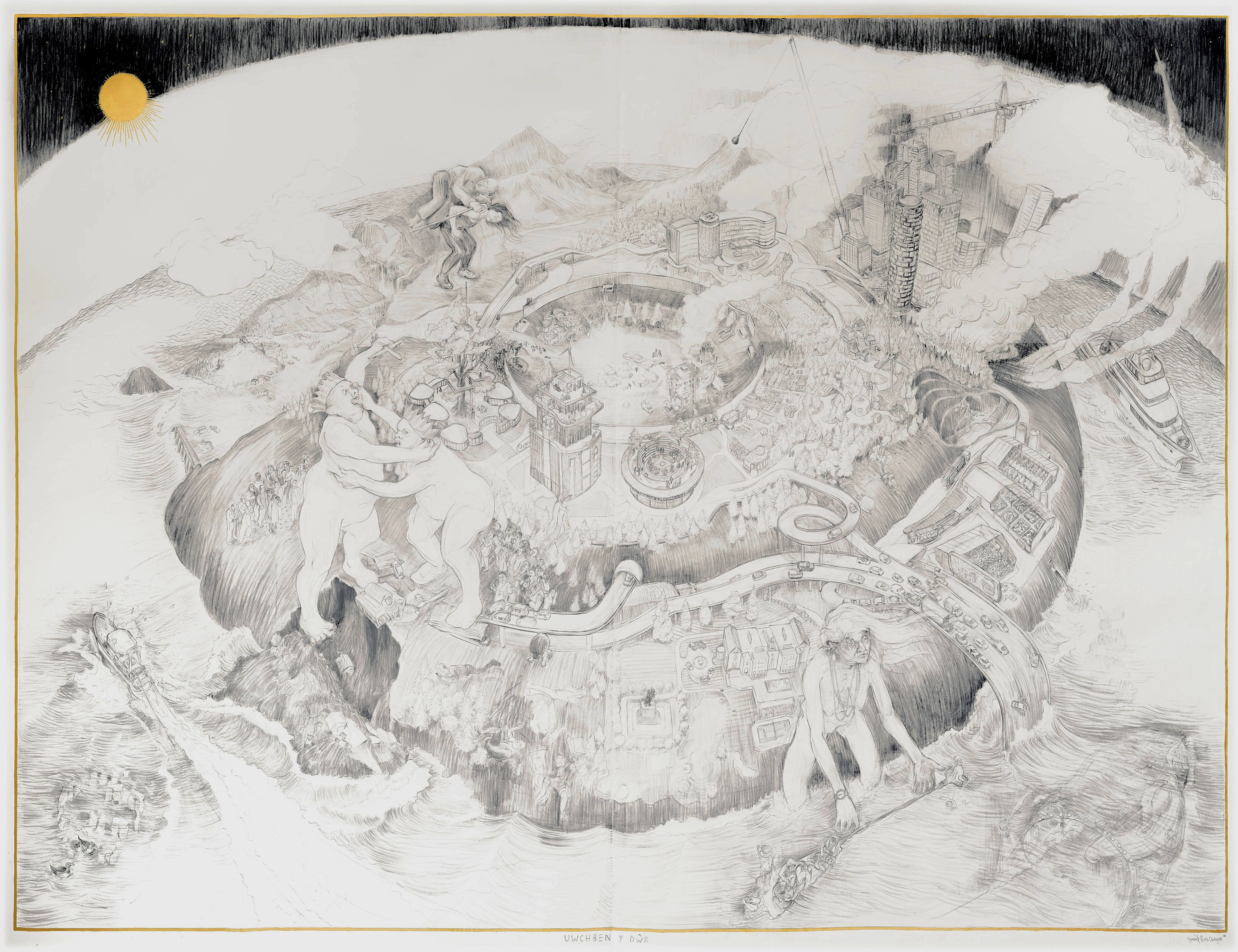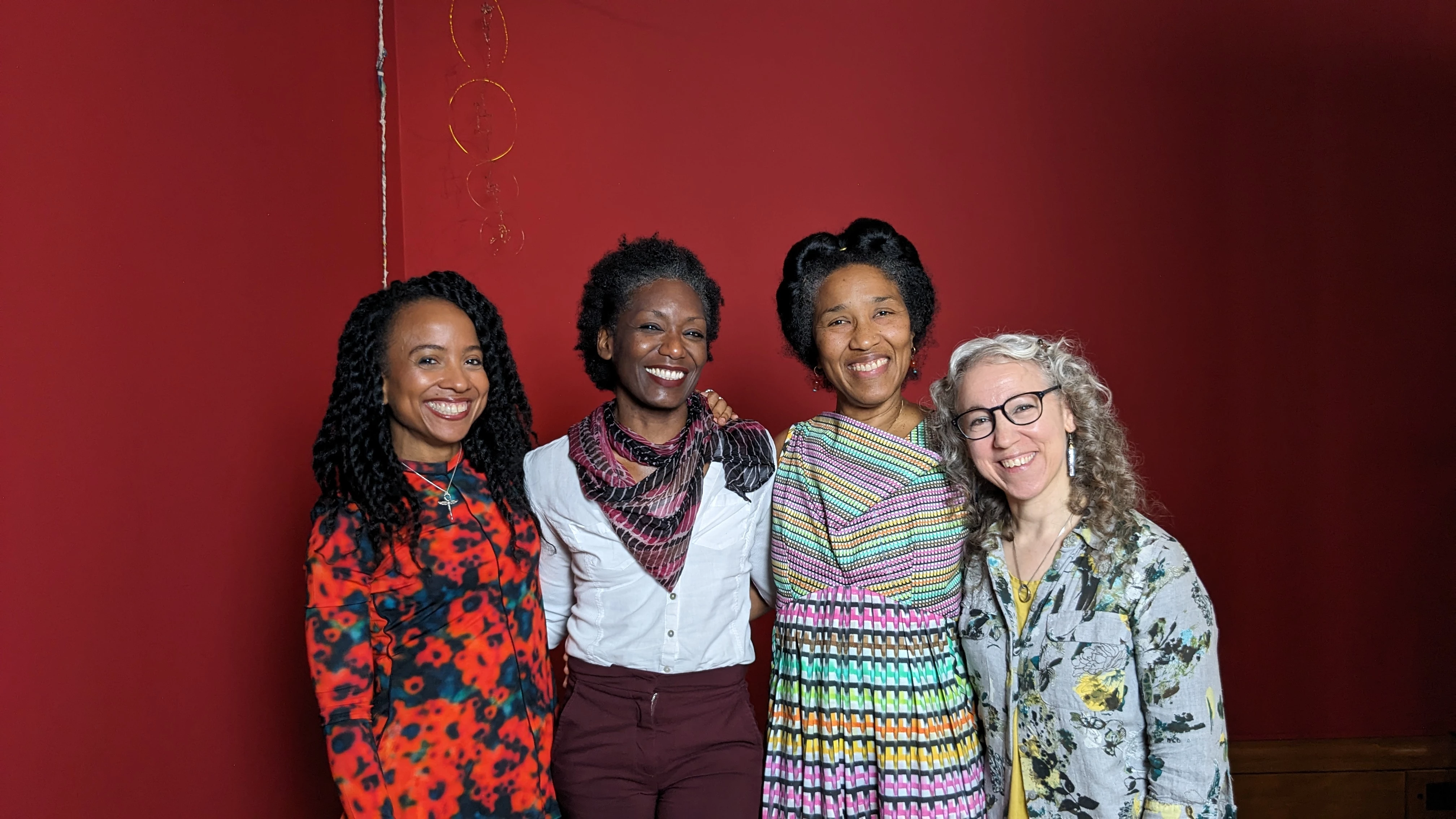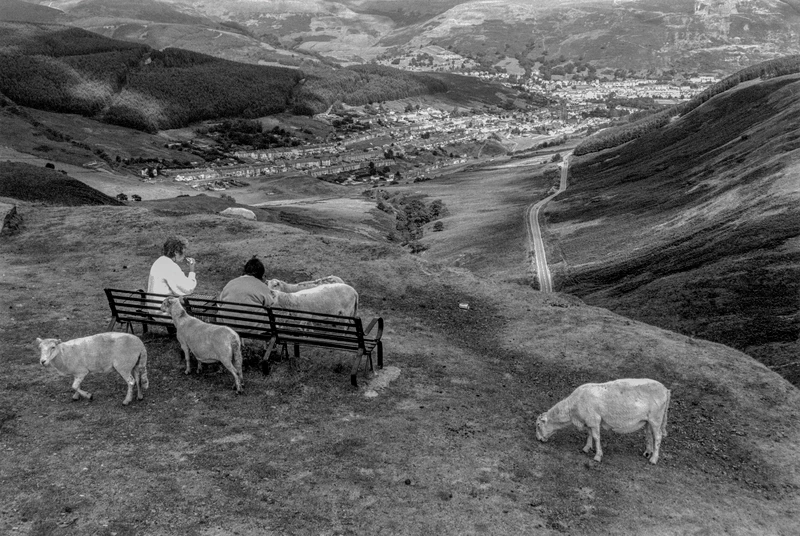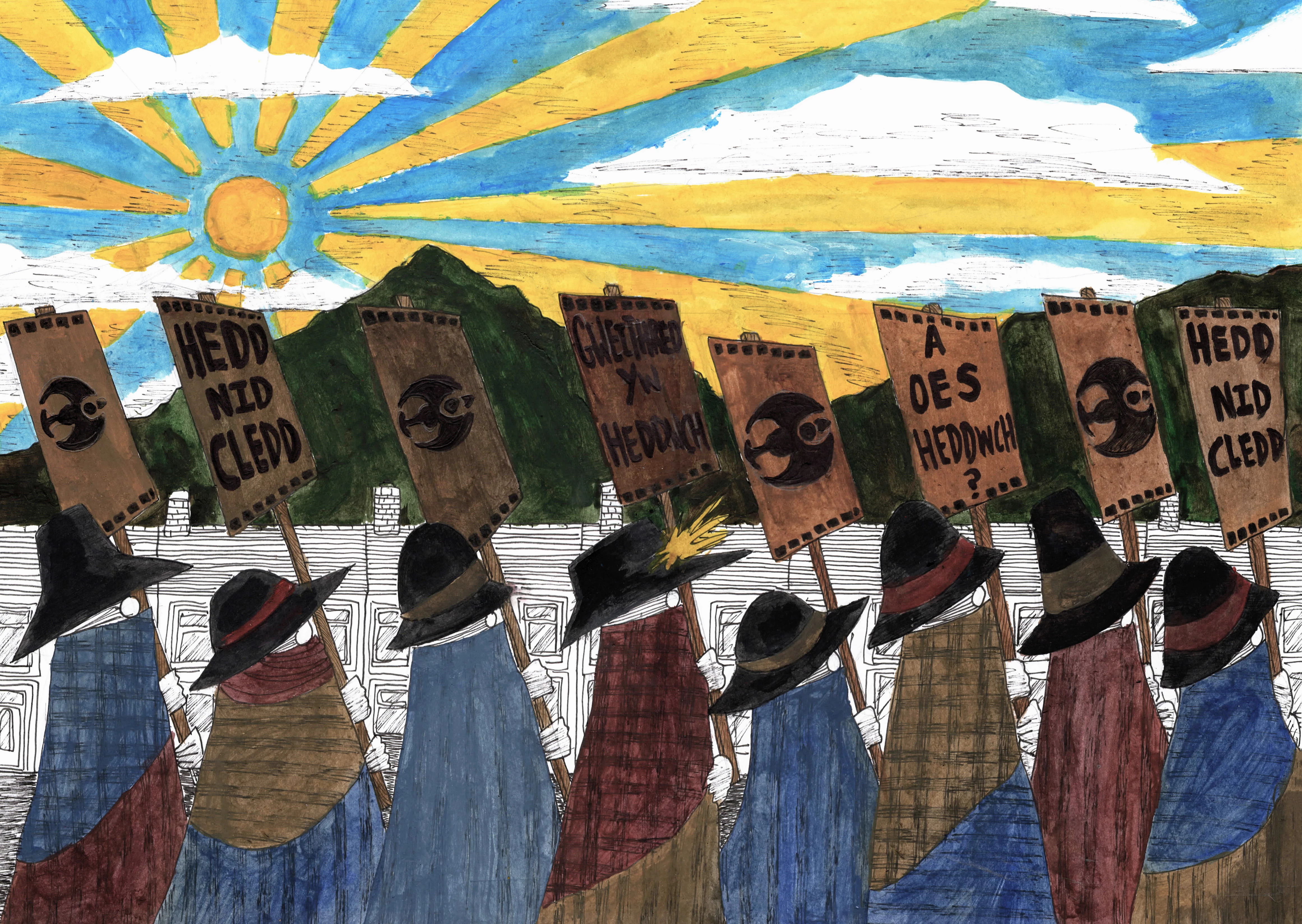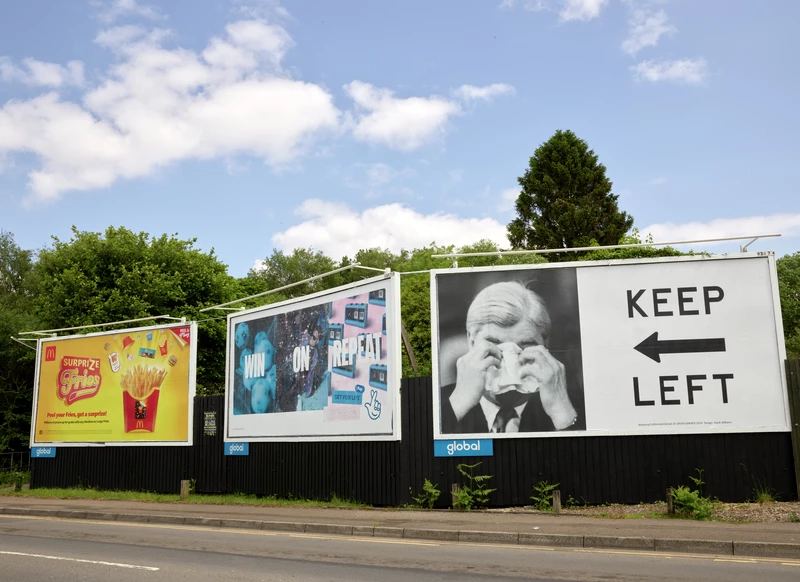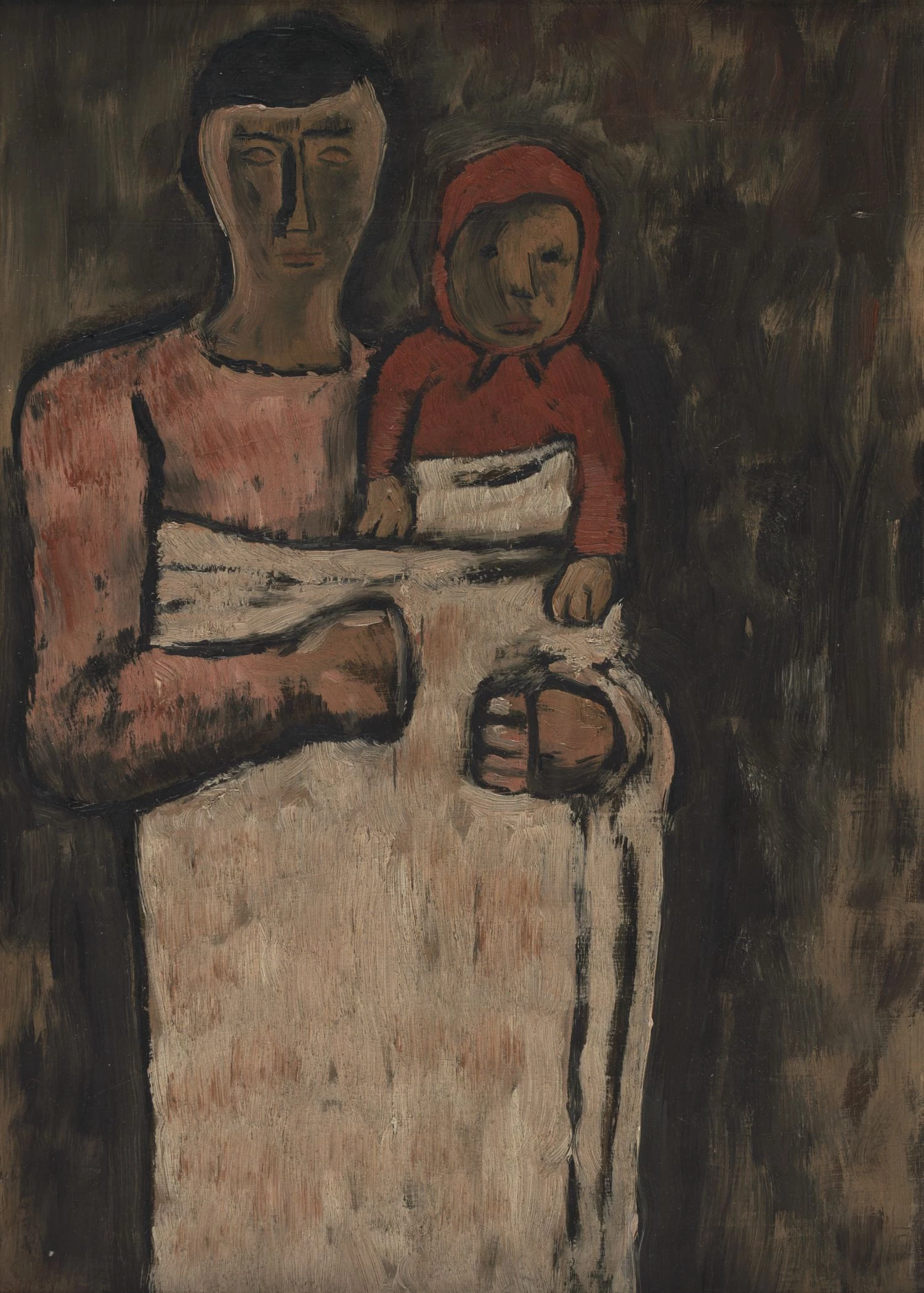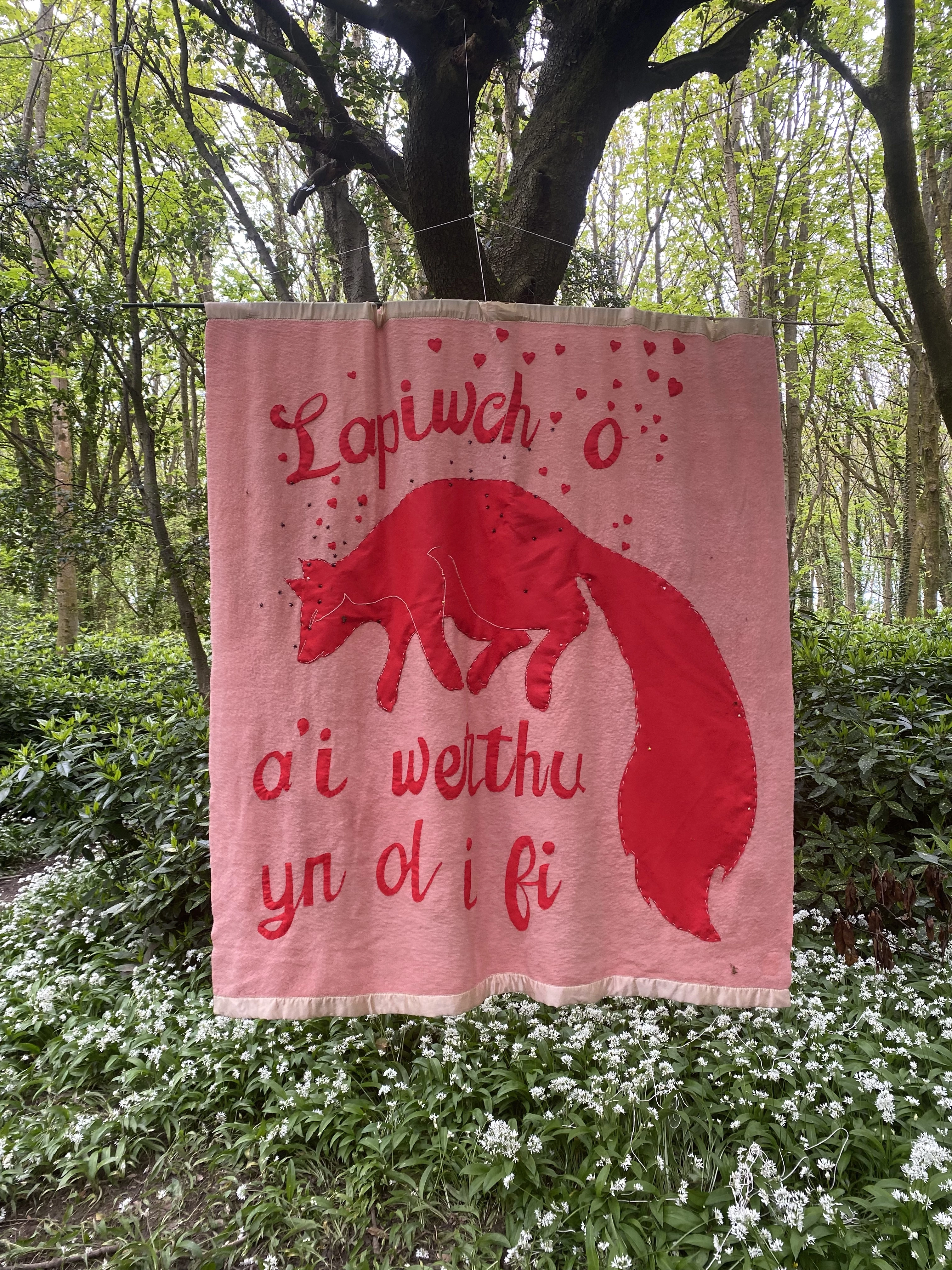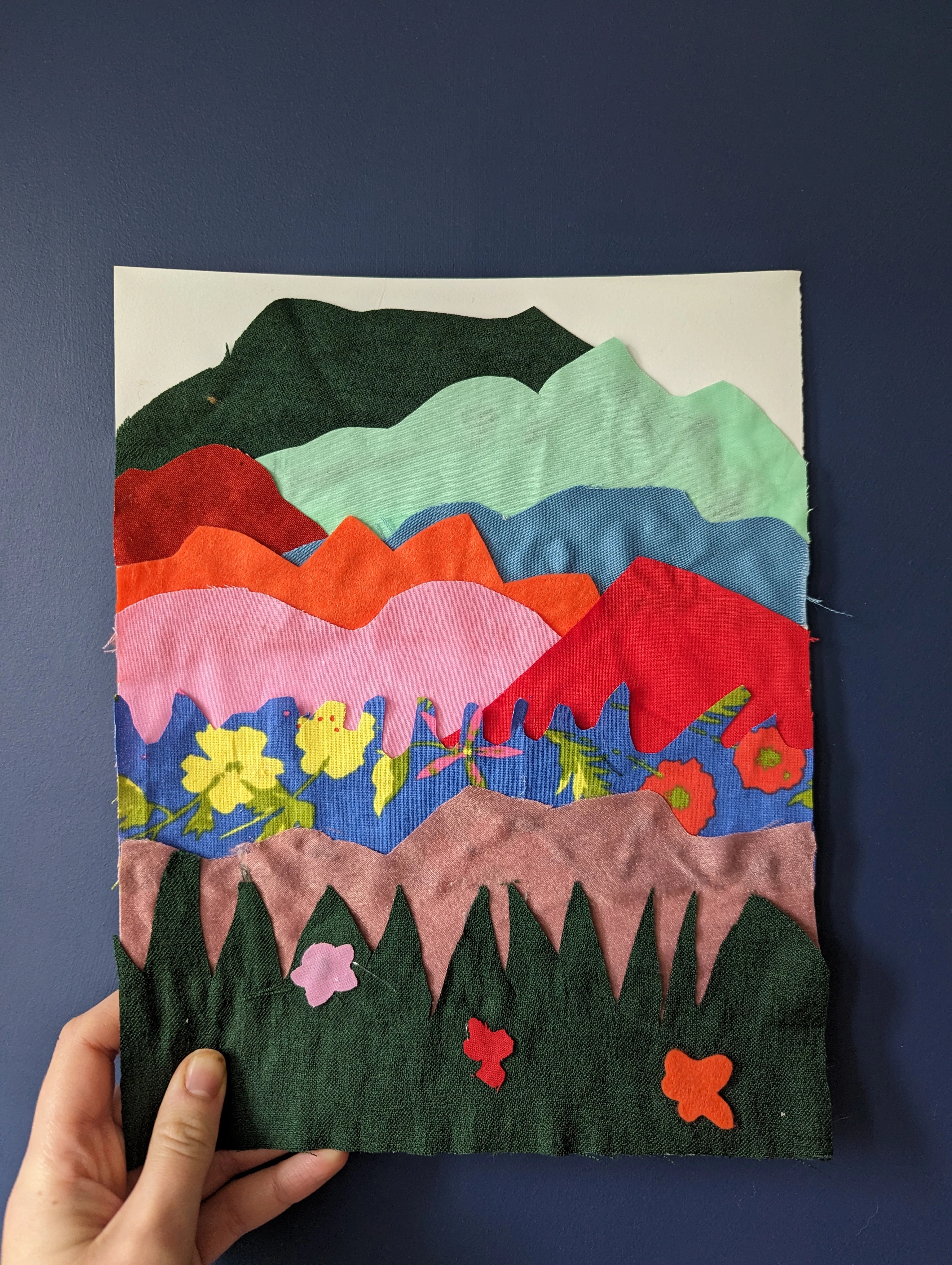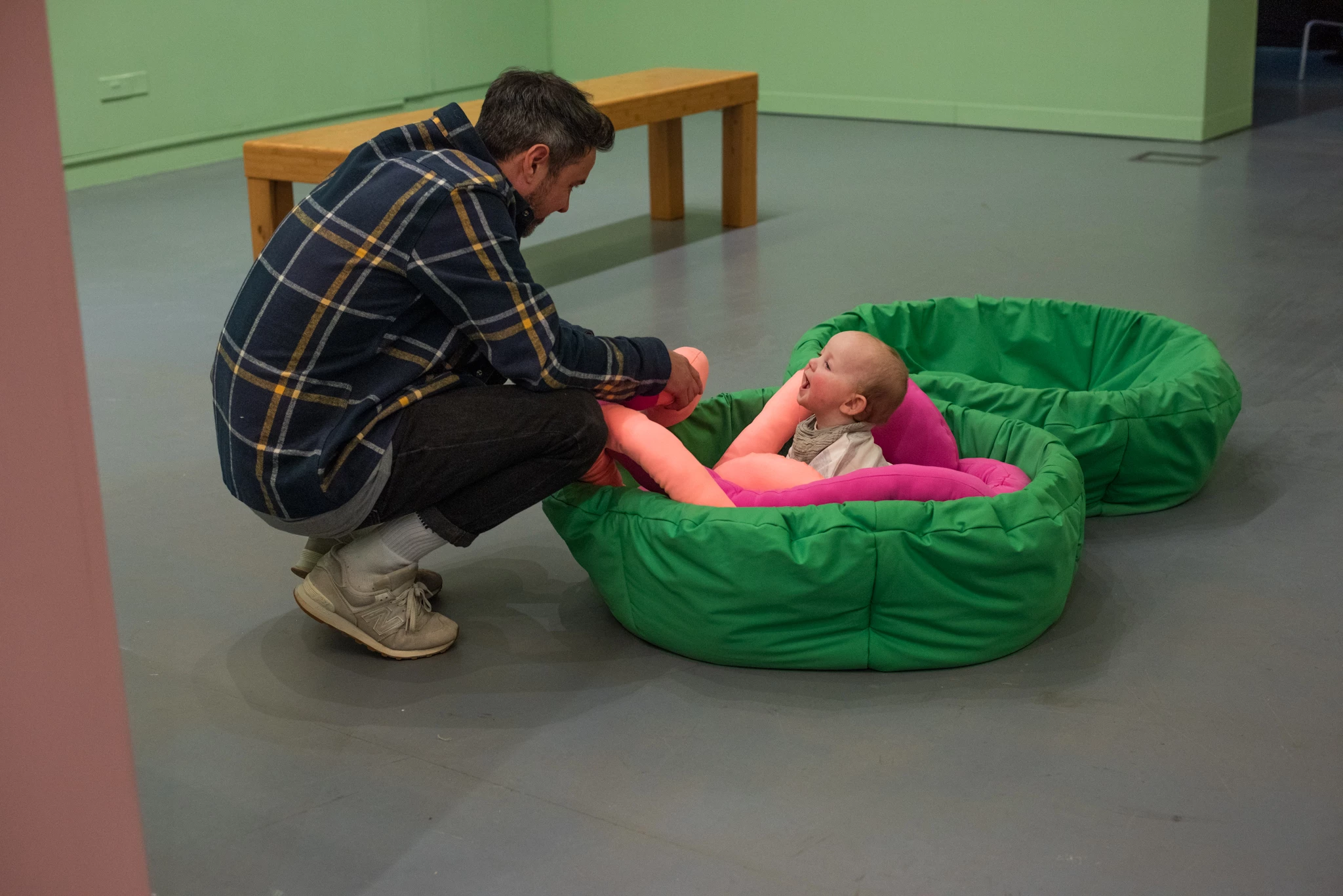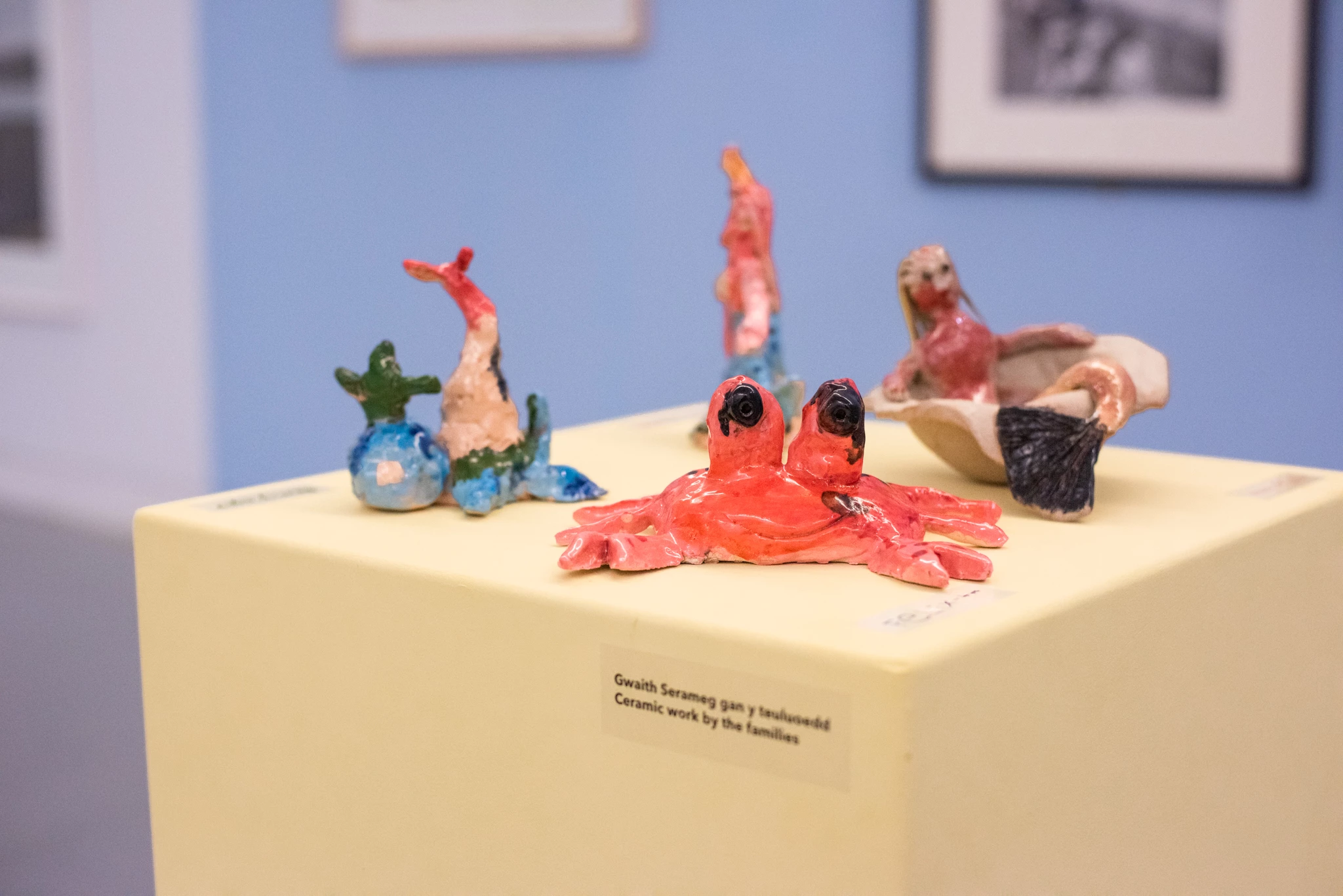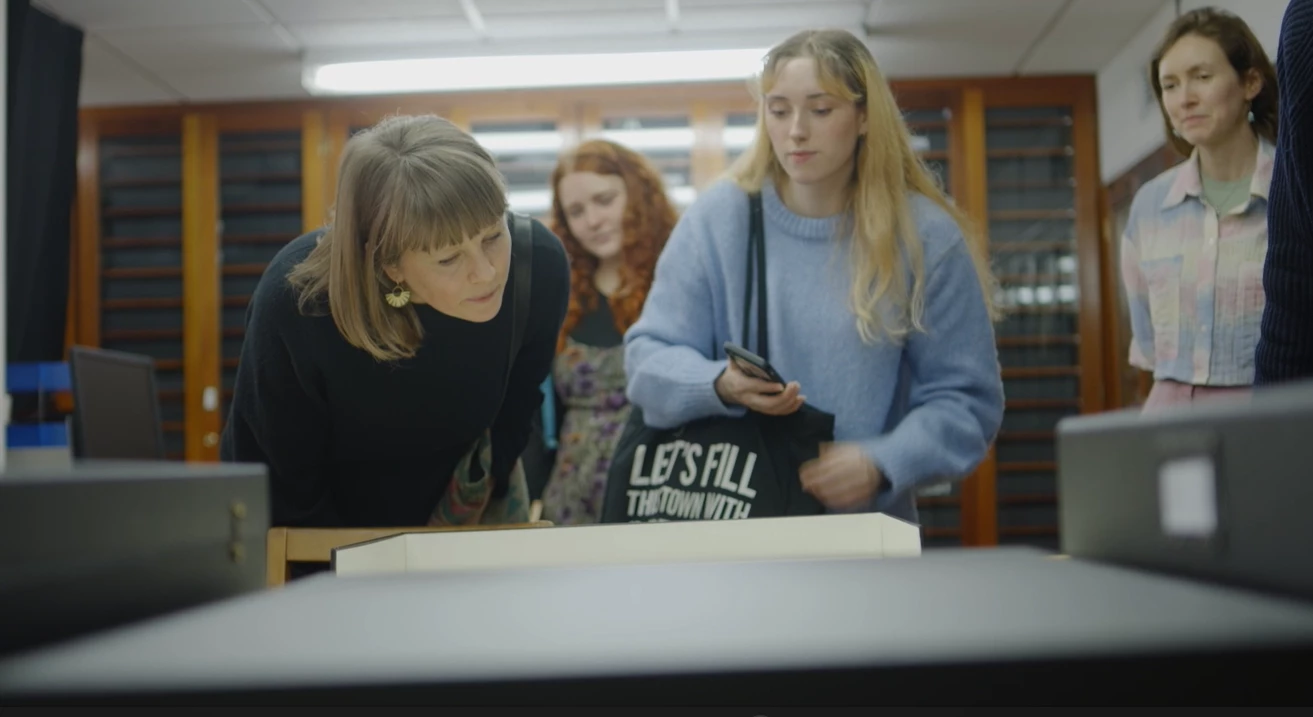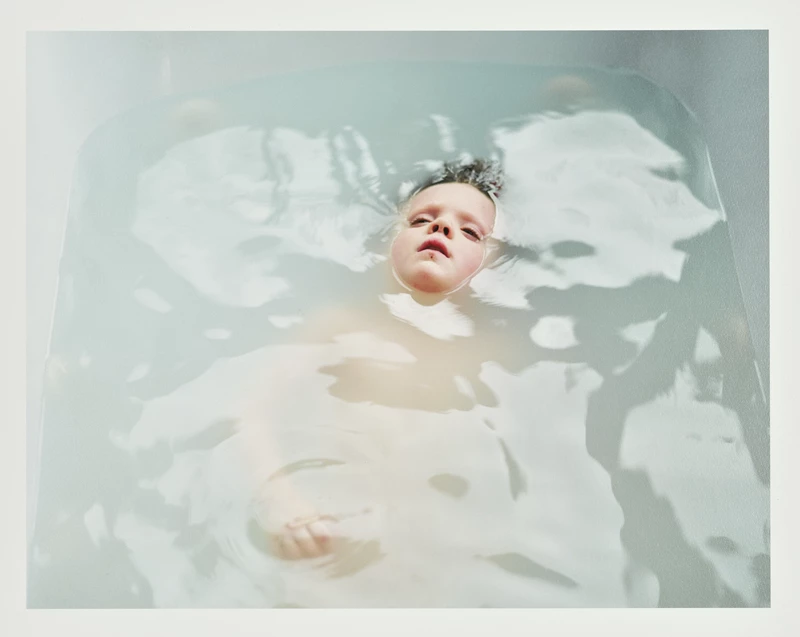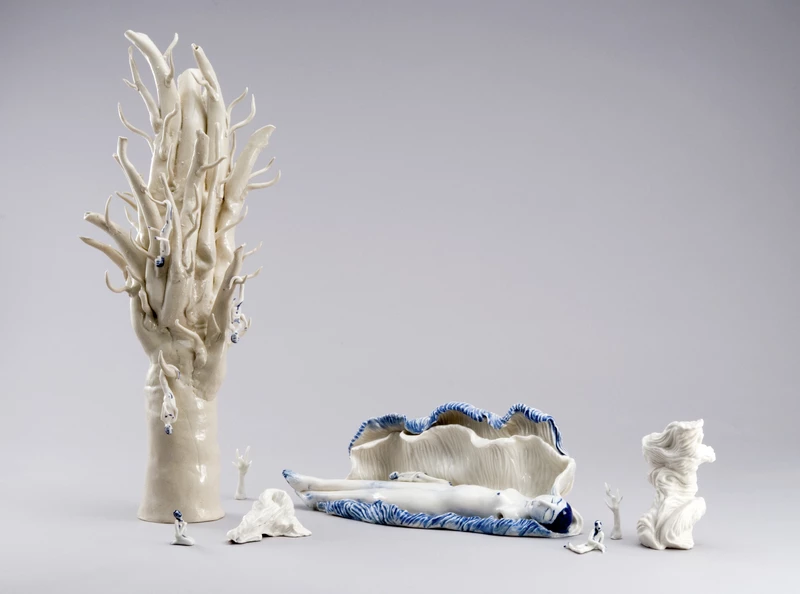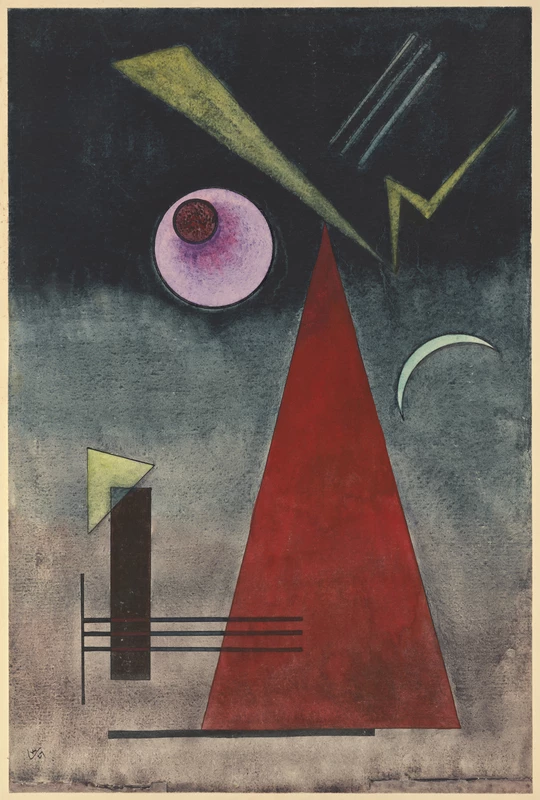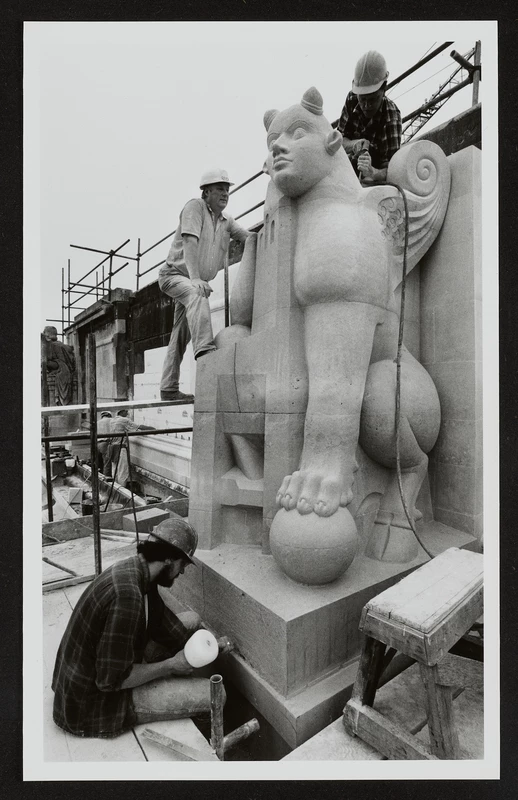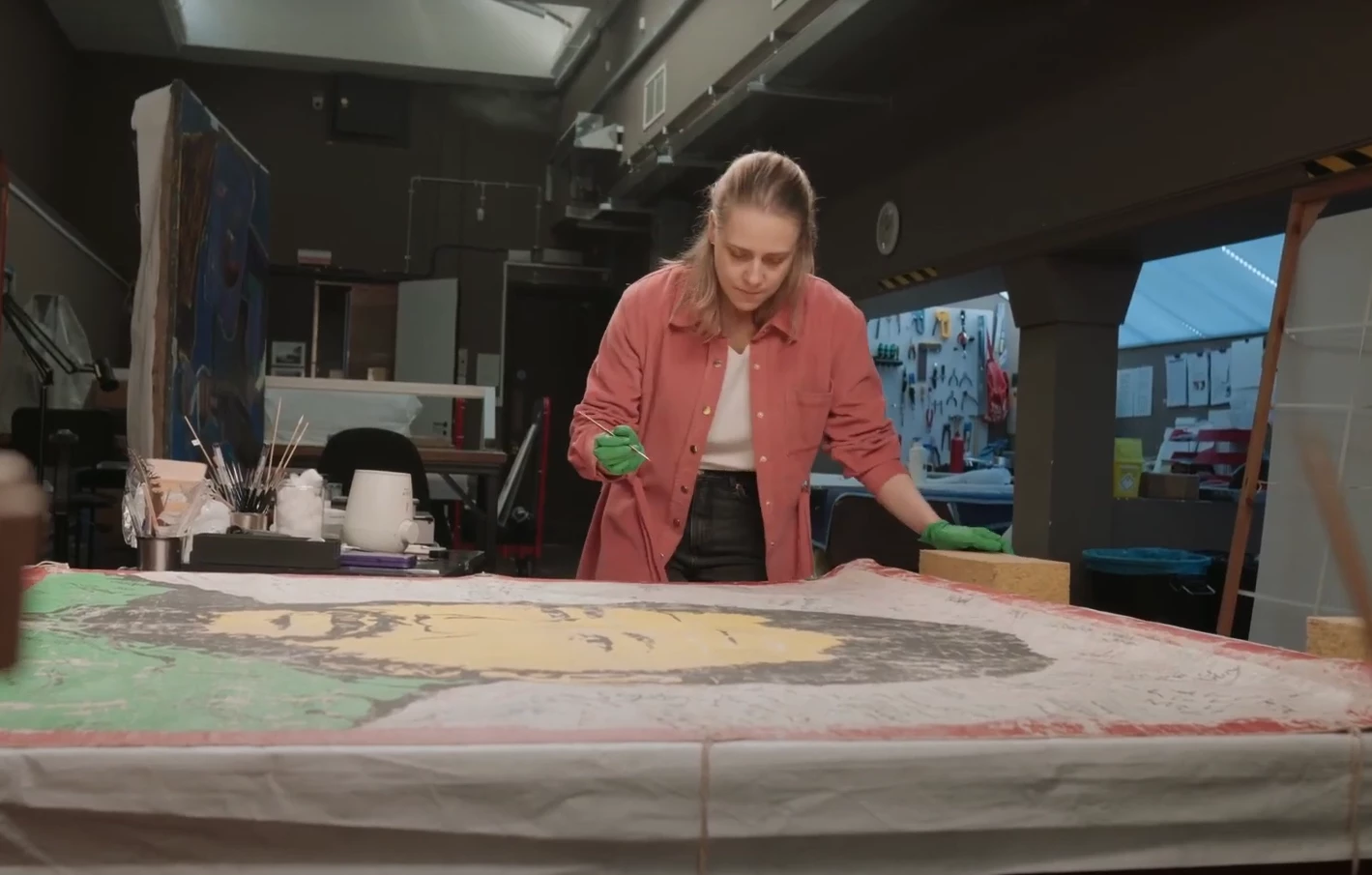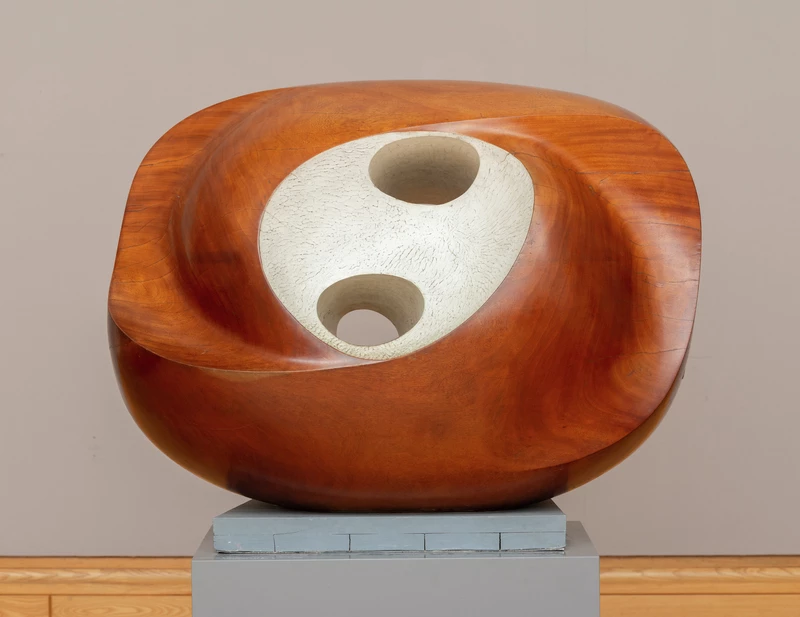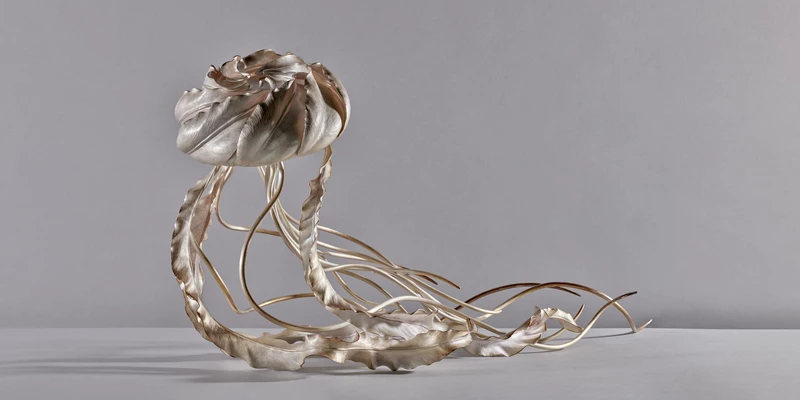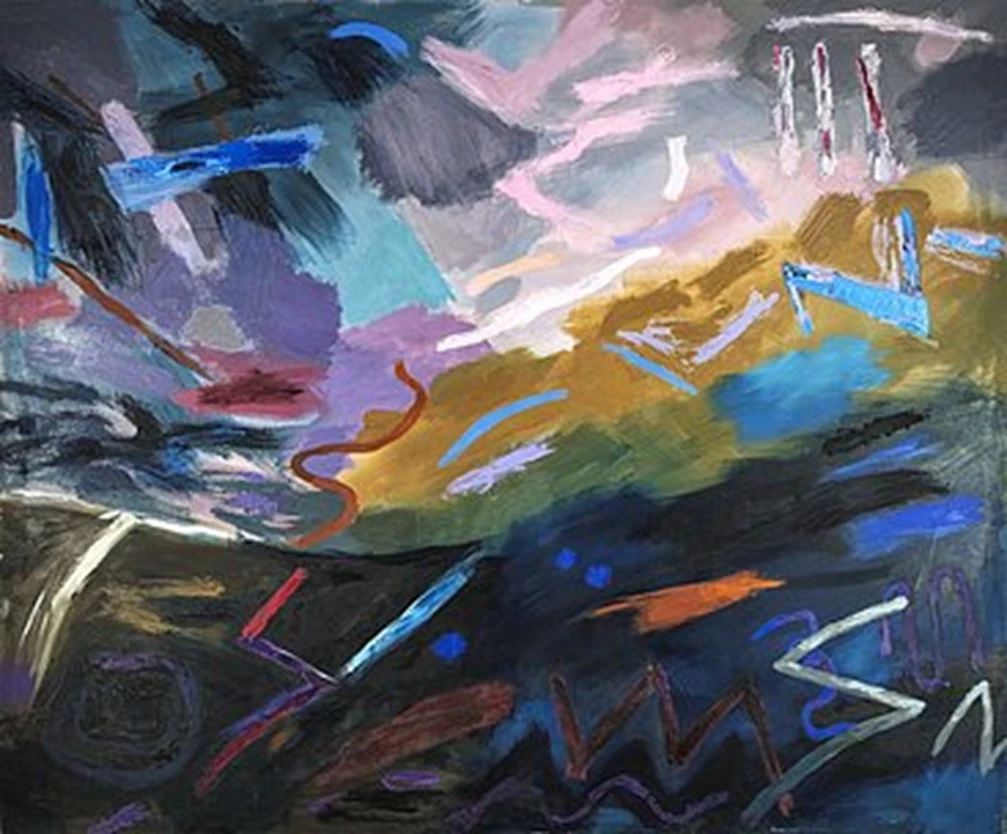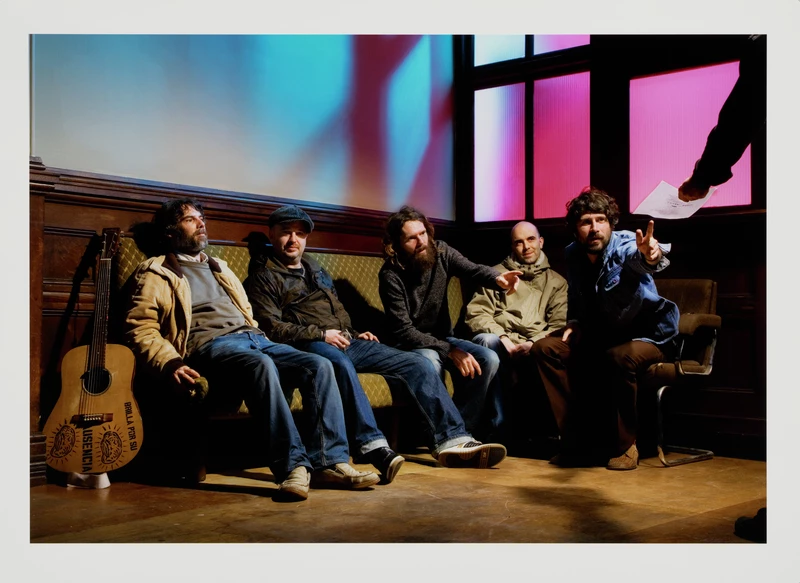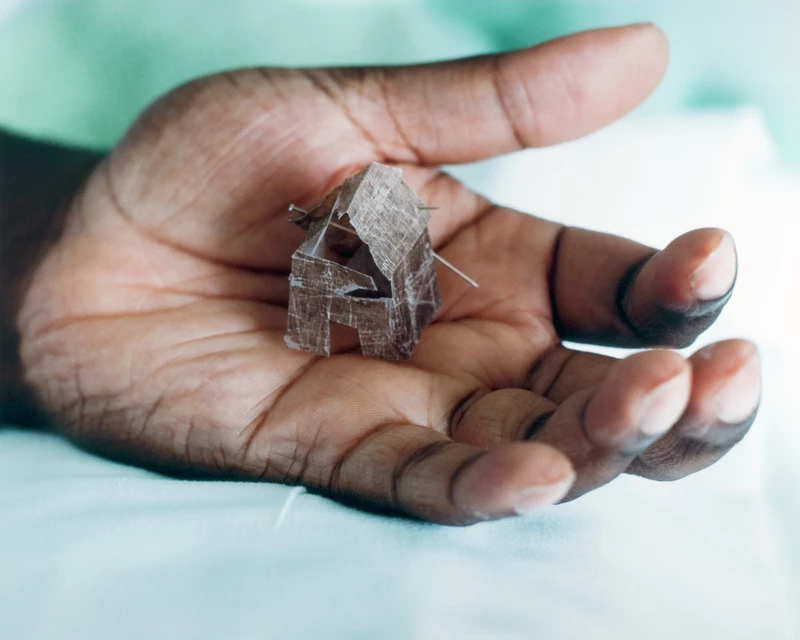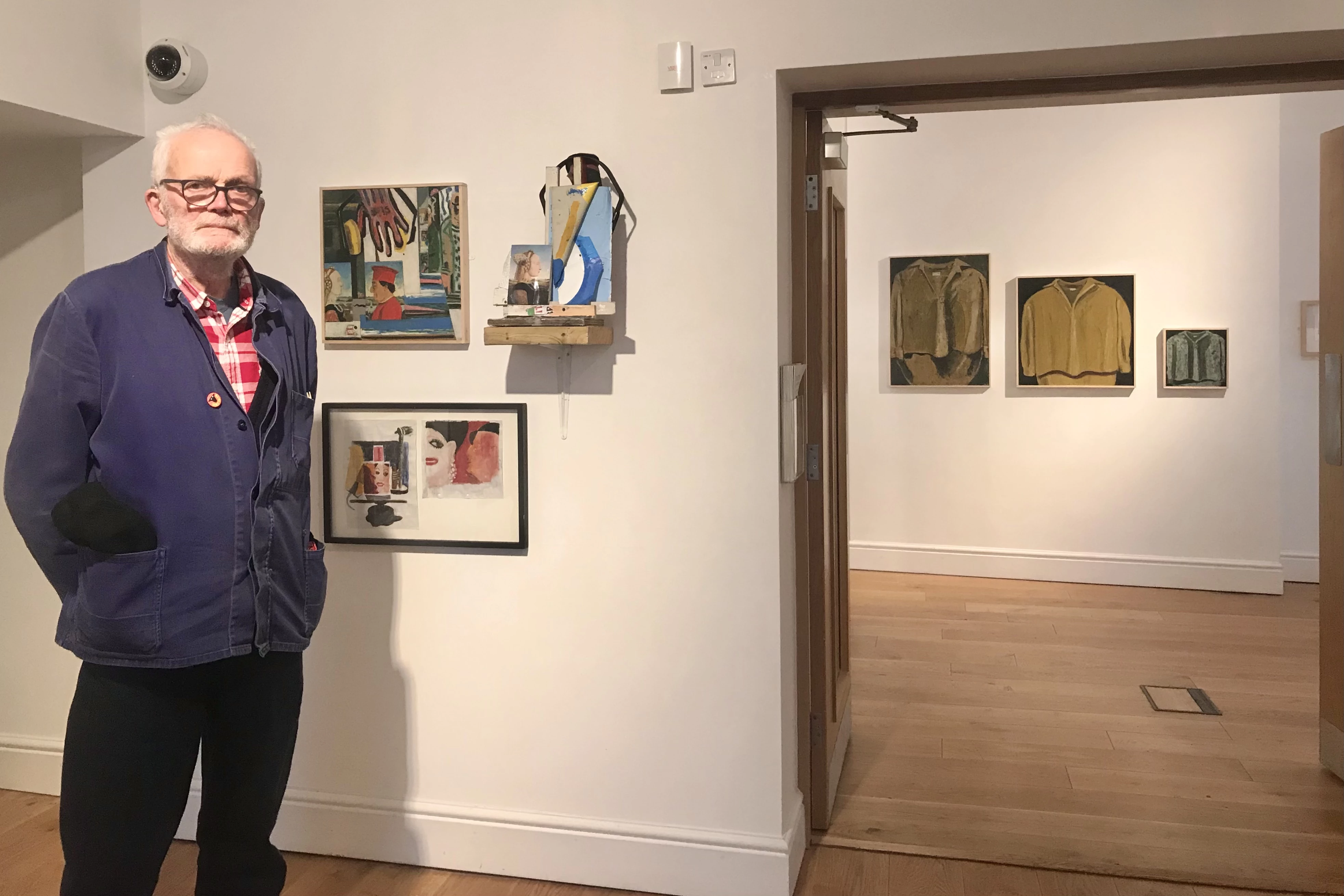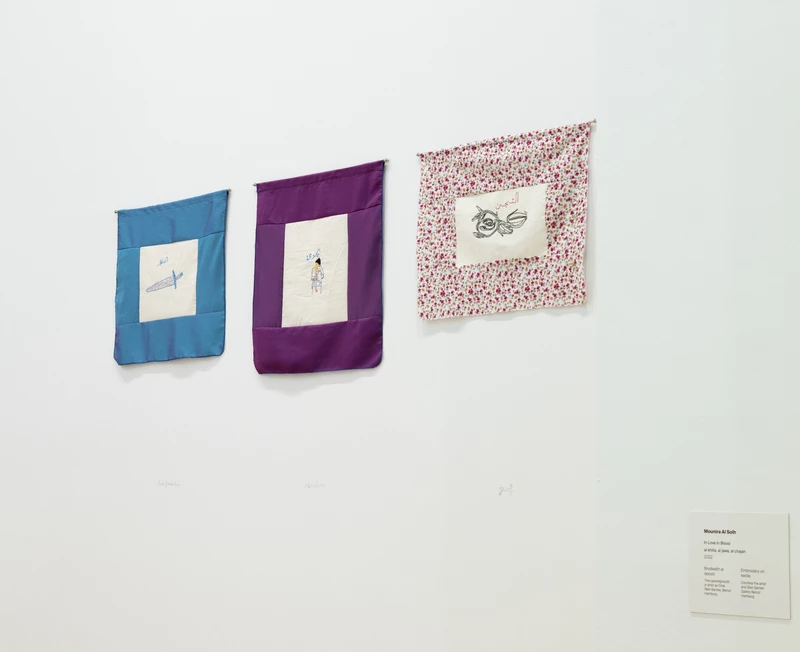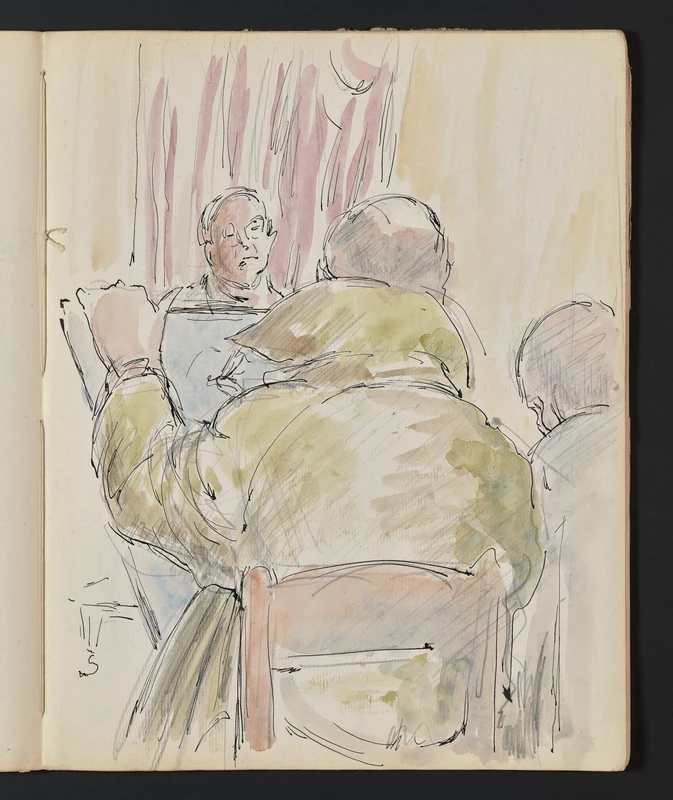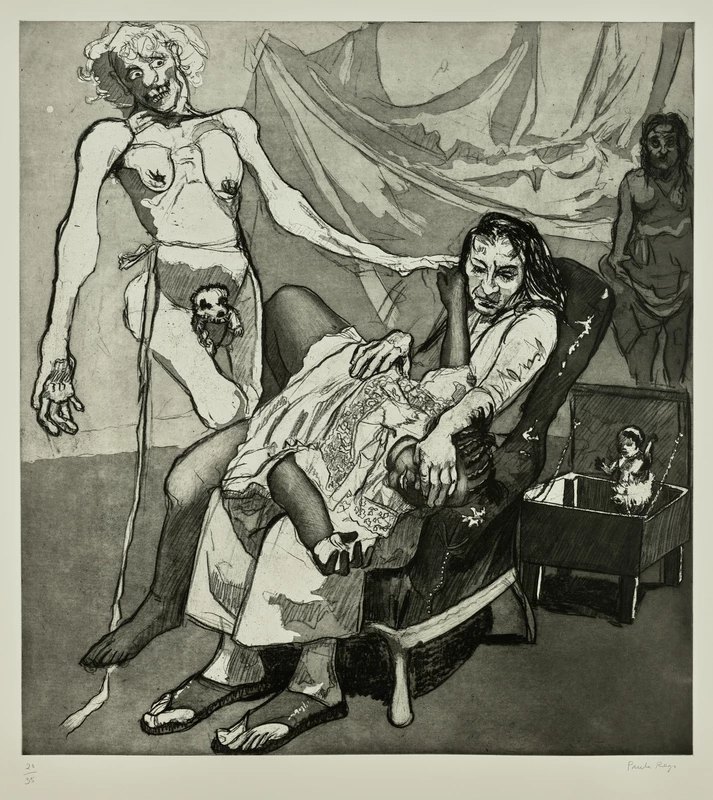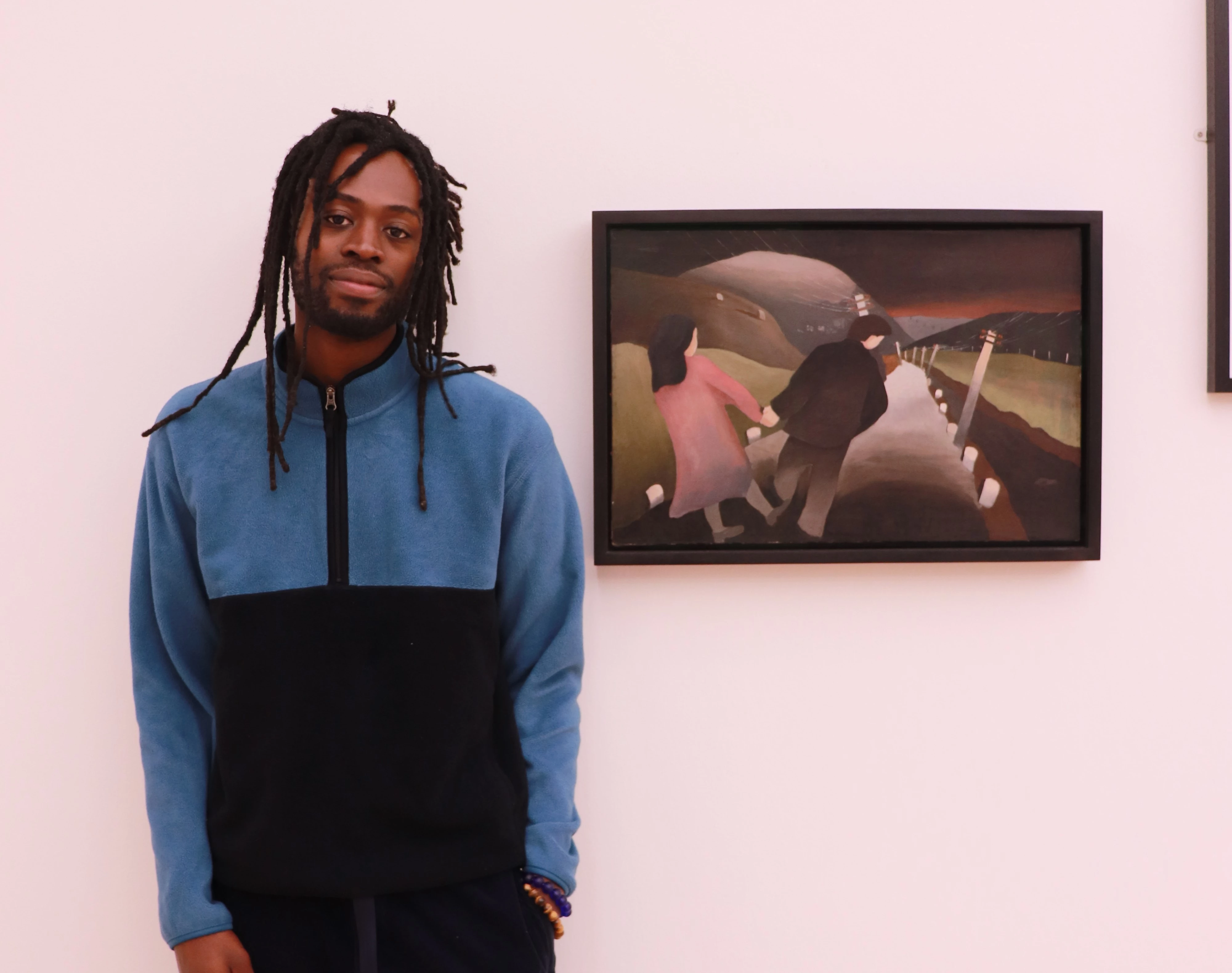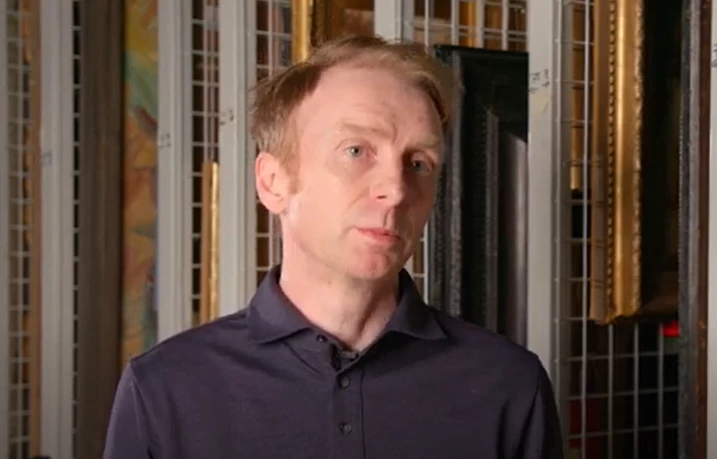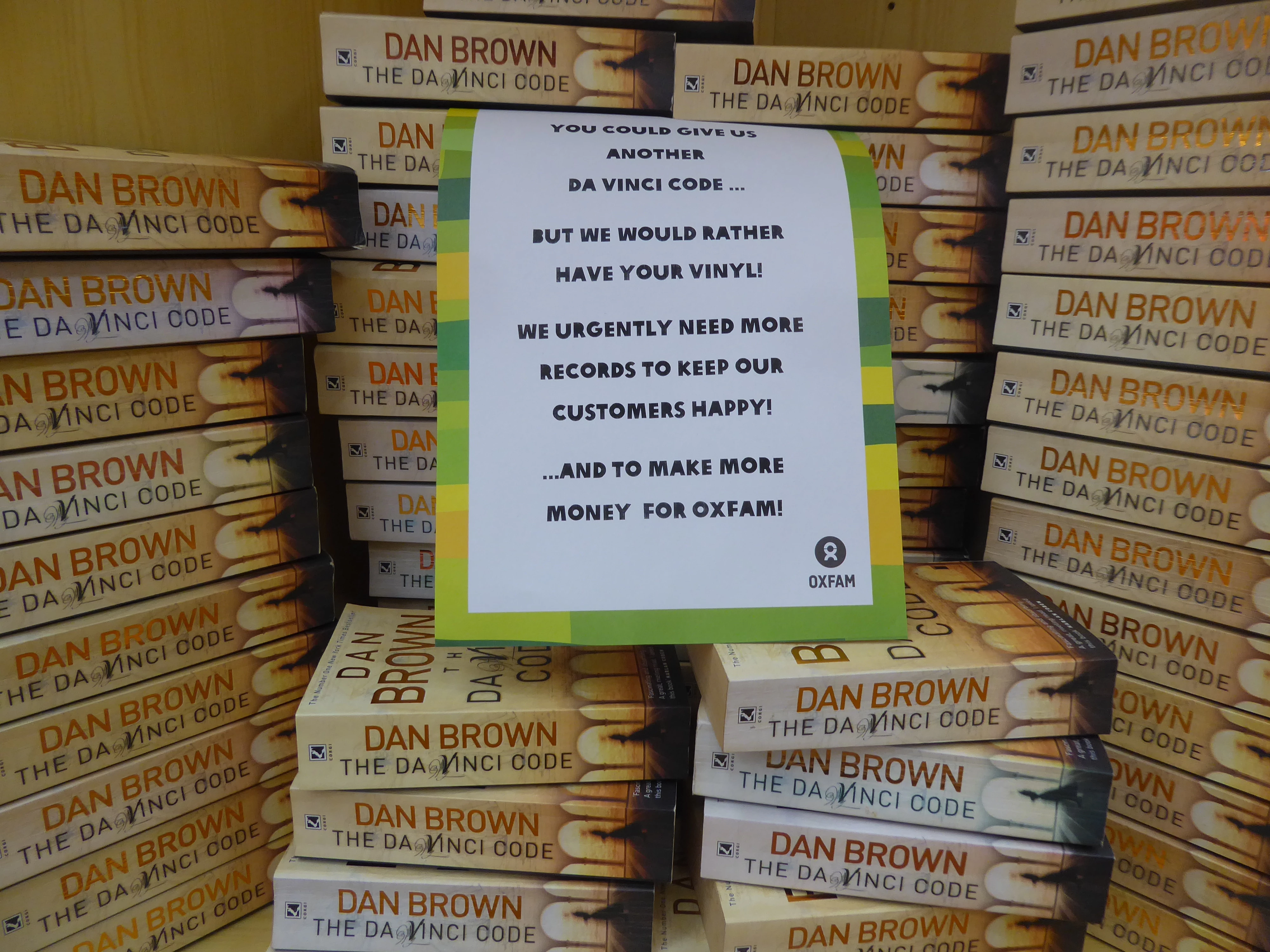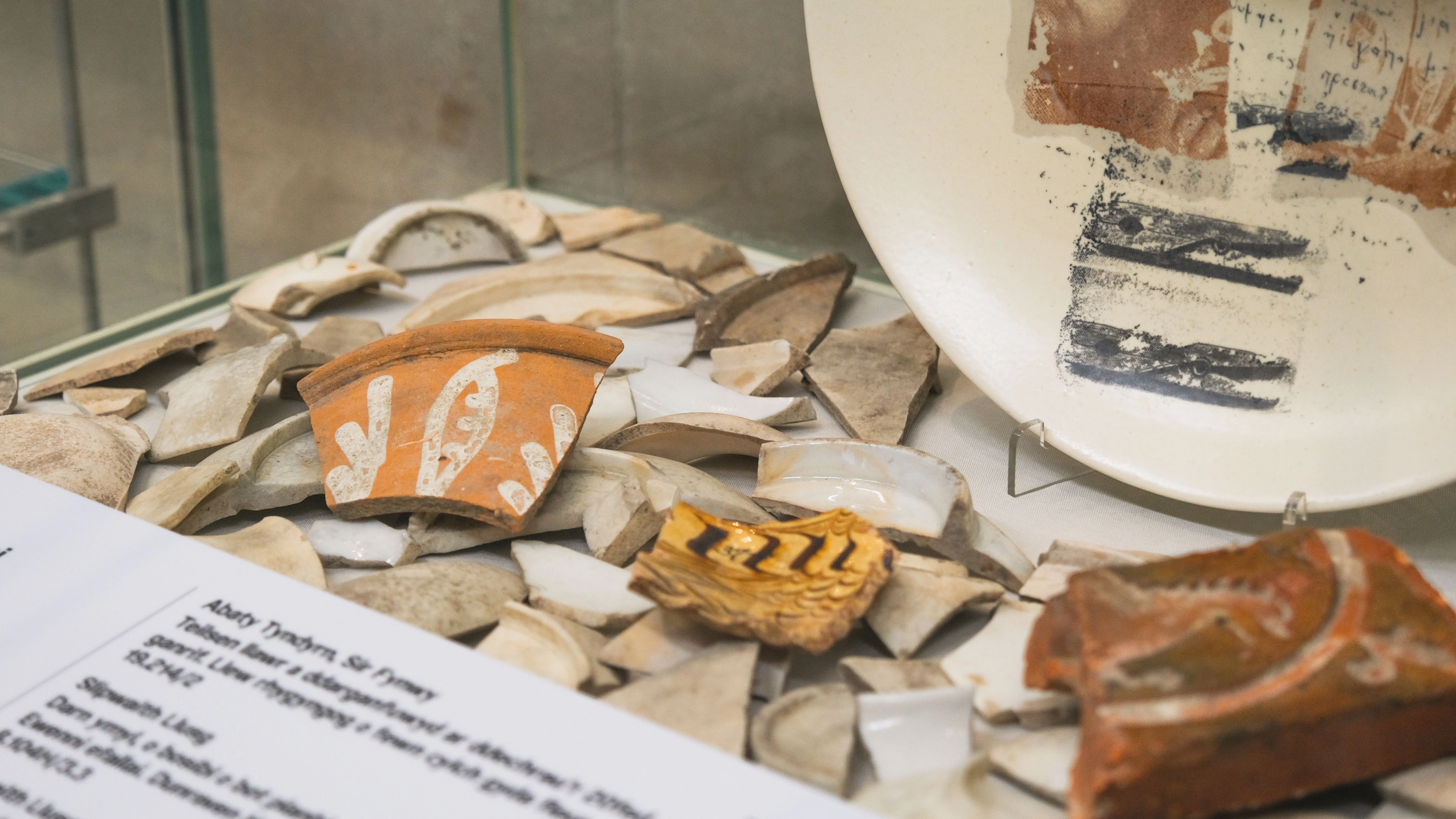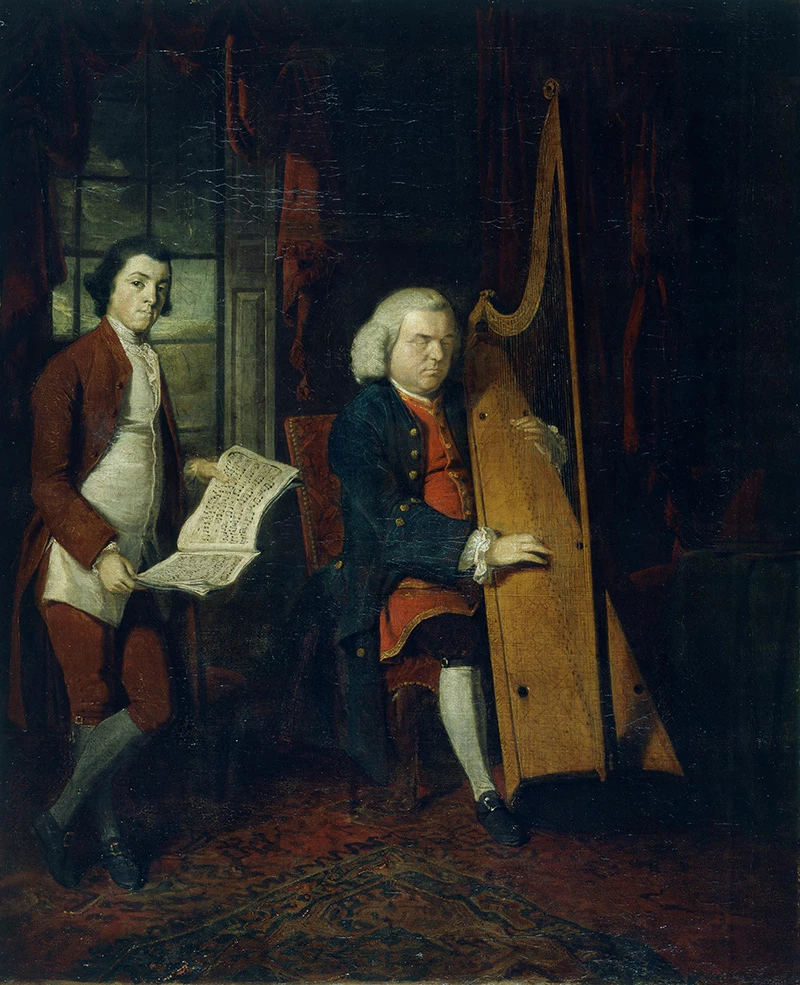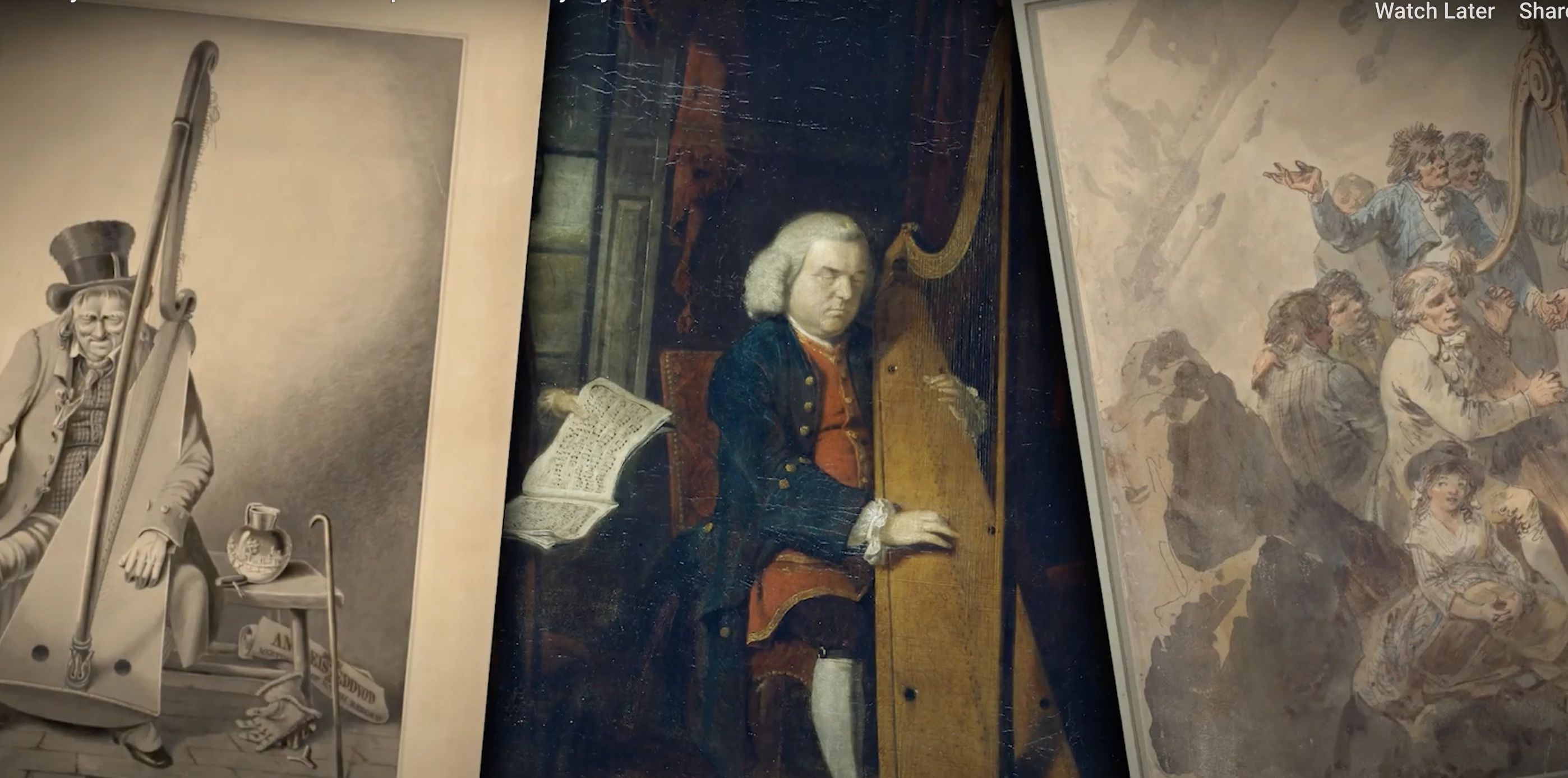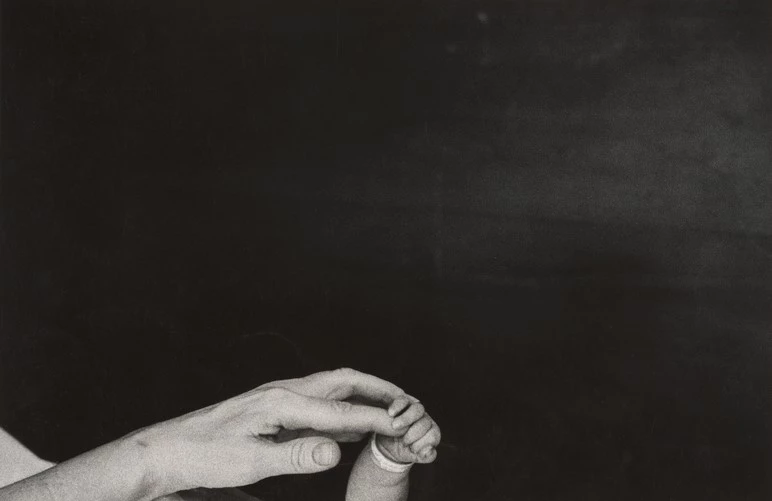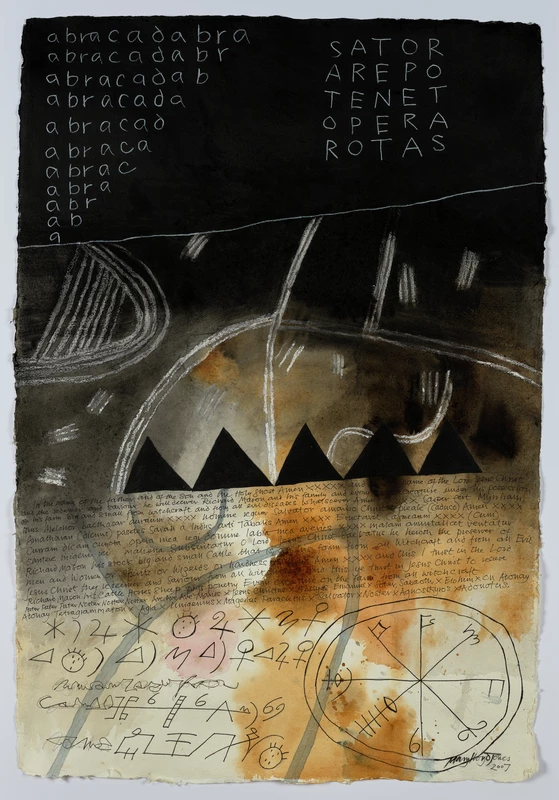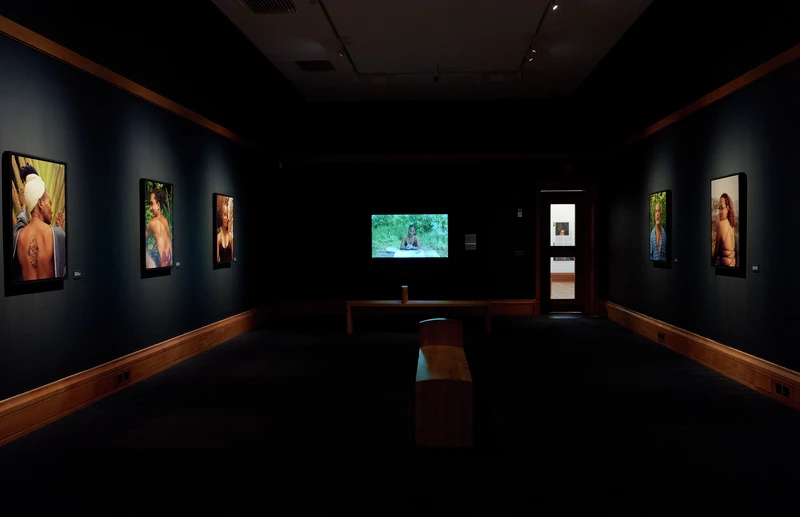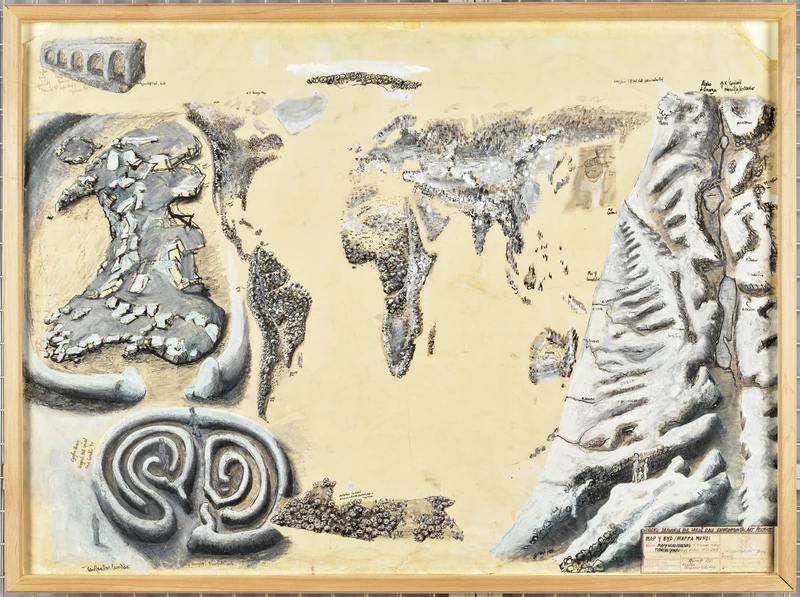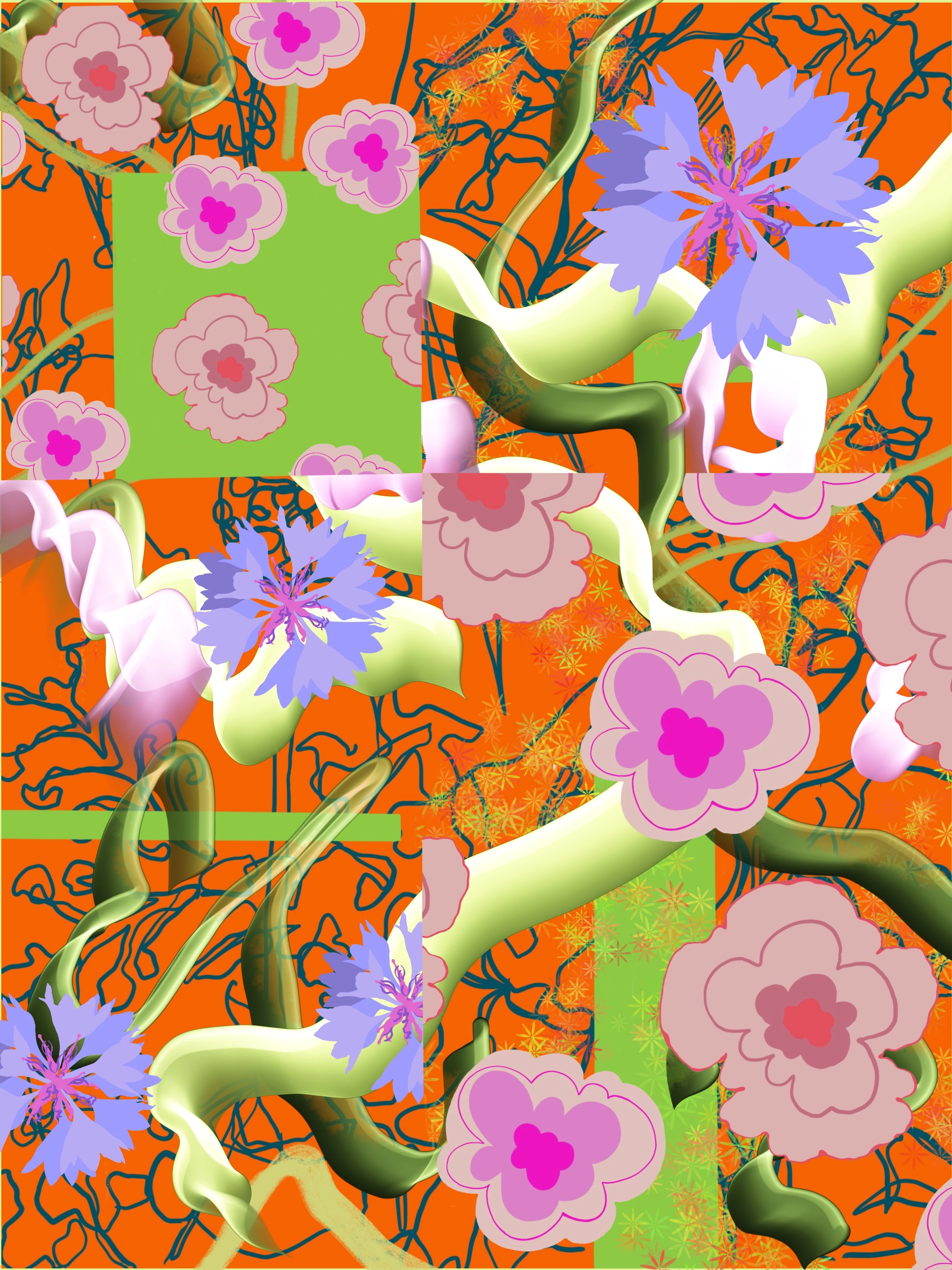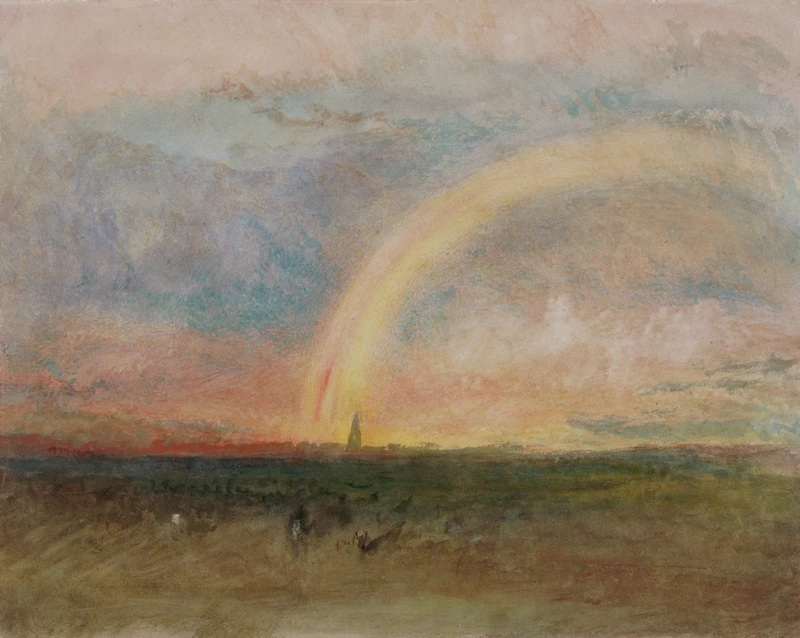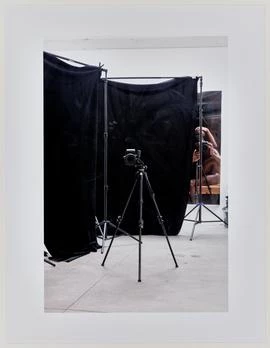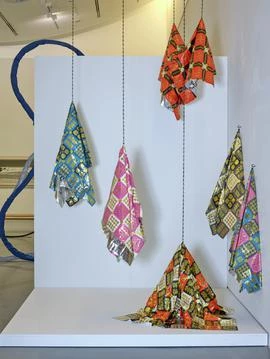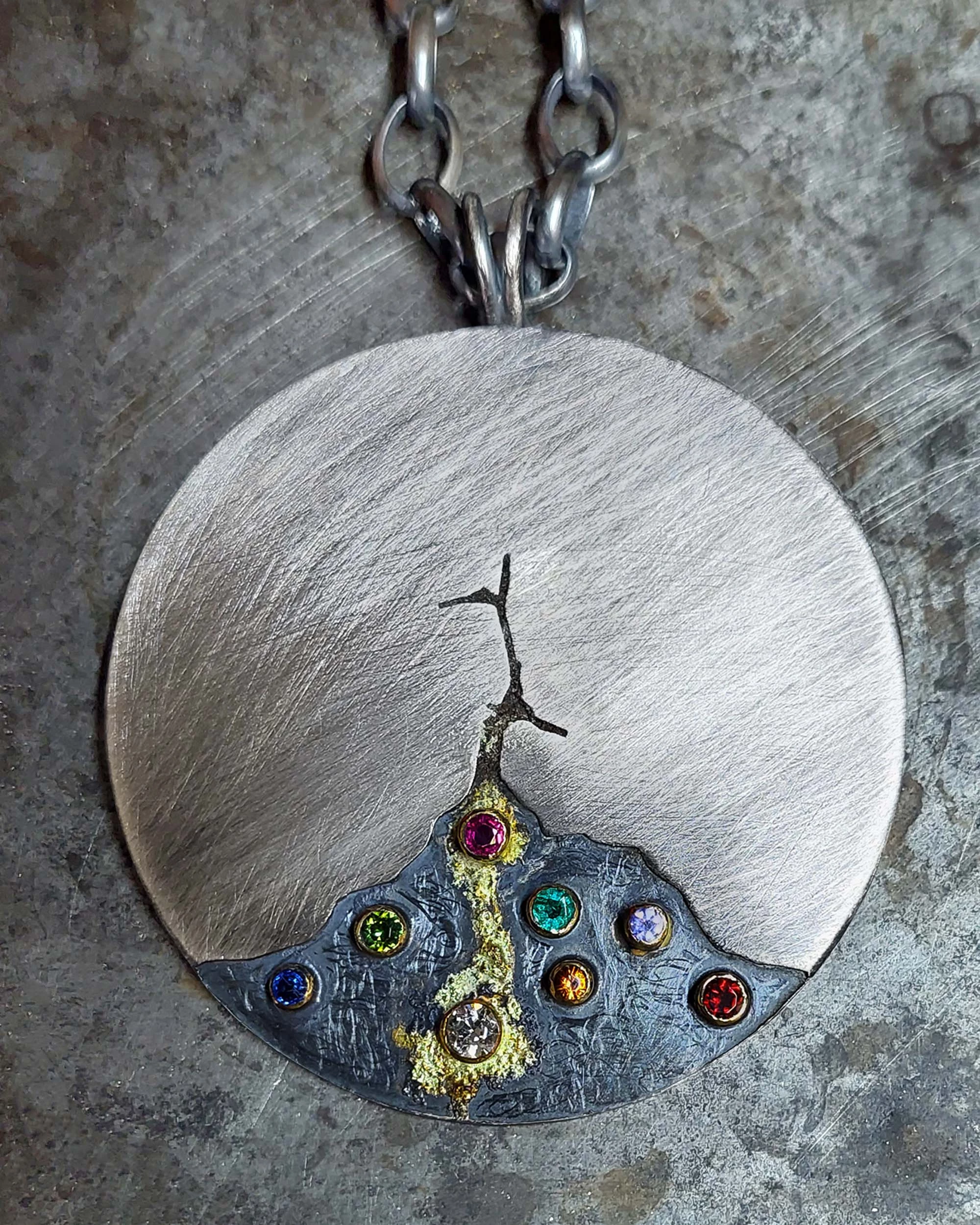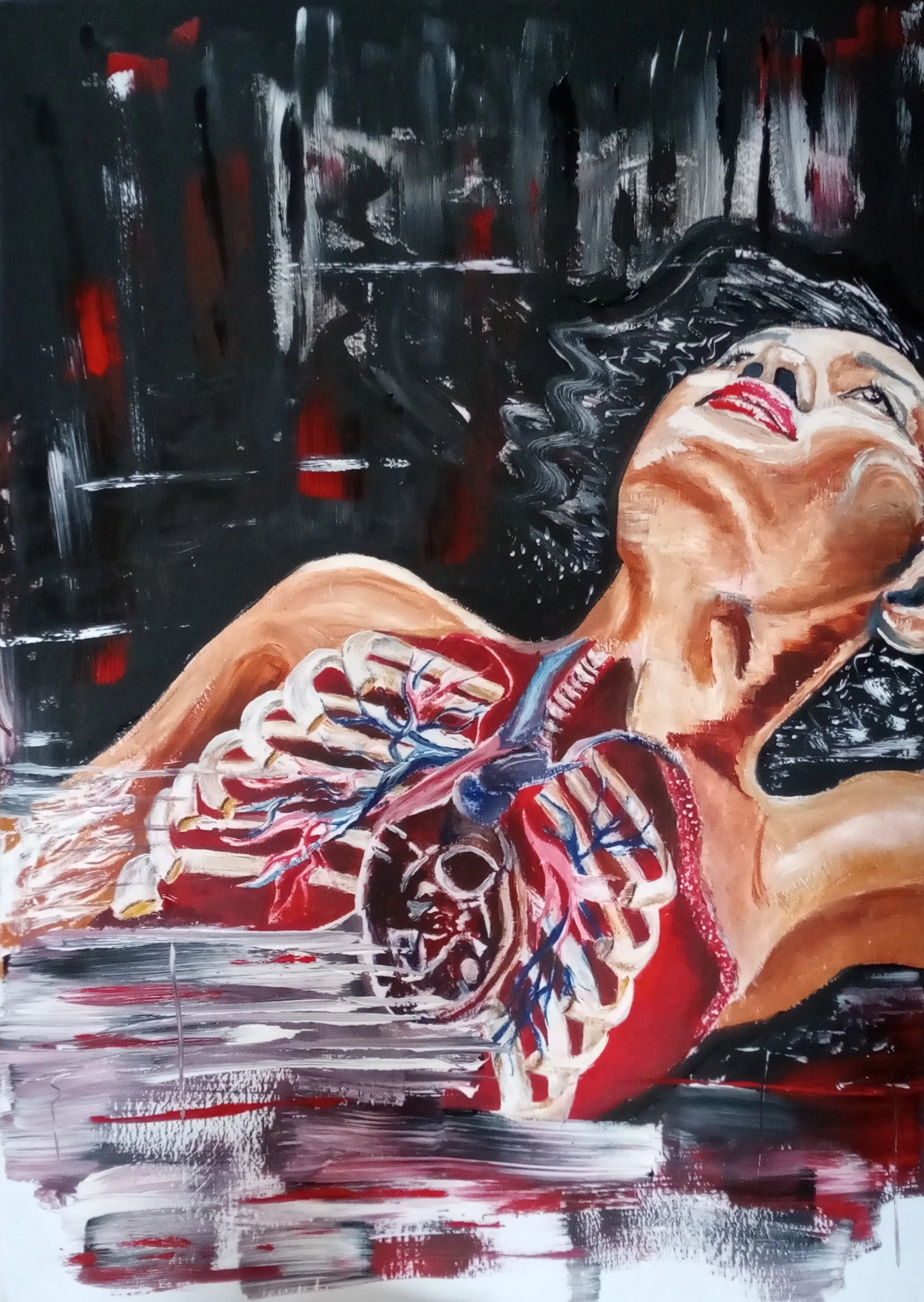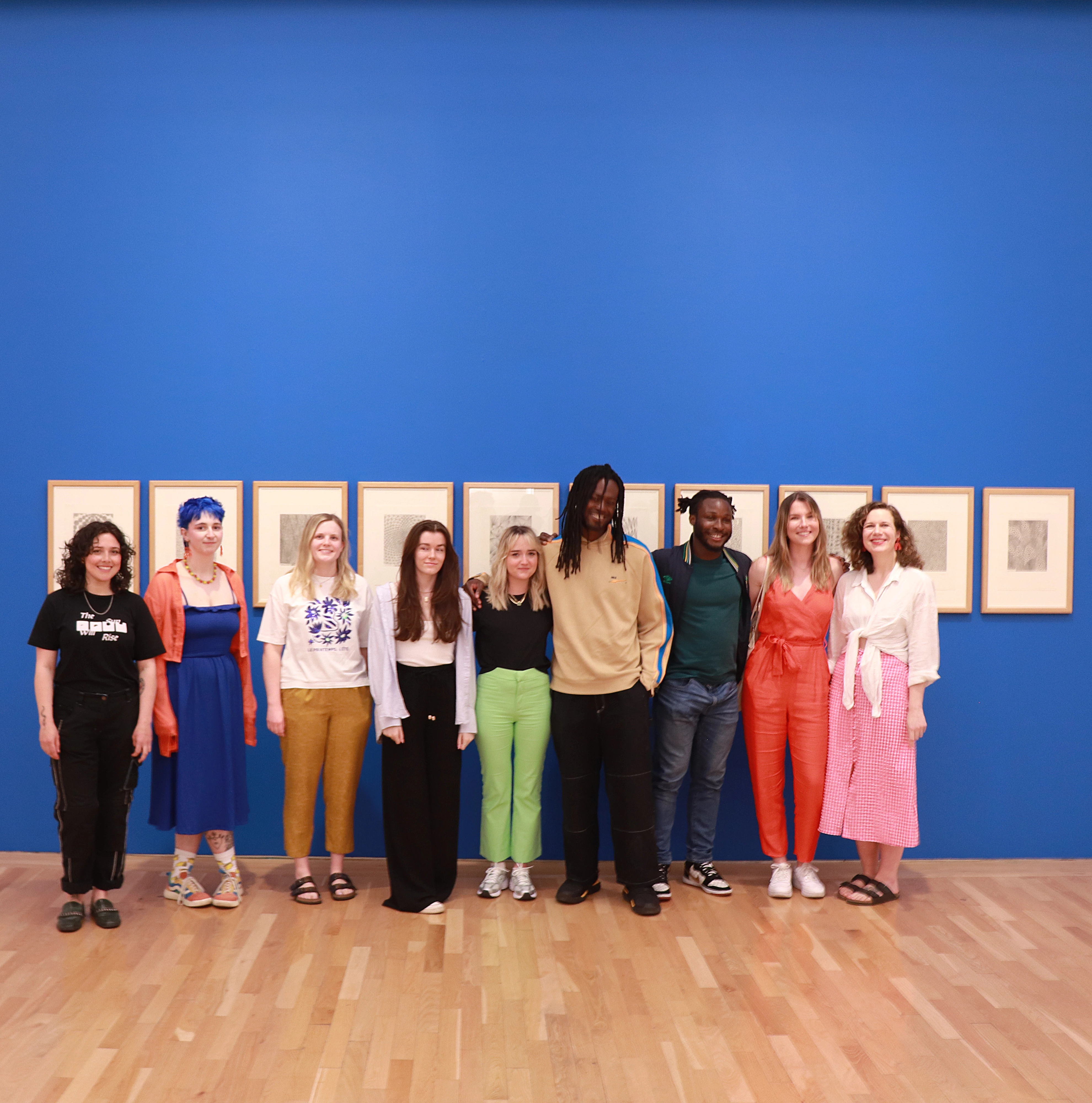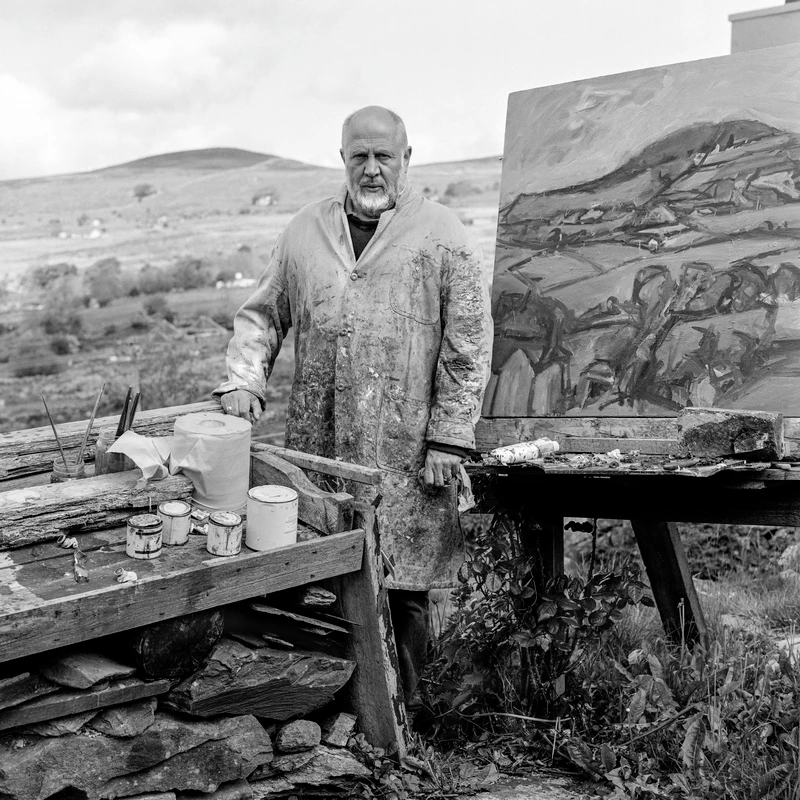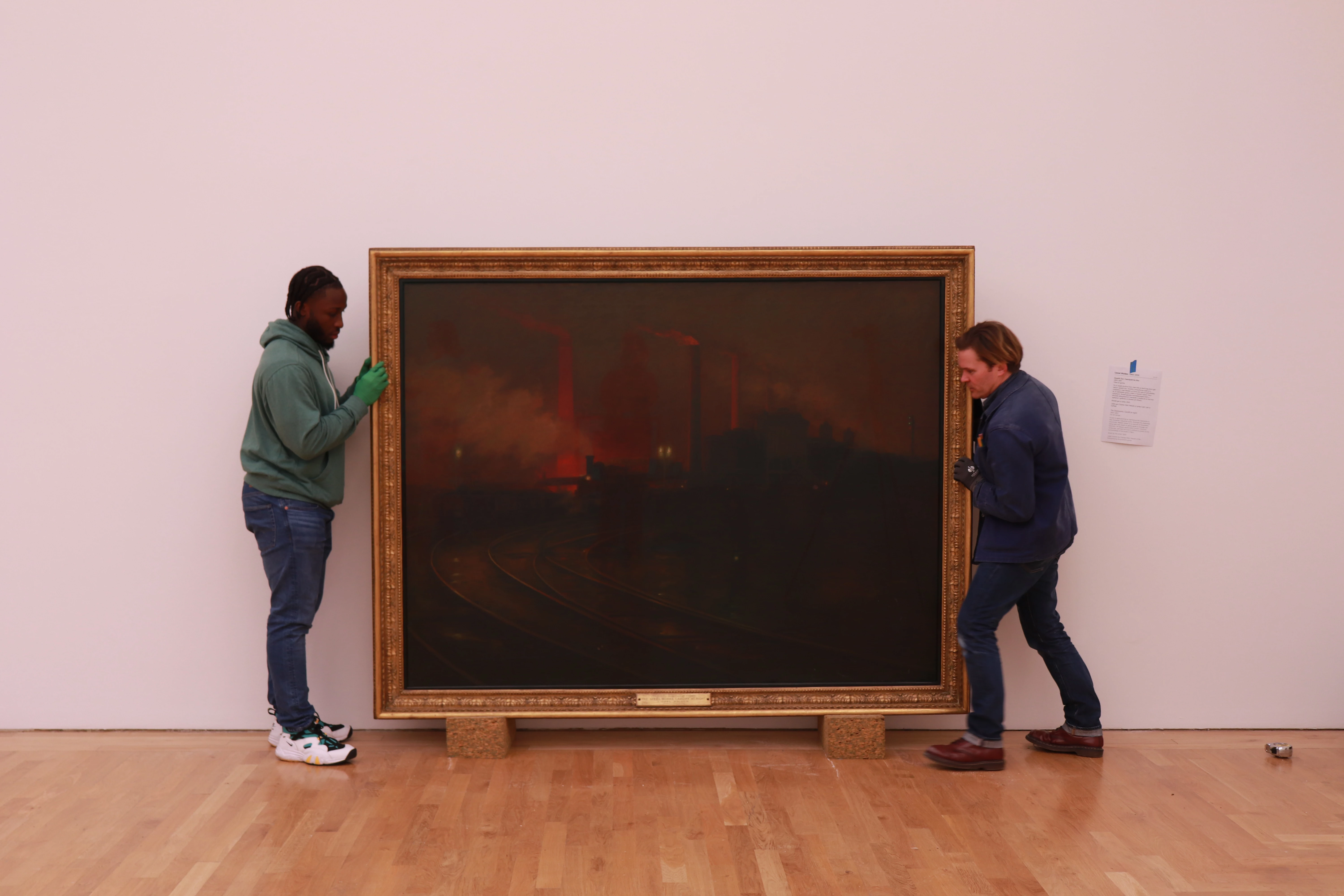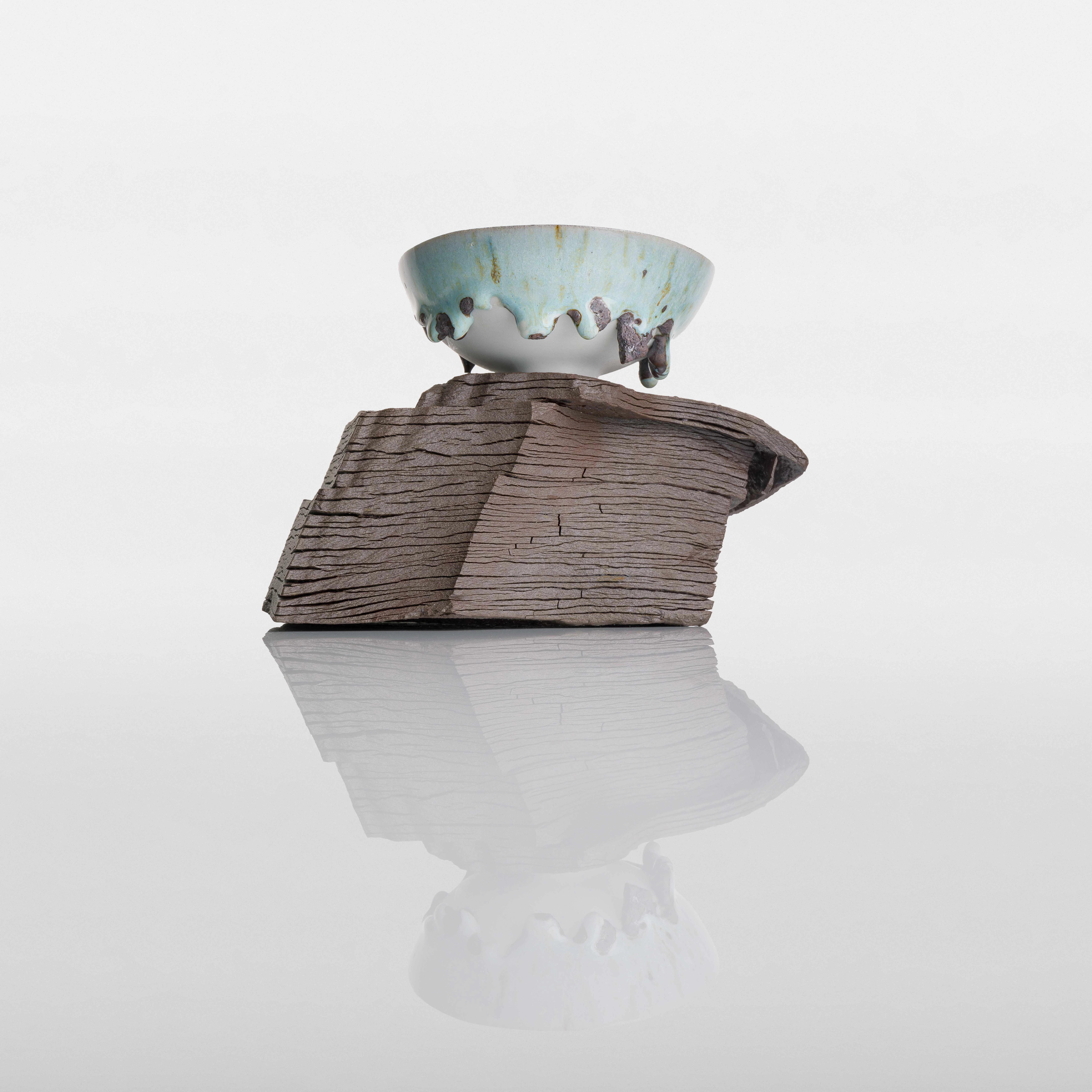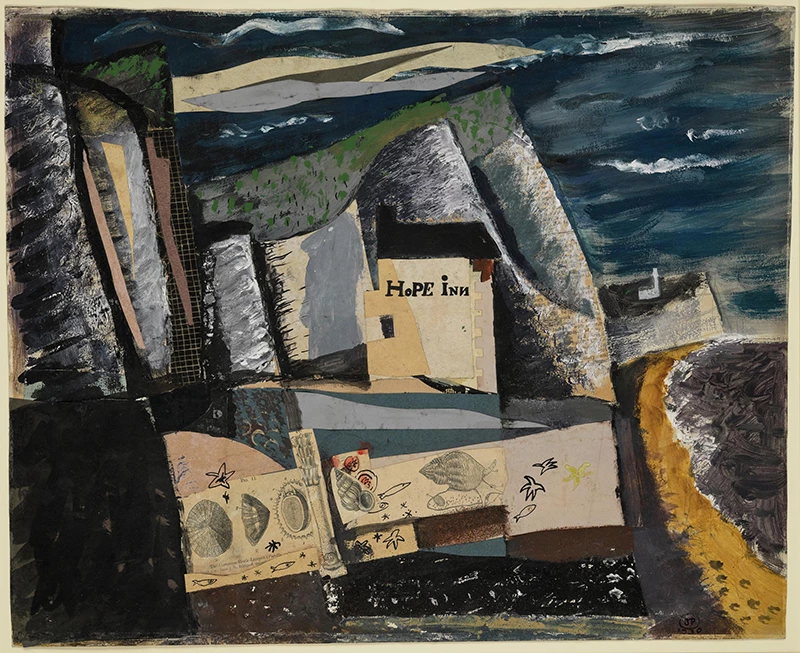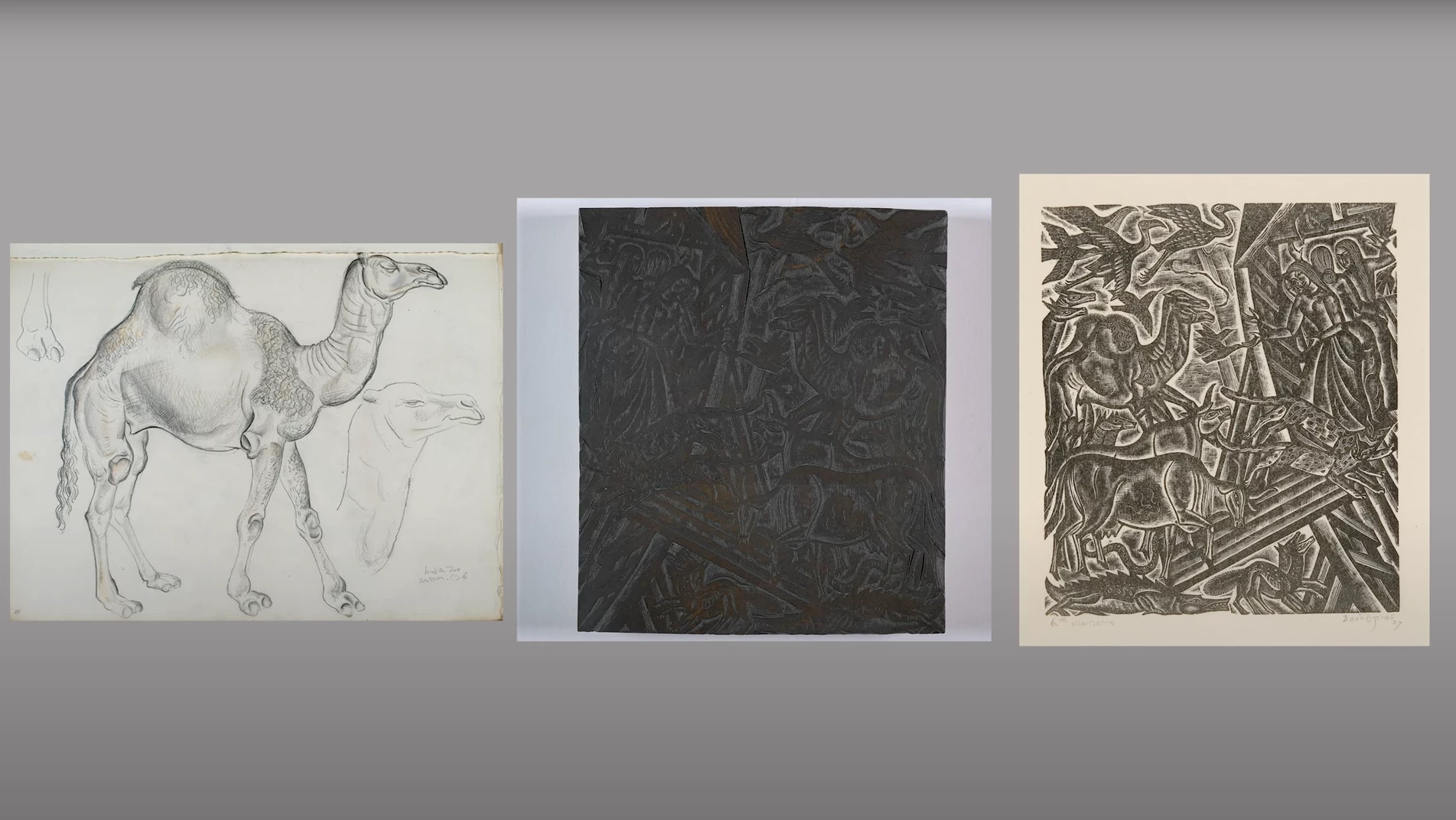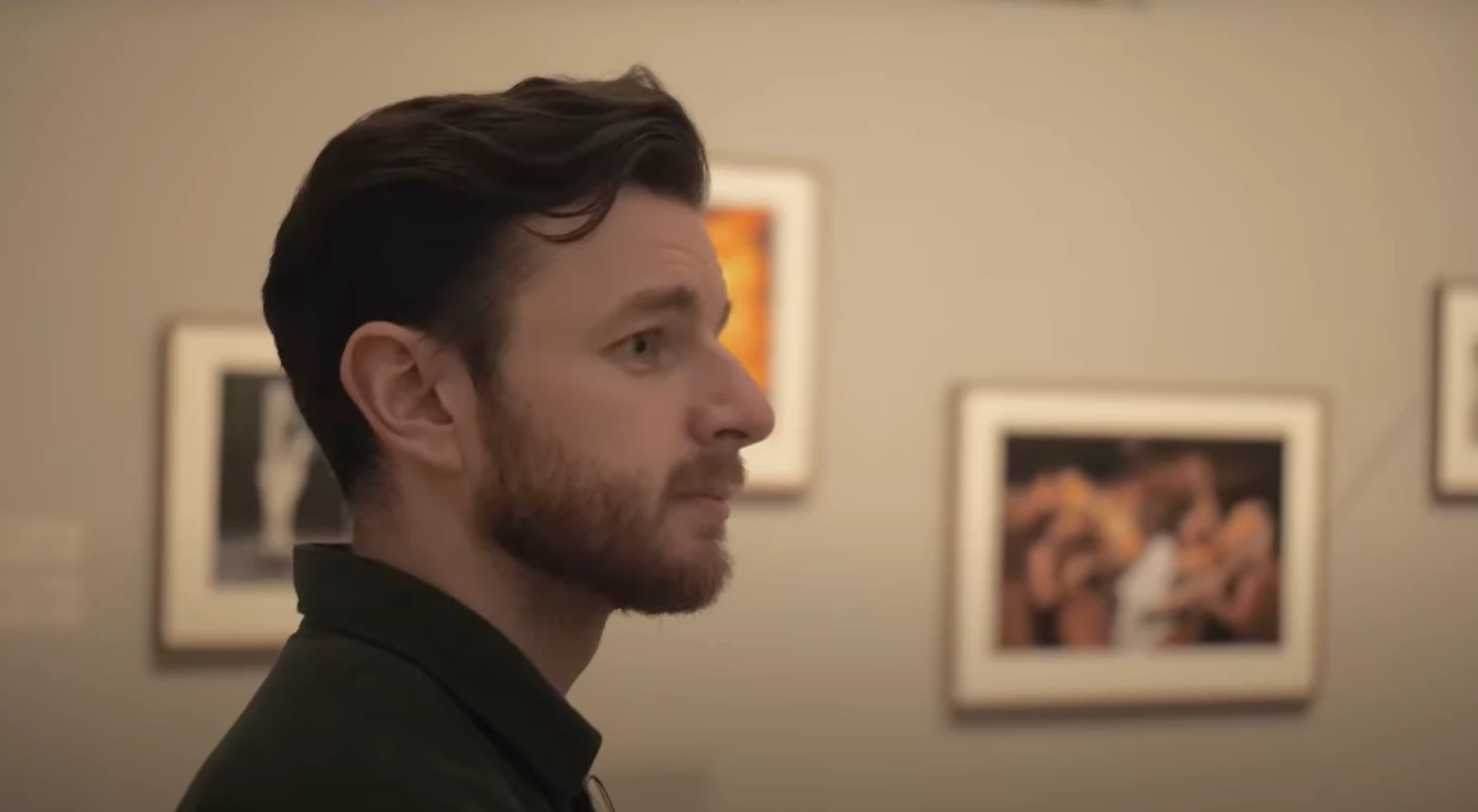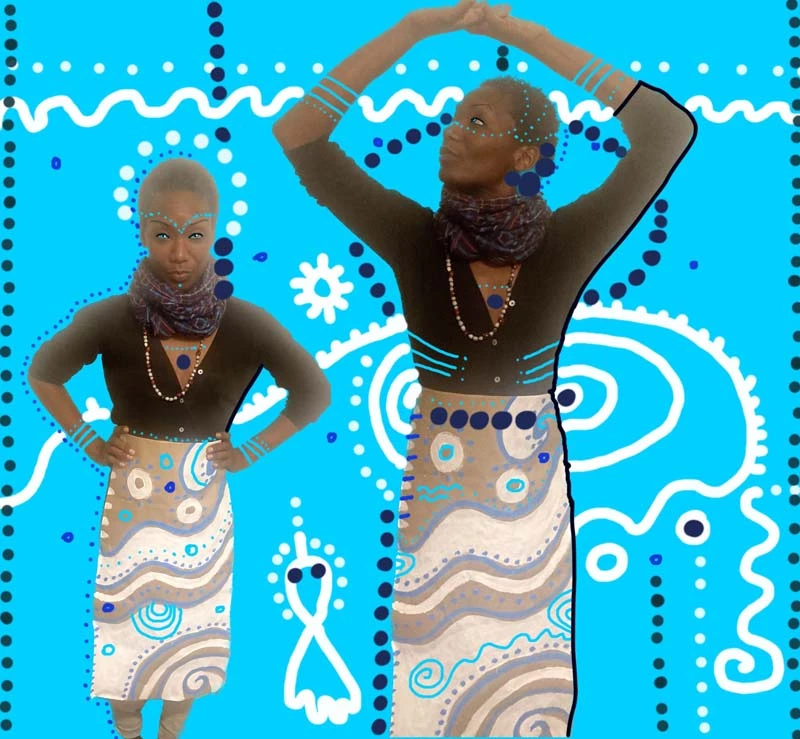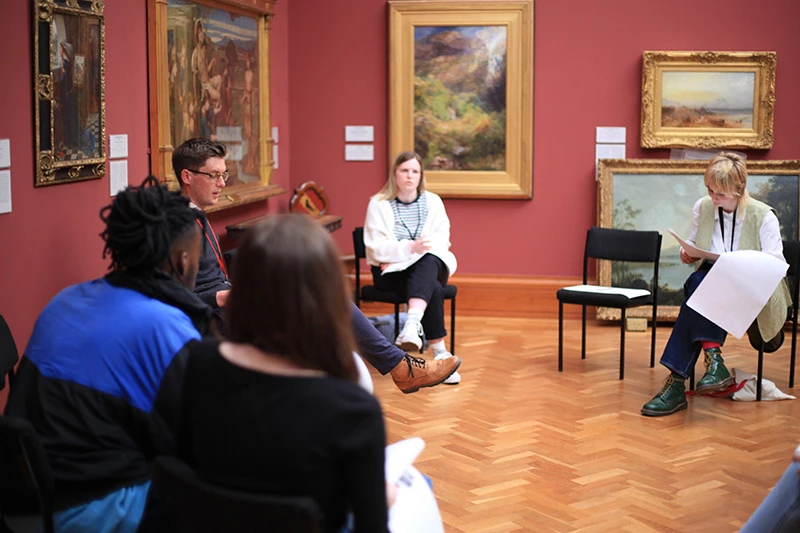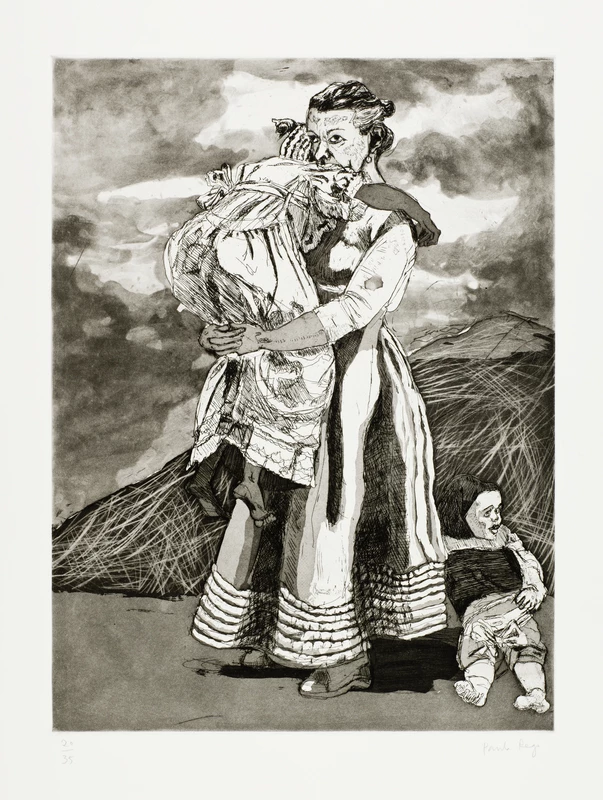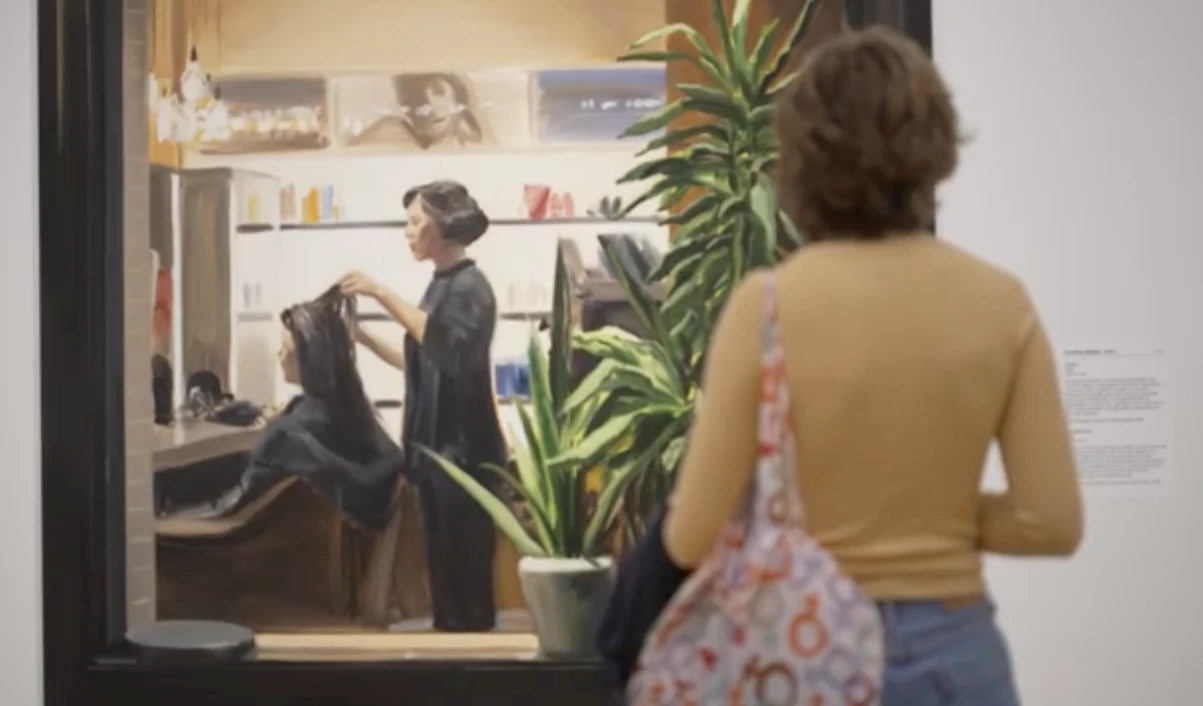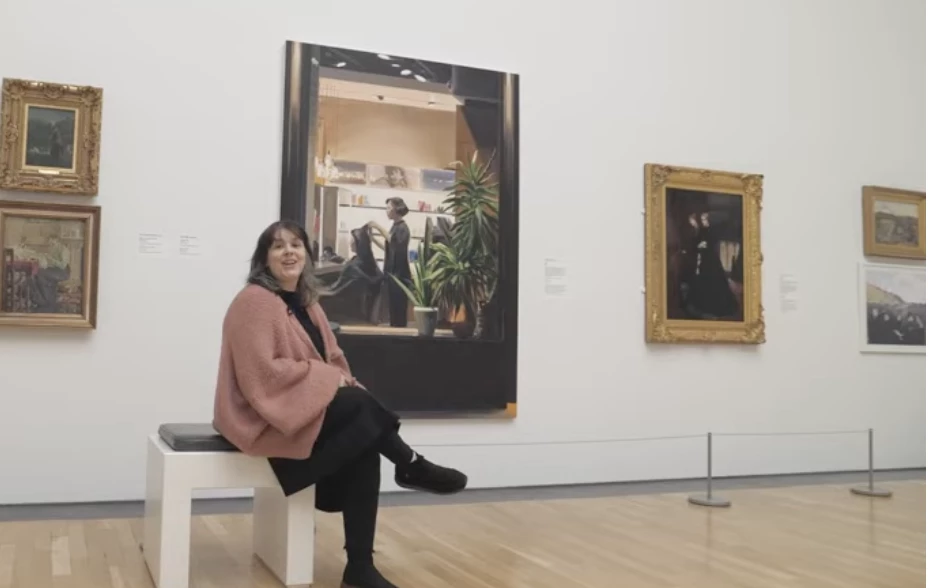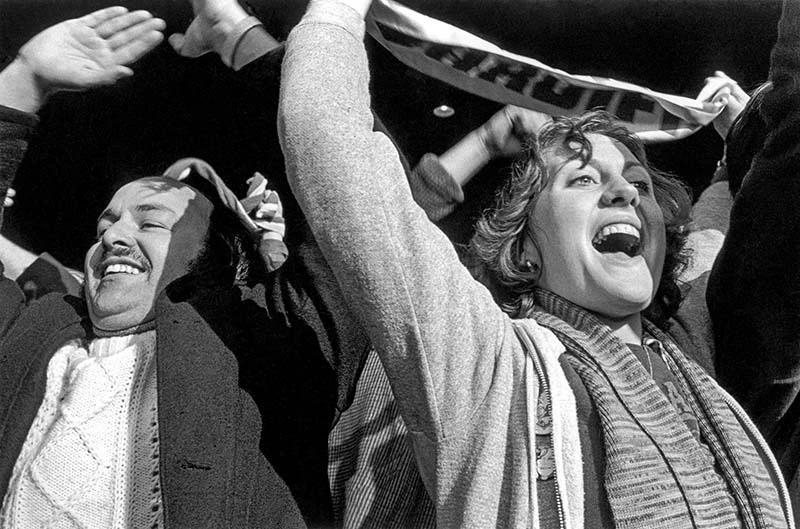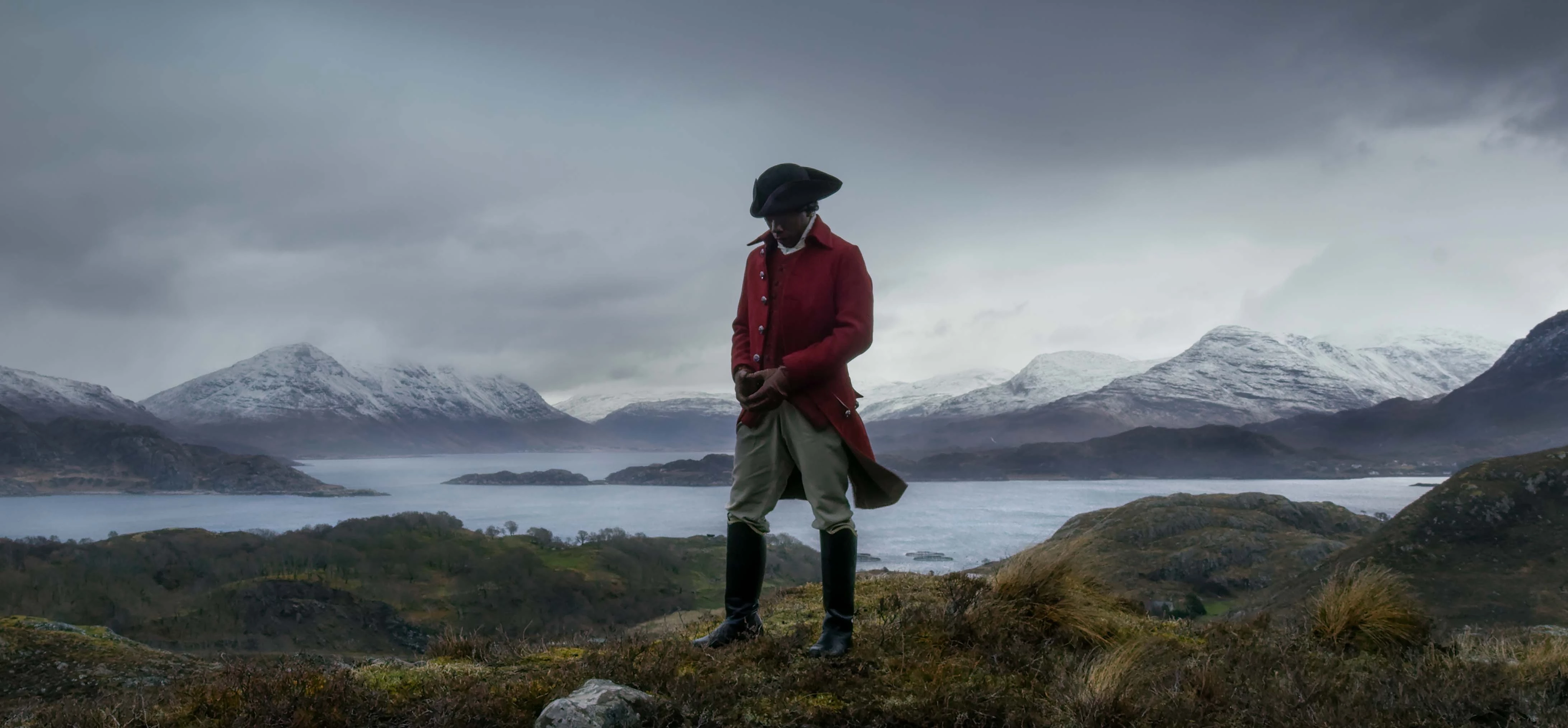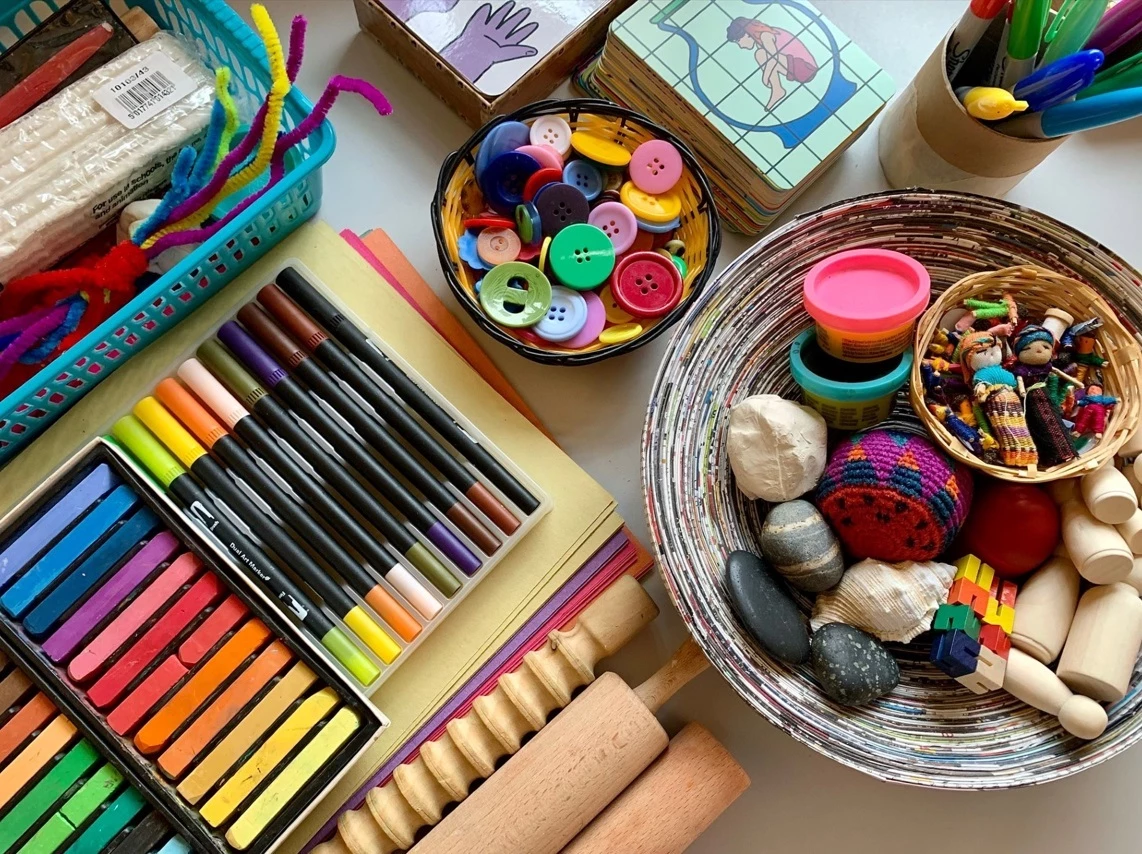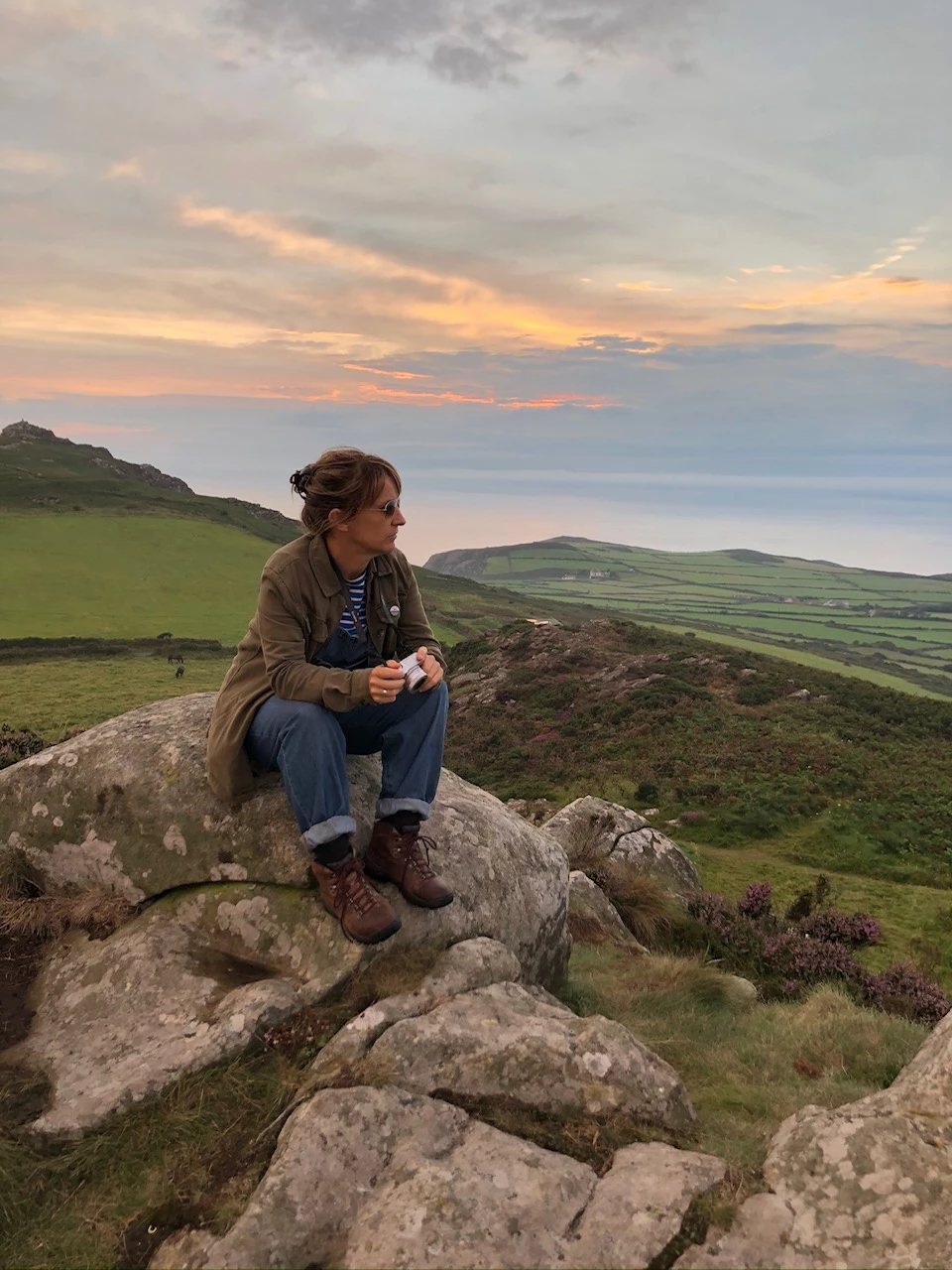Growing up without internet in north Pembrokeshire during the 1980s, I loved spending time outdoors or making art by myself. My parents have been a big inspiration, my dad due to his interest in walking and the geographic landscape, and my mum being a practical person interested in craft has meant that creativity has been an integral part of my life. Art remains essential to my life, through drawing and making at home with my kids, and as part of my work.
I remember seeing Mary Lloyd Jones’ huge paintings on canvas for the first time, in an exhibition whilst in sixth form. These had a big impact on me because I hadn’t seen similar abstract depictions of the landscape before. My art teacher Mr. Miller was also influential in my decision to continue with my art education. Therefore, after completing a foundation course in Carmarthen, I moved to Cardiff to start a degree in three-dimensional ceramics. I loved the fact that the National Museum was on my doorstep, as well as small galleries around the city. During my studies, I had the opportunity to work with children in a special needs school in Ely, and this was the first time I heard about art as therapy.
I worked for the arts council in a primary school as an artist in residence after graduating and then decided to train to be a teacher. I was an art teacher for almost 25 years and I taught part-time for periods of my career. This gave me an opportunity to work as a freelance artist for S4C, for a social prescribing gardening project for MIND Cymru, and as a creative practitioner for many projects within schools. This work proved invaluable in cultivating relationships between people, which is essential within therapy.
Art psychotherapy work
I strongly believe art can help people to express themselves and explore their feelings. Research shows that art therapy can ease worry and improve emotional and mental health through promoting the individual’s understanding of what’s going on. It can also promote insight and a sense of empowering self-worth. During an art therapy session, I support the young person to express complex thoughts and feelings relating to issues such as trauma, loss, and depression through art. The client doesn’t need to have any artistic skill to partake in the session, but the therapist’s understanding of the effects of art materials on individuals is important in relation to unconscious processes.
I use a wide range of resources in my therapy sessions. It is important to offer a range of materials in order for the young person to have a choice, e.g. clay, collage, paint and dry materials. I often use a sand tray to assist with exploring personal narratives through the use of objects, small toys and figures. At the beginning of the session I like to use visual cues or pictures as a starting point for discussing or making. Every session is different, depending on what the young person brings to the table. I finish the session with an exercise to transform out of the therapy space and back into the classroom, such as tidying, self-control exercises or naming feelings that they want to leave behind in the room.
Sometimes there are safeguarding issues and I have to speak to certain members of staff. At the end of the working day, I often make a drawing to help me think and process the contents of each session, before or after I write clinical notes.
The highlight of the work is building a relationship with a young person who has difficulty communicating with adults. Seeing young people use images or symbols to show something about their lives that may be difficult to express in words, and directly observing the positive change in them, no matter how small, is a privilege. The most rewarding part is seeing young people discovering something about themselves and their circumstances and using this to move forward. Getting to know every young person I meet, and understanding what has happened to them, is a privilege.
Art and self-care
As a self-employed practitioner working independently within a wider team, it’s important to nurture a creative and supportive network in order to feel part of the community. Apart from mandatory regular art therapy supervisions, I’m part of a peer supervision group and a large number of other creative collectives. I make time for walking in nature with my family, for creating multi-media artwork in my studio, cold water swimming, gardening, hosting workshops with friends and neighbours and regularly visiting art exhibitions locally and travelling to galleries in London and abroad. This means I can continue to develop my creative network and make time specifically for self-care.
It would have been useful to know several things before starting on the journey towards becoming an art therapist. Primarily, I think it’s important to share with staff members what art therapy entails, and what it doesn’t, and how it can support young people. Also, the importance of keeping a space between sessions to tidy and mentally prepare for the next client; this is all important in therapy work. Having life experience and emotional resilience is essential in order to deal with clients’ problems and experiences, so I’m glad in a way that I came to this work later in life.
What's next in art psychotherapy?
The future is currently full of possibilities; I’m just beginning my career as an art psychotherapist. Schools are starting to see the benefits of art therapies, be that art, music or drama therapy; but more art therapy services need to be established in order to support young people. Access is currently limited, despite increasing need. I would like to grow my skills as a practitioner and work with community groups to develop a wide awareness of the benefits of art for mental health.
Non Mererid Thomas trained as an Art Psychotherapist at University of South Wales, Newport, on a 3-year part-time MA. She is registered with the HCPC (The Health and Care Professions Council) and is a member of BAAT (The British Association of Art Therapists). Since graduating in 2023, she has worked as a self-employed art psychotherapist working with teenagers.


